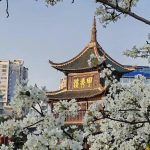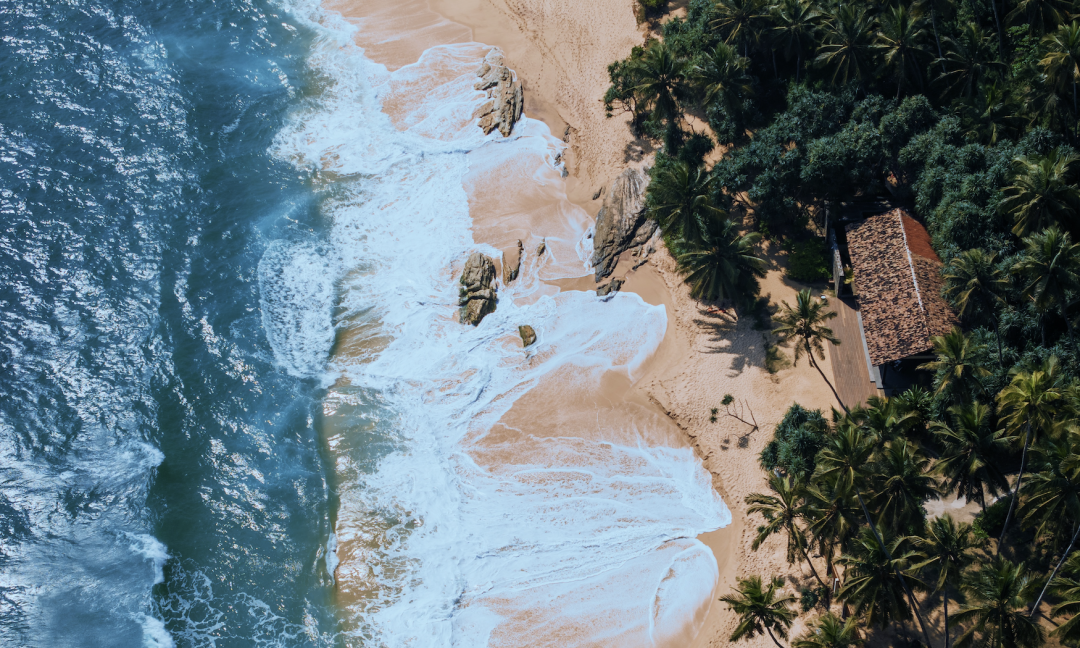
I just returned from Sri Lanka, where I spent over ten days exploring the island in depth. Our trips are always goal-oriented, aimed at providing travel guides for everyone. So today, I’m presenting a very detailed travel guide to Sri Lanka.
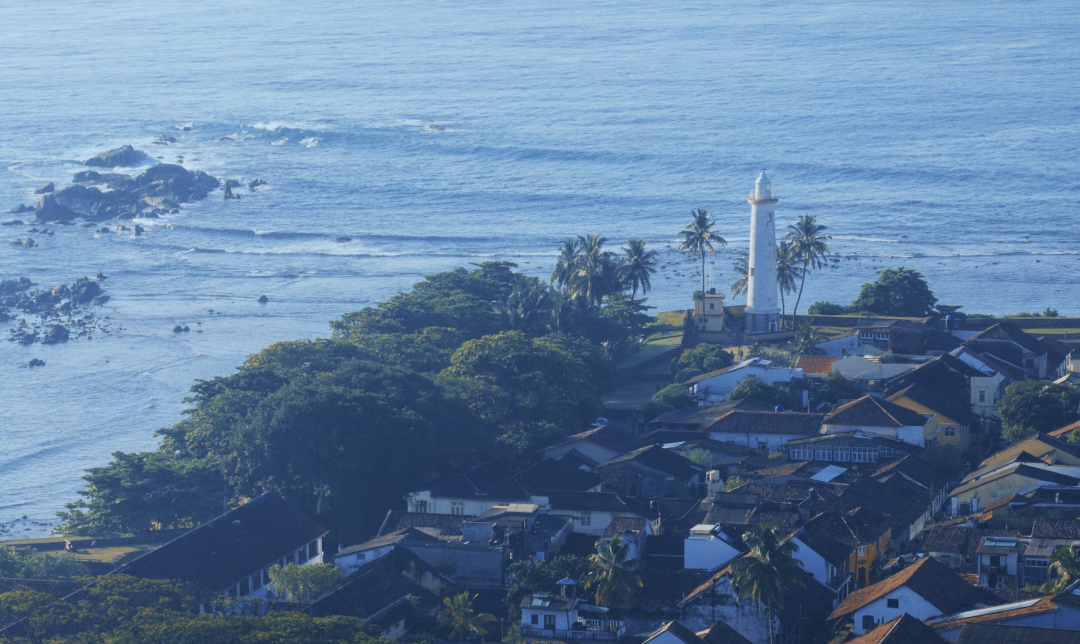
True to our writing style, we either don’t write or we write thoroughly. I wouldn’t dare to claim that this is the most comprehensive guide ever, but it is certainly in-depth and comprises the freshest firsthand information. If you find our writing useful, feel free to bookmark and share it!
Why go to Sri Lanka?
1. Because the visa process is simple, currently, there’s no visa fee.
2. Because the cost of living is low. Can you believe that I had a local-style dinner at Aman Galle for just around 100 RMB? This is at Aman!
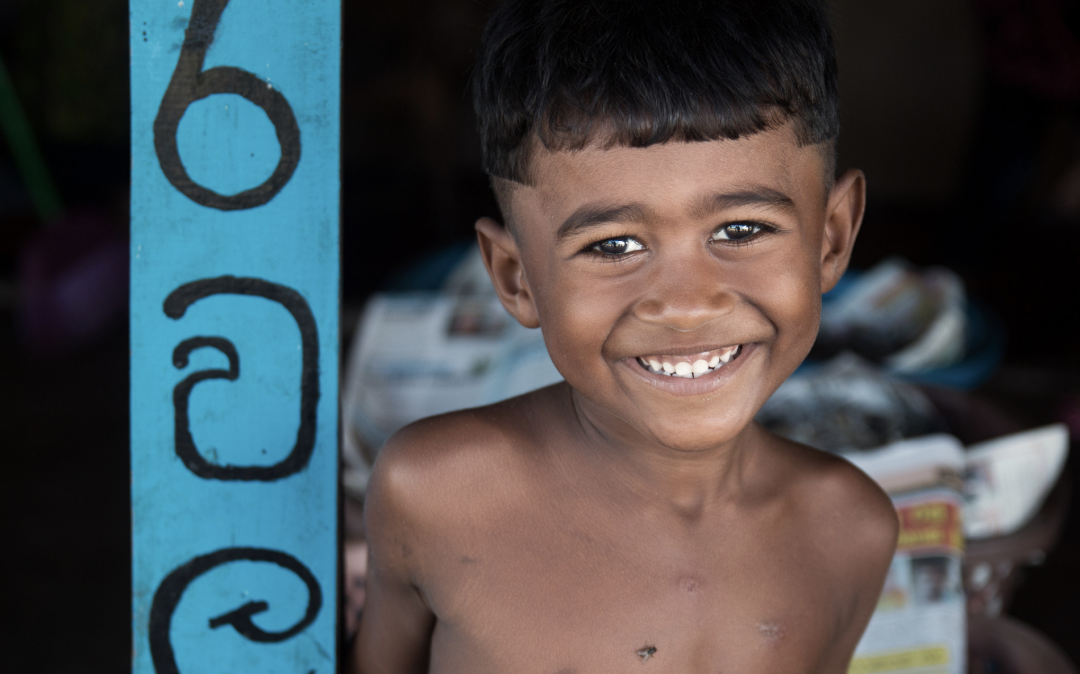
3. Because the scenery is stunning. Apart from snow, God has blessed it with everything.
4. Equally important, Sri Lanka is a safe travel destination, being a Buddhist country where the Ceylonese people infect the world with their smiles.

Moreover, there’s no shortage of good hotels in Sri Lanka, and many of them offer great value for money. The picture below is from my stay at the Kandalama Heritage Hotel near Lion Rock, where I was awakened one morning by the sound of elephants and found a wild elephant bathing in the hotel’s lake. This hotel costs between 250-350 USD per night in peak season, including breakfast and dinner. There are many such hotels in Sri Lanka.
Now, let me focus on introducing Sri Lanka.
Historically known as “Ceylon,” Sri Lanka is a tropical island in the Indian Ocean and is a member of the Commonwealth. It boasts 8 UNESCO World Heritage Sites (6 cultural and 2 natural), 13 national parks, and 52 nature reserves. The travel potential in Sri Lanka is exceptionally high, and many travelers who have visited say that Sri Lanka is a place you fall in love with at first sight and will want to return to.


Let me share a travel map of Sri Lanka so that everyone can familiarize themselves with the main travel destinations more easily.
Sri Lanka is mainly divided into several regions:
– Southwest: Colombo, Negombo, Galle, Weligama, Mirissa, Tangalle, Yala
– Central Ancient Cultural Area: Dambulla, Sigiriya (Lion Rock), Anuradhapura (West Ancient City), Polonnaruwa (East Ancient City)
– Central Highlands: Kandy, Nuwara Eliya, Ella, Ratnapura

– East: Trincomalee, Arugam Bay
– North: Jaffna

Most travelers tend to visit the southwest and central regions of Sri Lanka. The primary reason is that the only southern highway, which happens to be built with assistance from China, extends from Colombo Airport to the southern port of Hambantota. This highway passes through Negombo, Colombo, Ahungalla, Galle, Weligama, Mirissa, and Tangalle, extending further to Yala, making it especially convenient for travelers heading to the southwest.
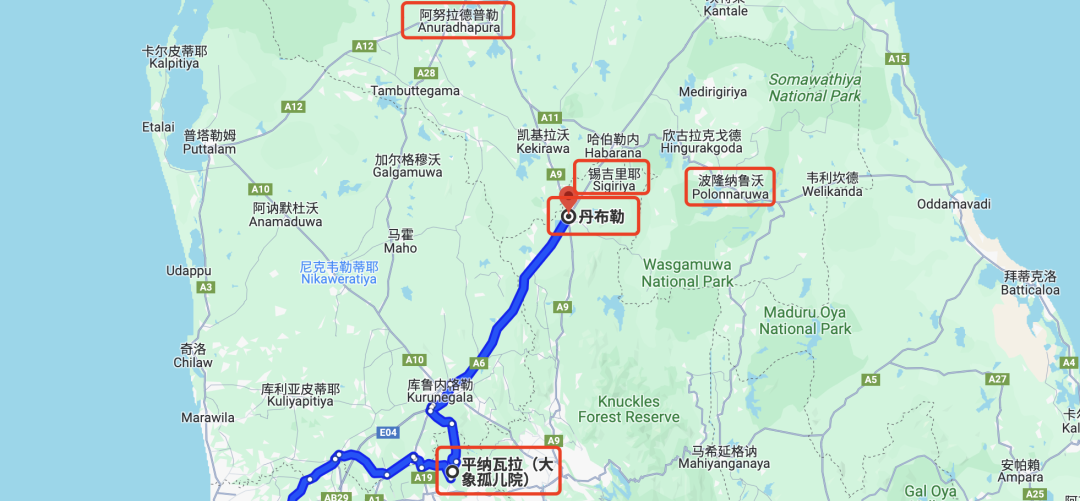
The central region houses a concentration of attractions. It’s advisable to stay near Kandalama Lake in the ancient cultural area and then hire a vehicle to visit Dambulla, Sigiriya (Lion Rock), Anuradhapura (West Ancient City), and Polonnaruwa (East Ancient City). These locations can usually be made accessible within half a day or a day’s round trip.
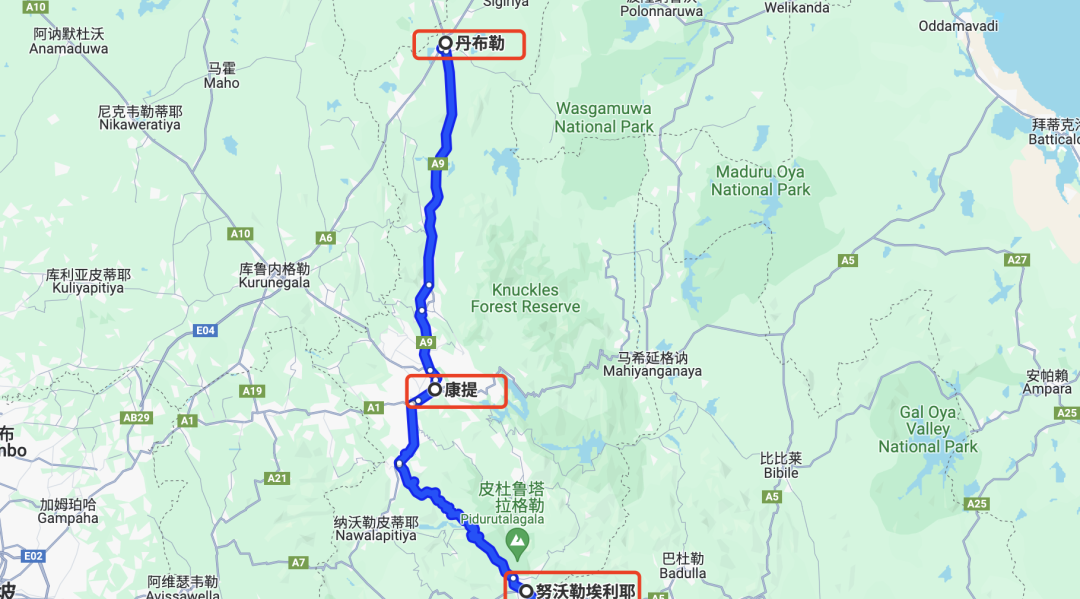
The central highlands can be connected with the central cultural route. From Dambulla, you can head to Kandy, followed by Nuwara Eliya and Ella. Kandy is an ancient city, while Nuwara Eliya and Ella are known for their highland tea regions.
The central and southwestern parts of Sri Lanka create a classic travel route. If you have ten days or more, consider this itinerary: Negombo – Dambulla – Kandy – Nuwara Eliya – Ella – Yala – Tangalle (Mirissa) – Galle – Negombo.
Spend two nights in Dambulla (to visit Lion Rock and the West and East Ancient Cities), two nights in the tea highlands (Nuwara Eliya or Ella), two nights in Yala, and two nights in Galle. One night in other locations while traveling is sufficient. This route represents the most classic way to experience Sri Lanka.
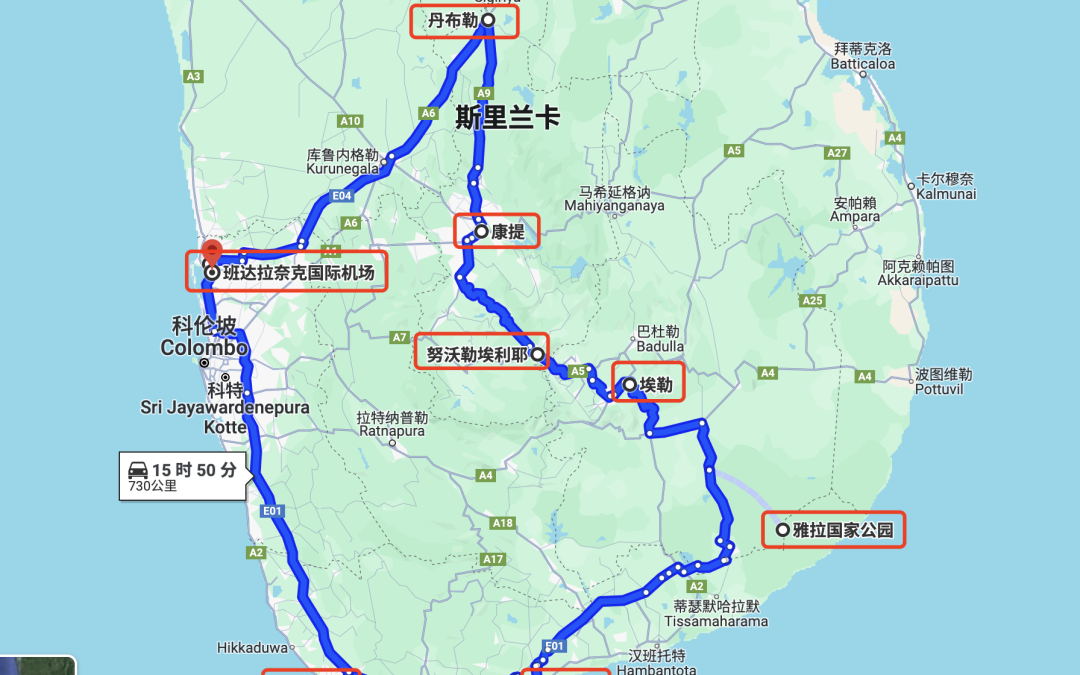
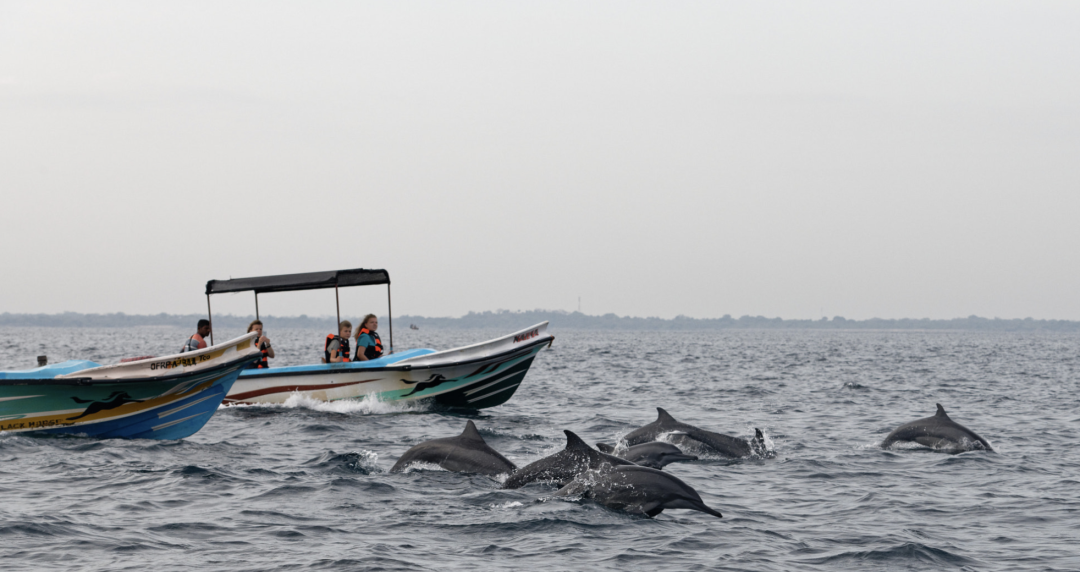
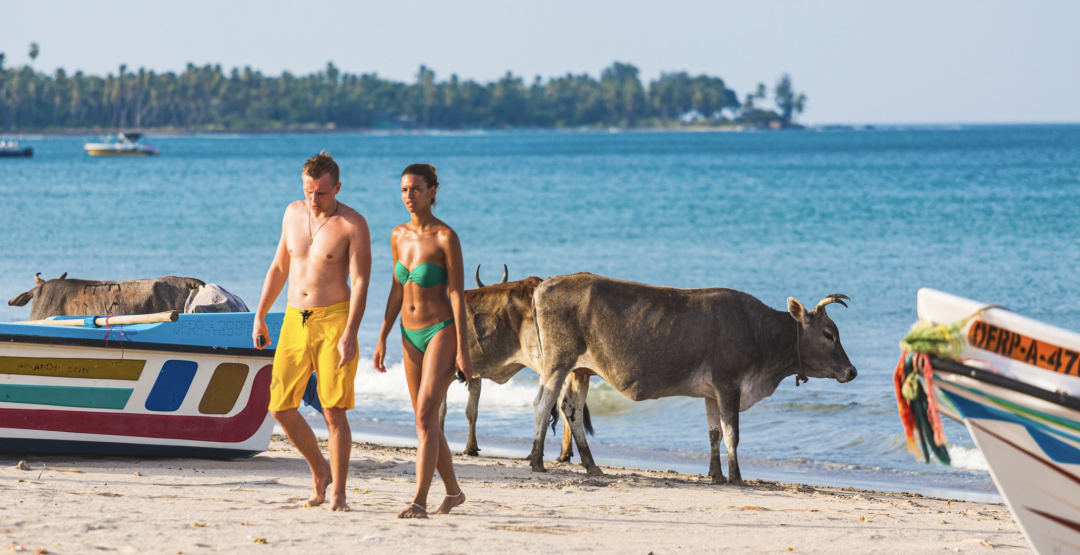
Trincomalee in the east has a strong seasonal aspect, and Jaffna in the north has inconvenient transportation and lacks tourism infrastructure, making it relatively less crowded.
Actually, Sri Lanka has two world-class tourist resources that are not heavily explored by the Chinese tourists. One is surfing, particularly at Arugam Bay in the east, which is among the top three surfing spots globally. Surfing in Sri Lanka offers an excellent cost-to-quality ratio, as hiring a coach for a day’s instruction costs around 40-50 USD.
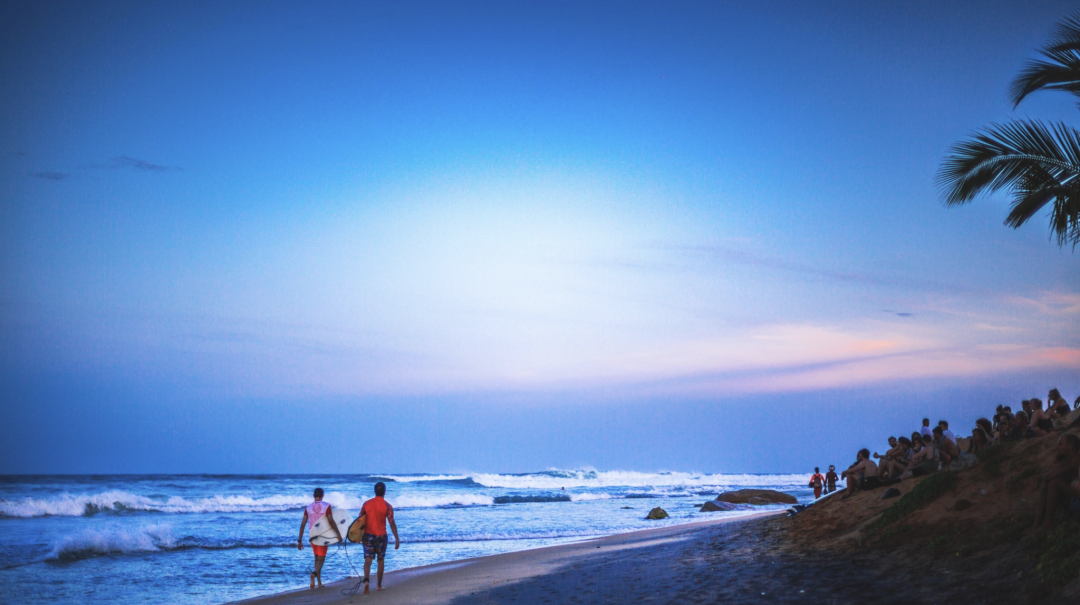
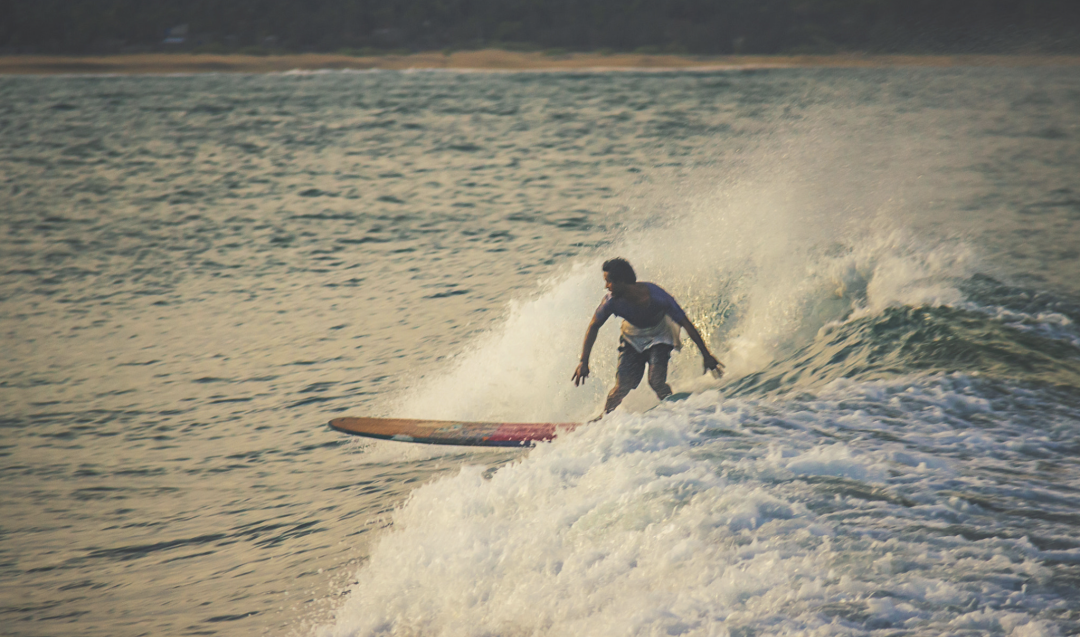
The other is white-water rafting on the Kelani River section in Kithulgala in the central region, which is also quite popular among foreign tourists. The area surrounding the Kelani River is surrounded by pristine forests and boasts dense tropical flora, rapid rivers, and beautiful scenery.
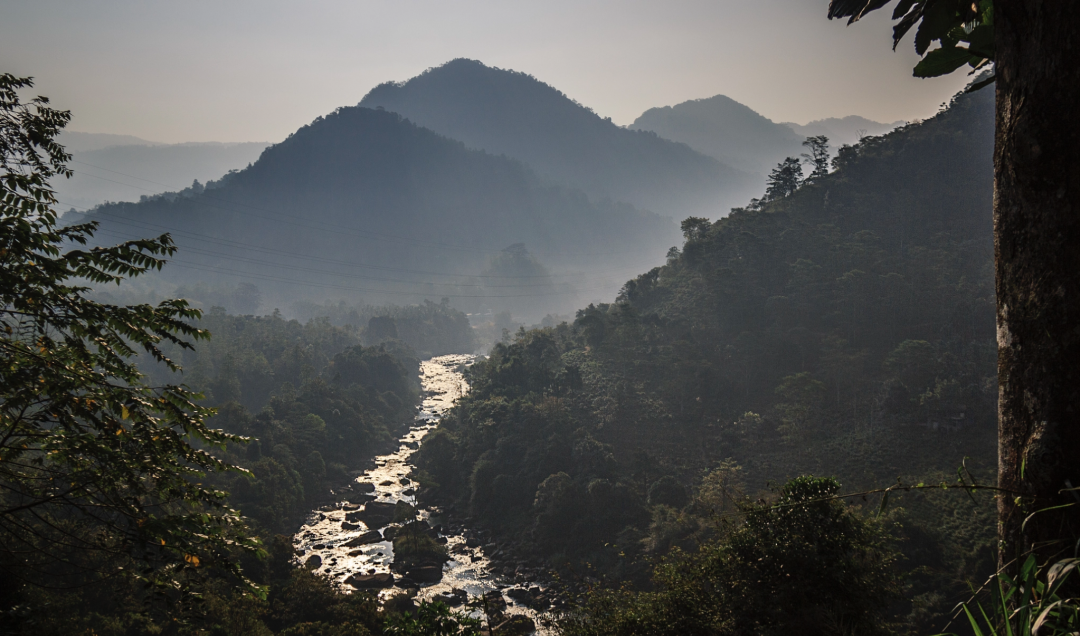
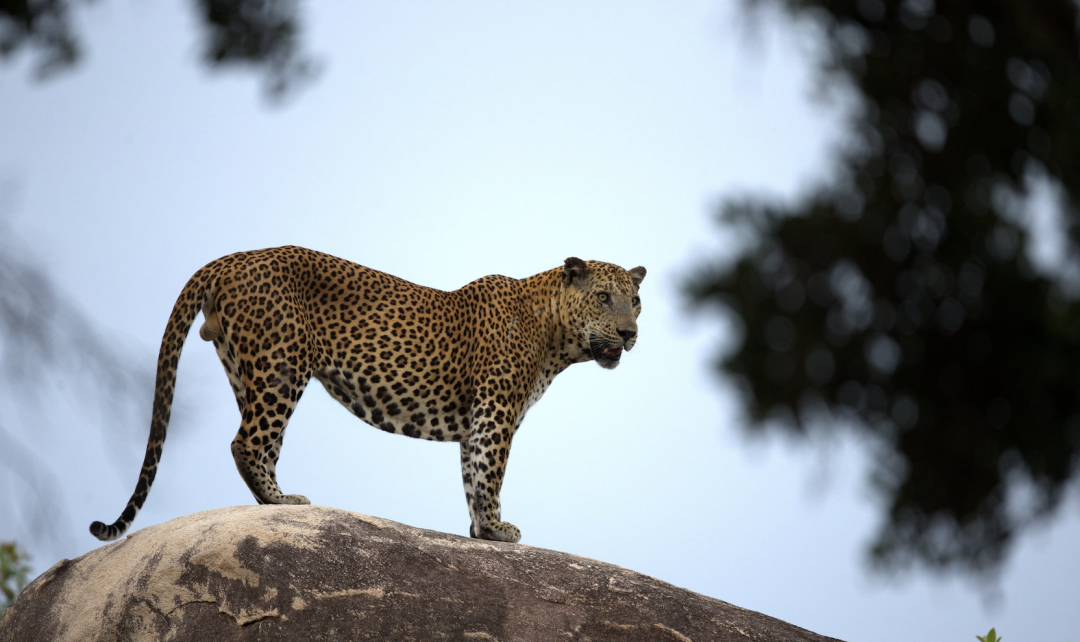
Additionally, Yala National Park is the park with the highest leopard density in the world.
Now, I’ll provide a detailed introduction to these destinations, starting with the southwestern region.
Colombo:
Colombo is the capital of Sri Lanka, often referred to as “The City of Colombo.” In the past, when another “City of Colombo,” Singapore, was just gaining independence, it envied the resources of Sri Lanka. Now, it’s hard to say how many times Singapore has surpassed Sri Lanka.
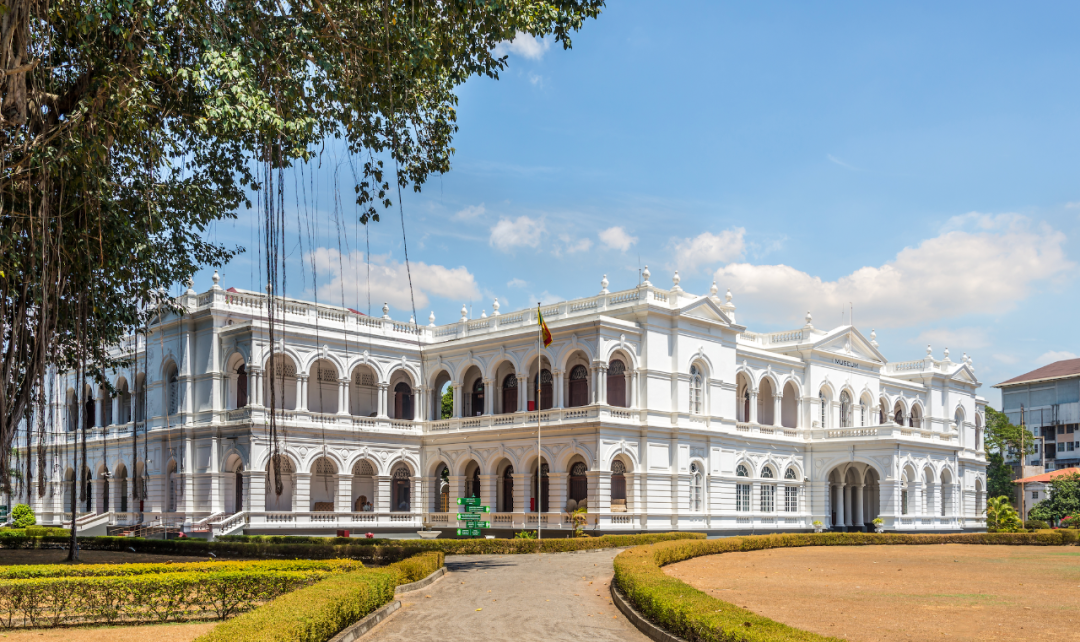
Key attractions in Colombo include the National Museum of Sri Lanka, the Bandaranaike International Conference Hall (built with Chinese aid), Independence Square, Galle Face Green…
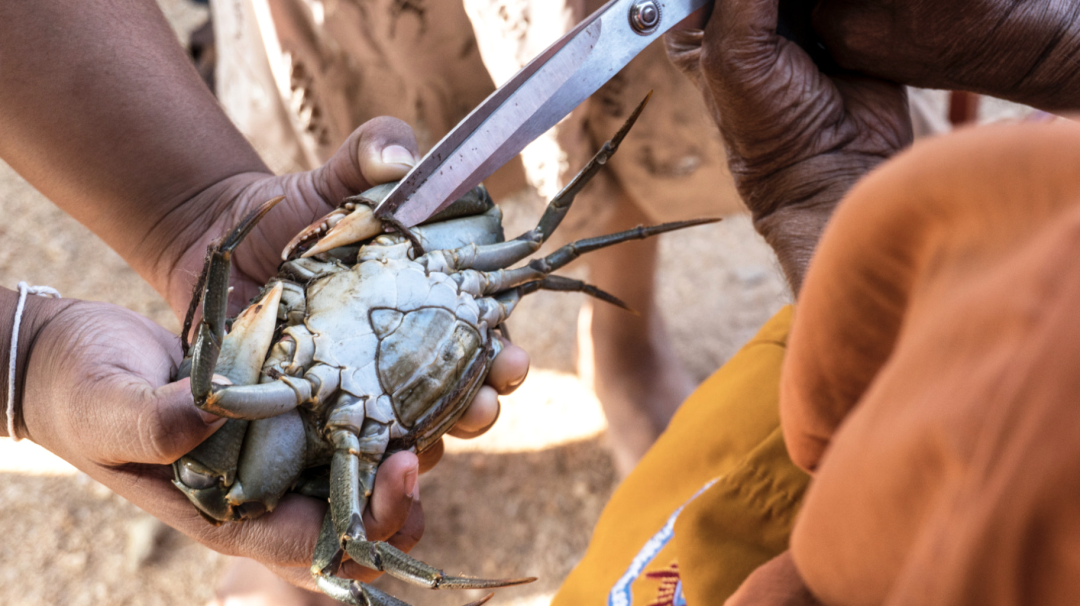
Getting from the airport to the city center takes about 40-60 minutes. I typically don’t recommend going to Colombo unless you plan a deep exploration or want to dine at one of Asia’s Top 50 restaurants—Crab Department. The journey can be tedious with traffic, and there aren’t any must-visit attractions in the city.
Negombo:
Negombo is the true gateway to Sri Lanka, where the largest international airport is located (though tickets are often listed under Colombo CMB). It features beautiful beaches and lagoon scenery, along with exotic Dutch architecture. The fish market in Negombo is also worth a visit (it’s best to go in the early morning) and is the second-largest fish market in Sri Lanka. Don’t go too late; otherwise, there won’t be much to see.
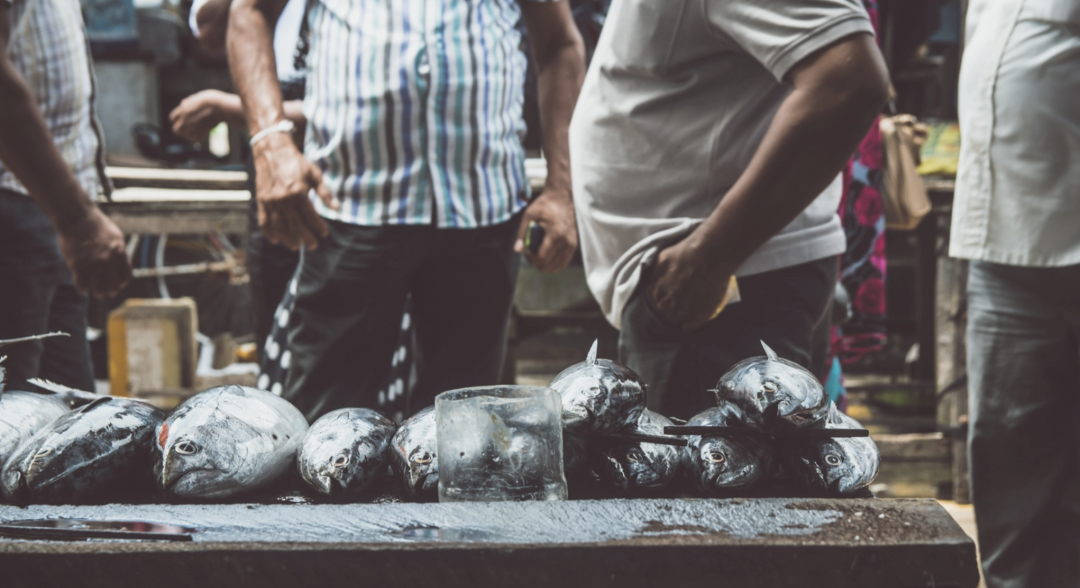
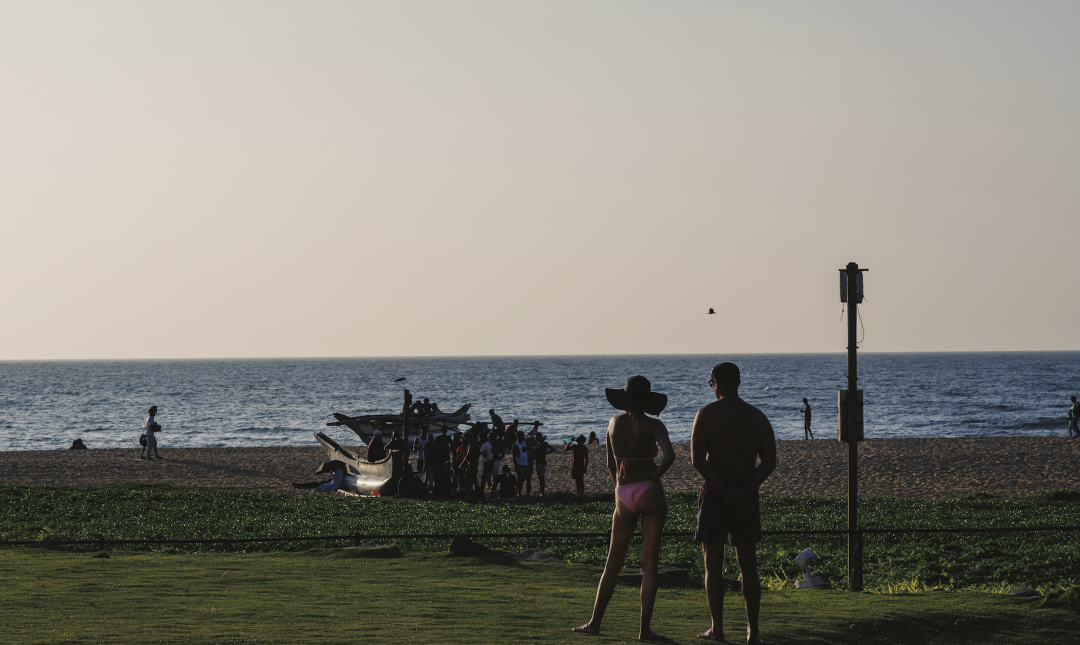
If you arrive in Sri Lanka on a late flight, I suggest staying your first night in Negombo. The beachfront hotels here offer excellent value for money, as they are right next to the beach.
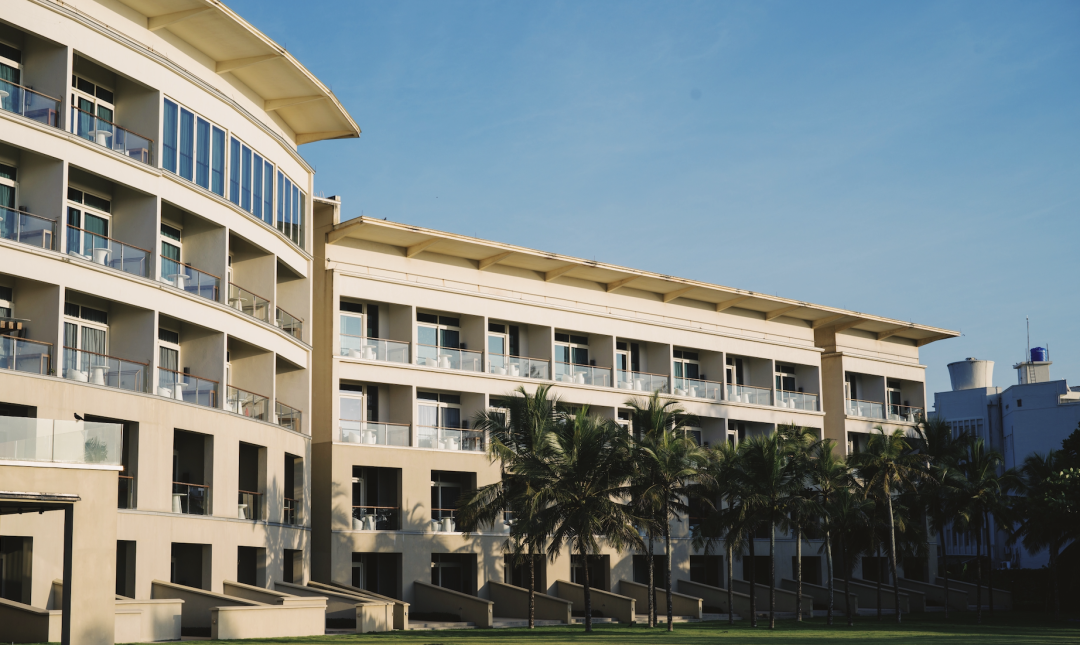
If you arrive early in the day, consider skipping Negombo and going straight to your next destination. I arrived in the morning and went directly to Galle. Similarly, if you have an early flight back, staying in Negombo the night before is advisable; if it’s a late flight, head directly to the airport.
Galle:
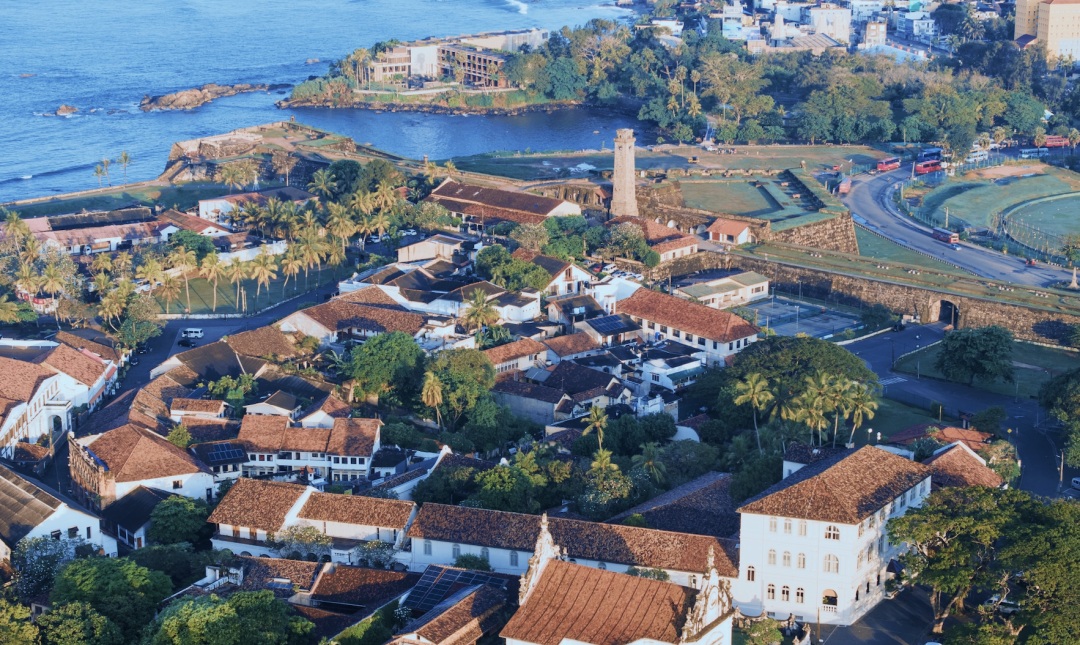
Galle is the third-largest city in Sri Lanka and a must-visit destination, reflecting the island’s modern history. The Portuguese were the first to colonize Galle, followed by the Dutch and then the British. The city is filled with remnants of colonial history, including post offices, police stations, temples, clock towers, and lighthouses.
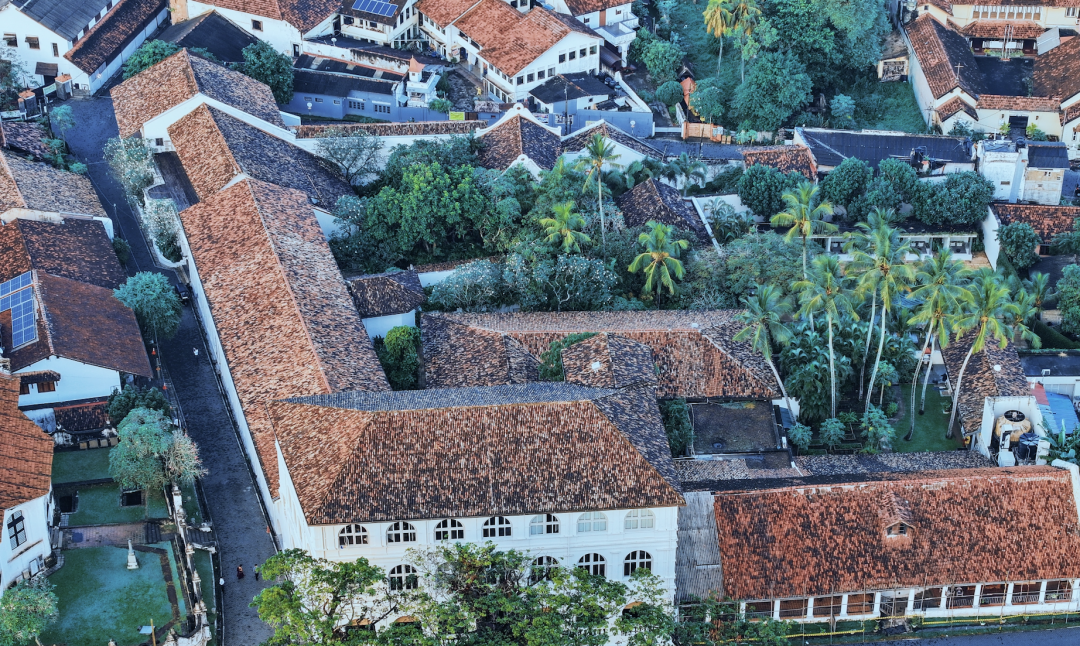
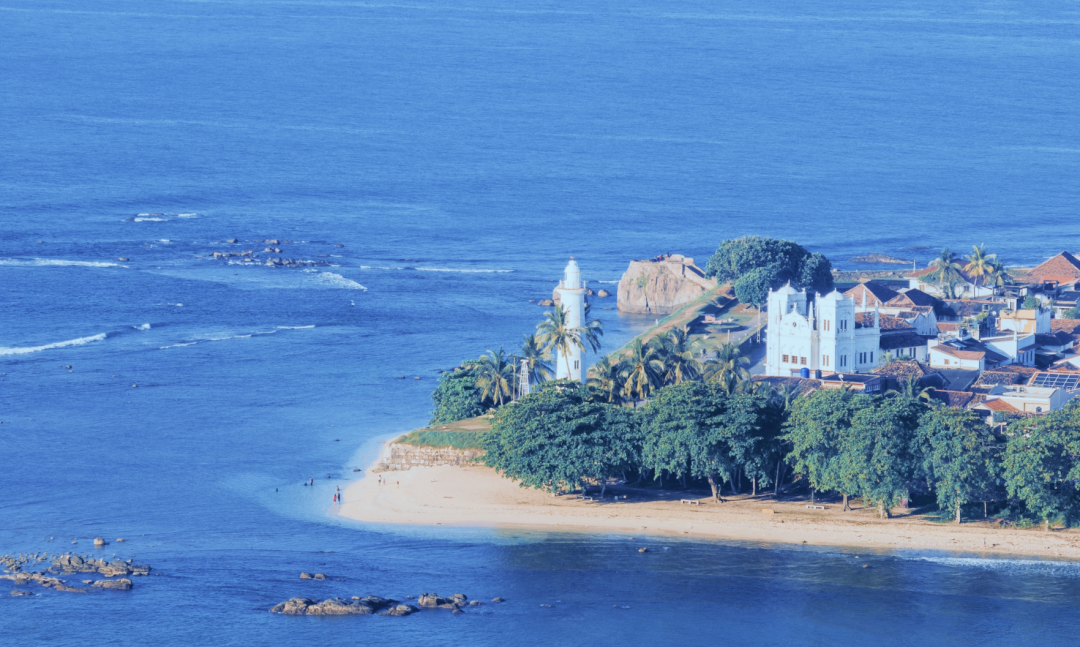
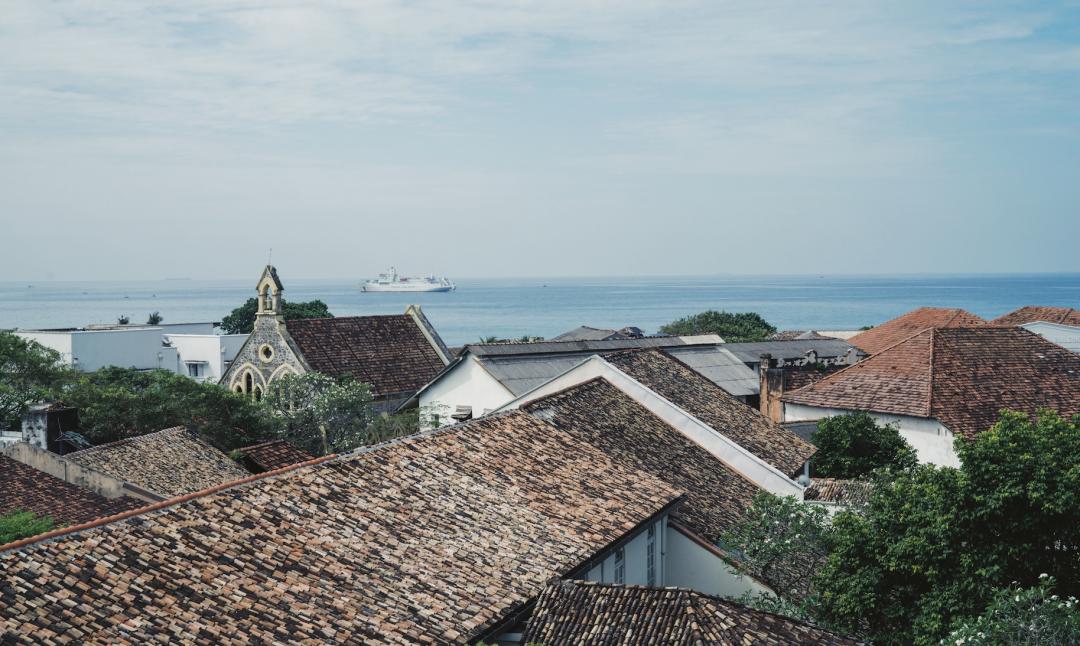
Galle’s most prominent achievement is how local workers replicated European architectural models here; it’s not an exaggeration to say it resembles a small European town. It’s advisable to stay at least two nights here for a comfortable experience. I believe Galle, along with Luang Prabang and Ubud, is among the most comfortable small cities in Southeast and South Asia.
In Galle, I recommend enjoying a tea session or a meal at Aman Galle because it’s truly affordable. An afternoon tea for one costs around 150 LKR, and I had a dinner set of approximately ten types of curry for around 200 LKR, which is quite reasonable!
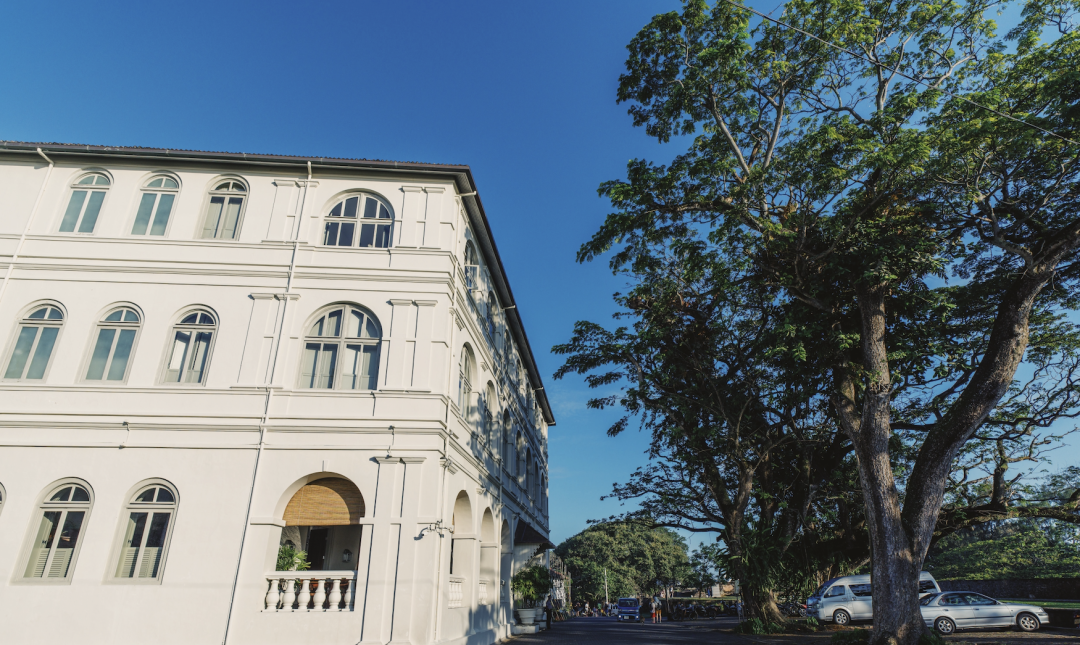
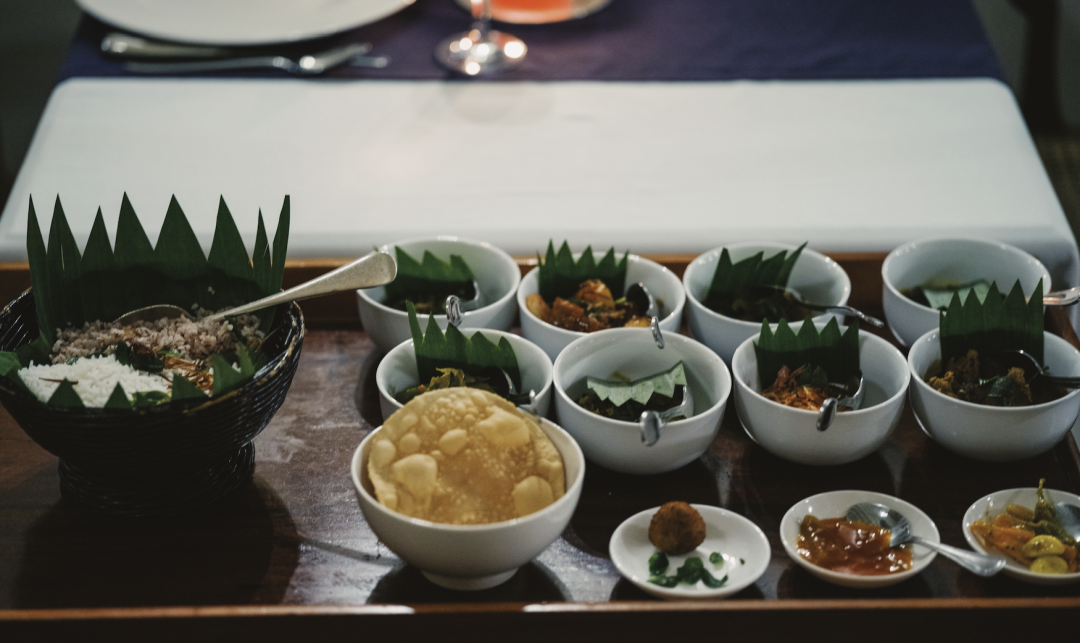
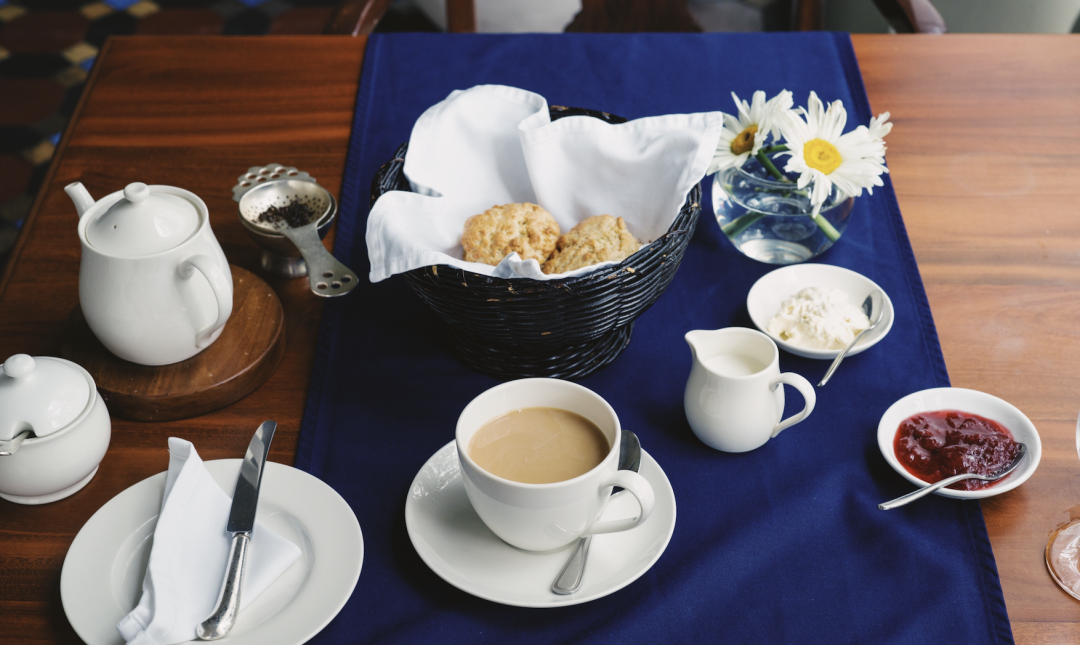
Weligama:
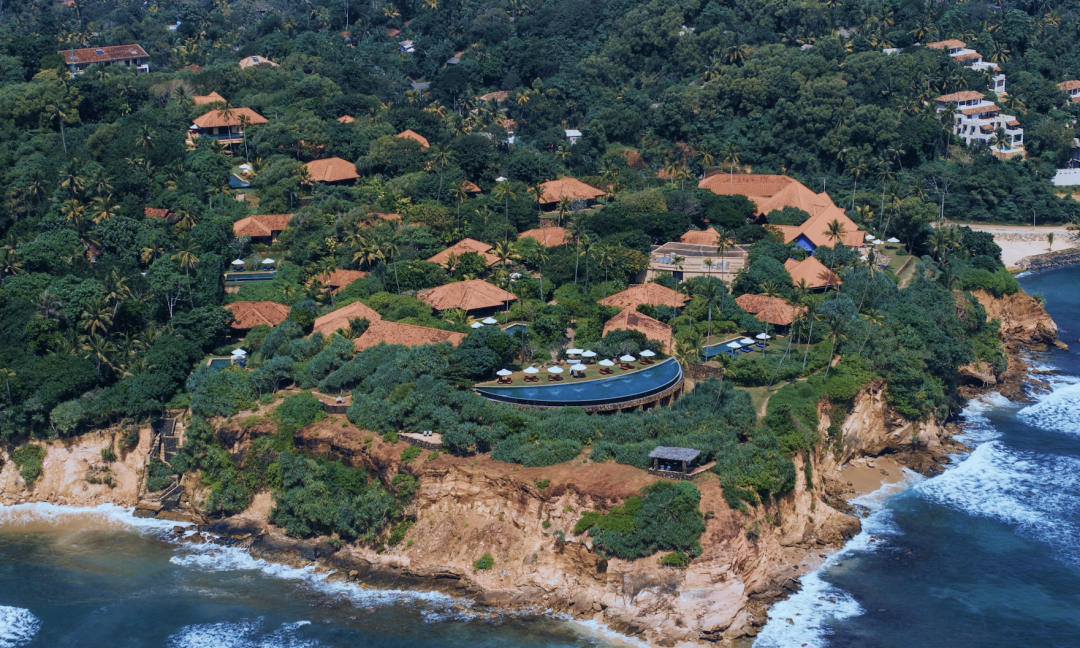
Located on the southern coast of Sri Lanka, Weligama and its surroundings are popular for surfing, whale watching, and holidays. The Cape Weligama resort by Relais & Châteaux is situated here.
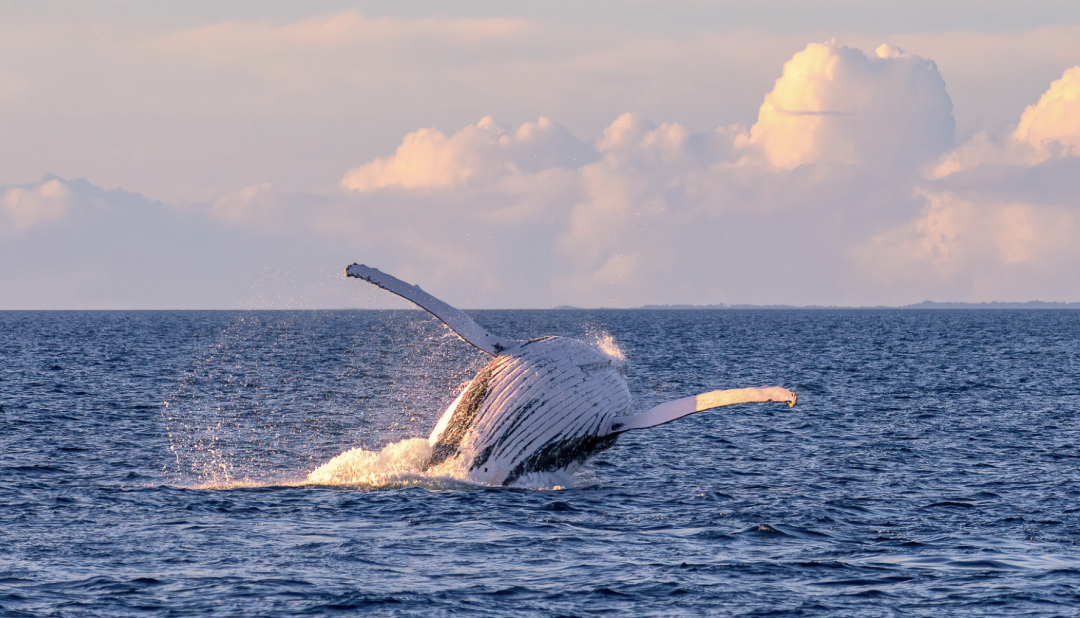
Whale watching is best in Mirissa, where the ideal season runs from November to April. You can spot not only blue whales but also sperm whales and whale sharks. The odds of successful whale watching in Mirissa can reach 95% at the right times.
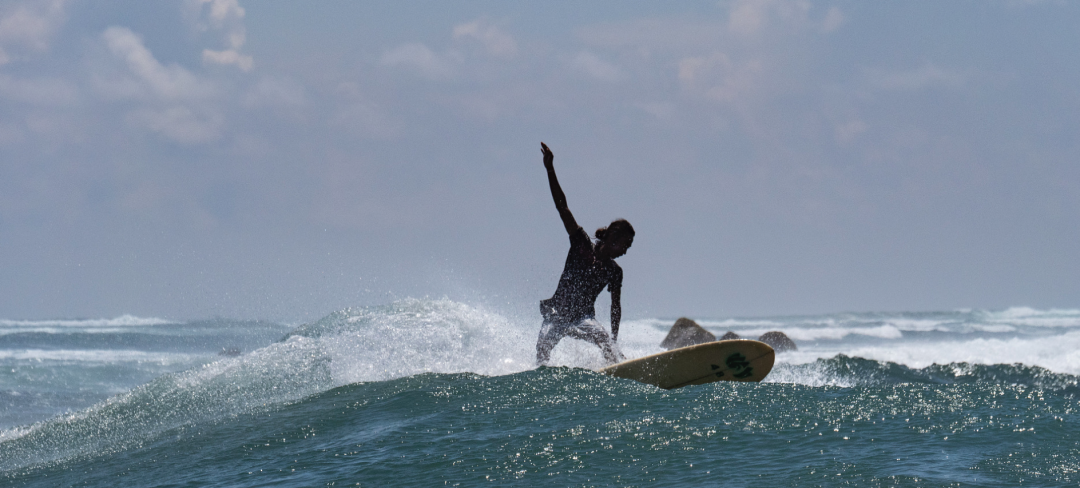
Surfing in Weligama is also great. When I visited Cape Weligama, I saw many people surfing in this area.
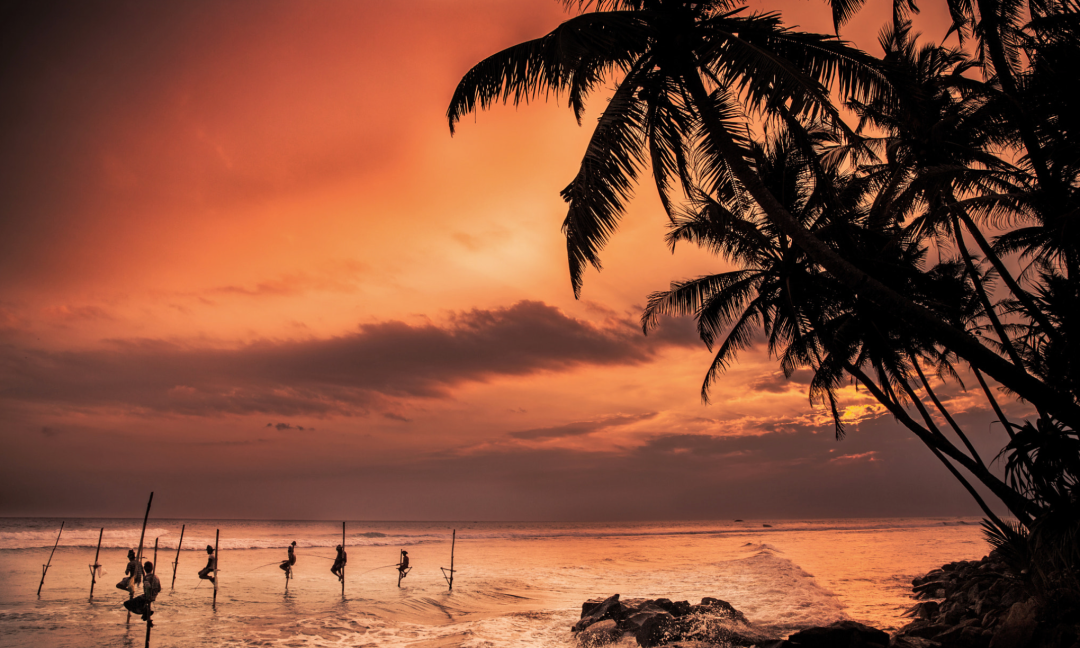
Along the coast from Galle to Weligama, there are many stilt fishermen, but most of them operate as performances for photoshoots, which come at a price. I recommend going in the evening for better photography.
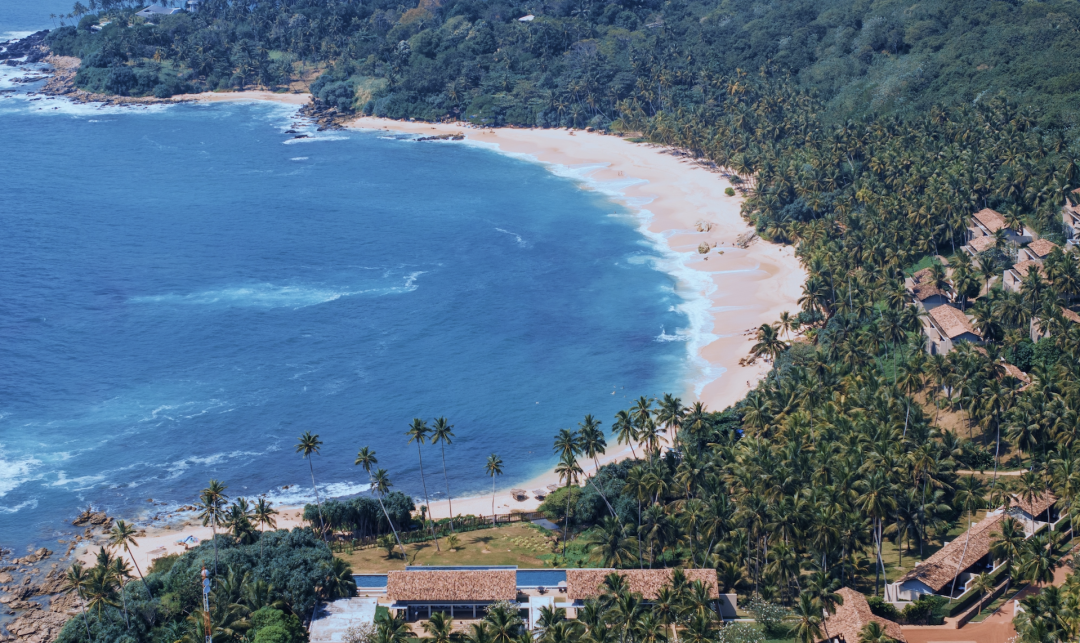
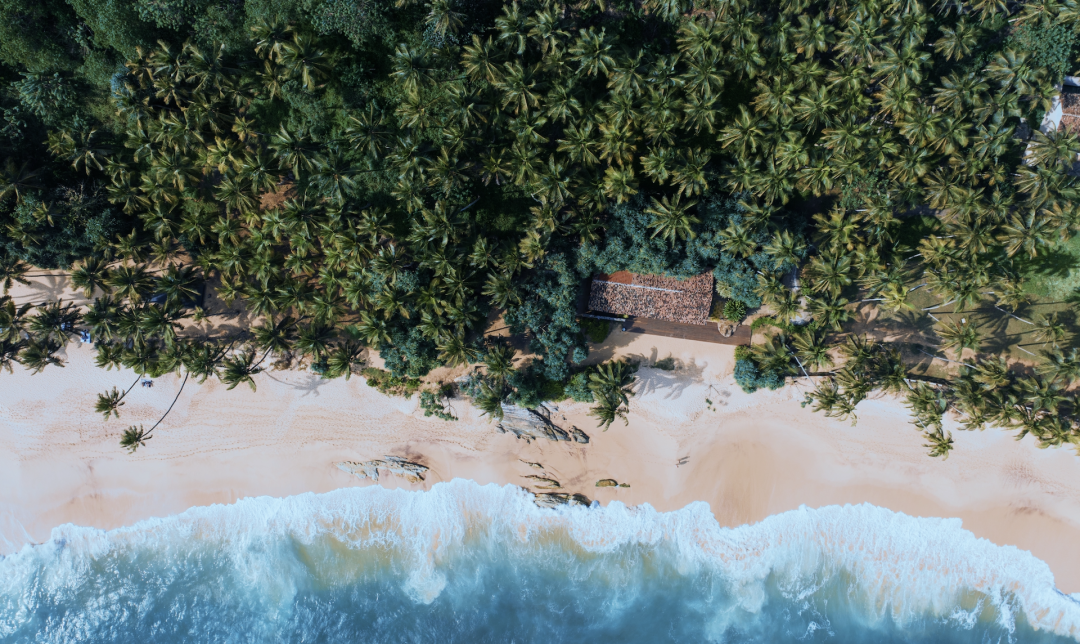
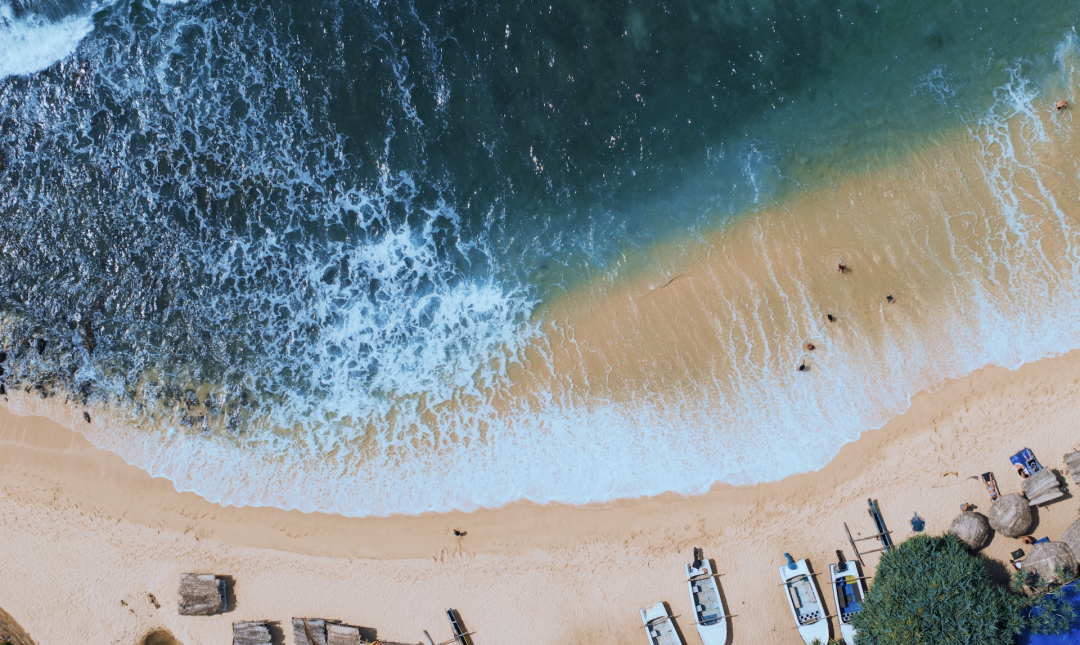
Tangalle:
Tangalle is another southern city in Sri Lanka, with numerous excellent beach resorts, including Amanwella and Anantara. Amanwella is simply fantastic, showcasing some of the best coastal scenery in Sri Lanka.
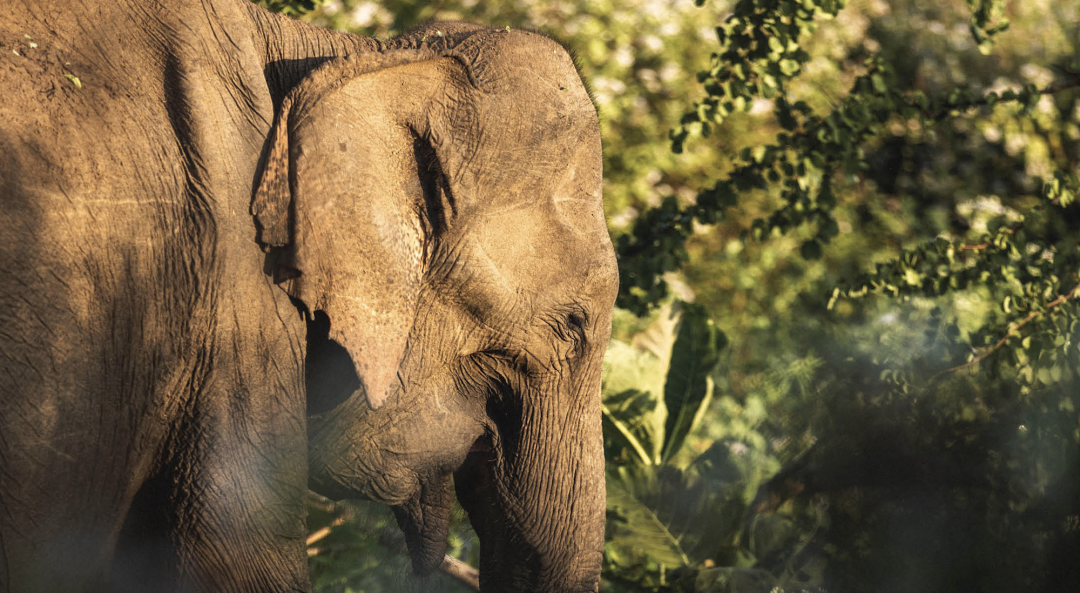
There is also a seaside fountain in Tangalle that sprays higher with stronger waves. I even took a little video to share.
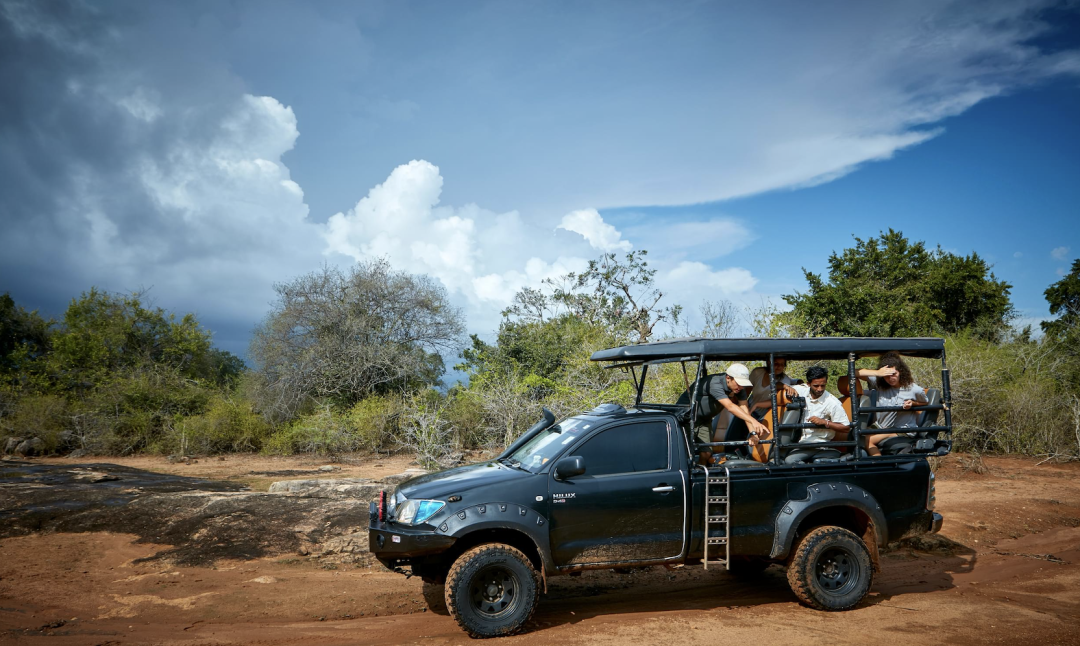
Yala:
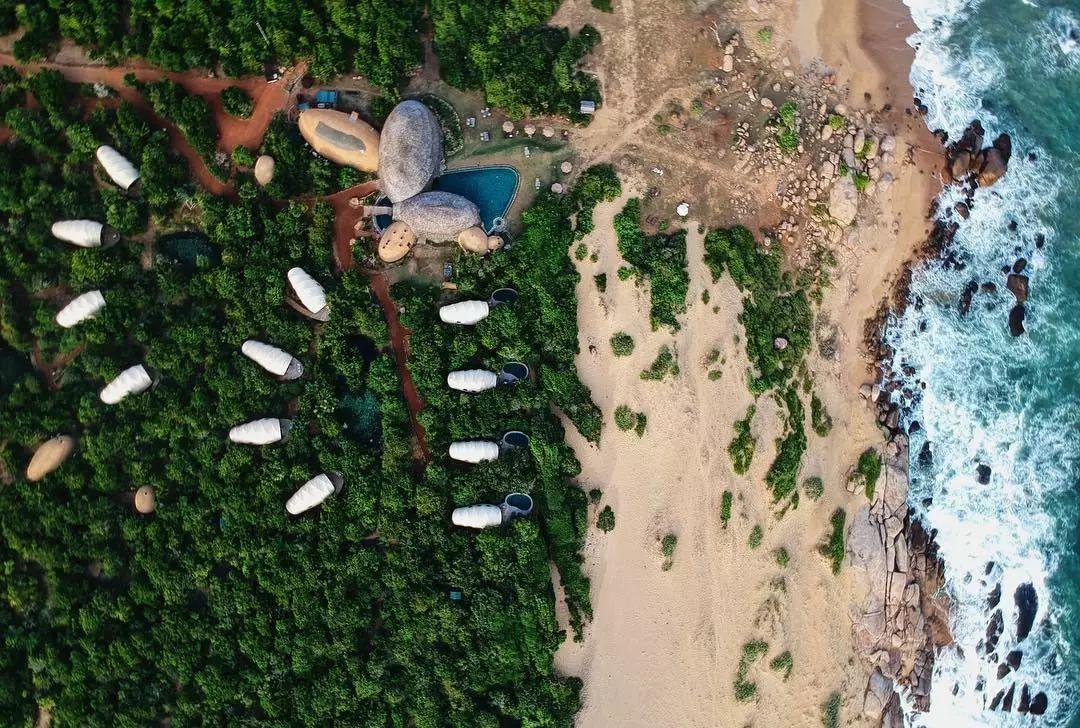
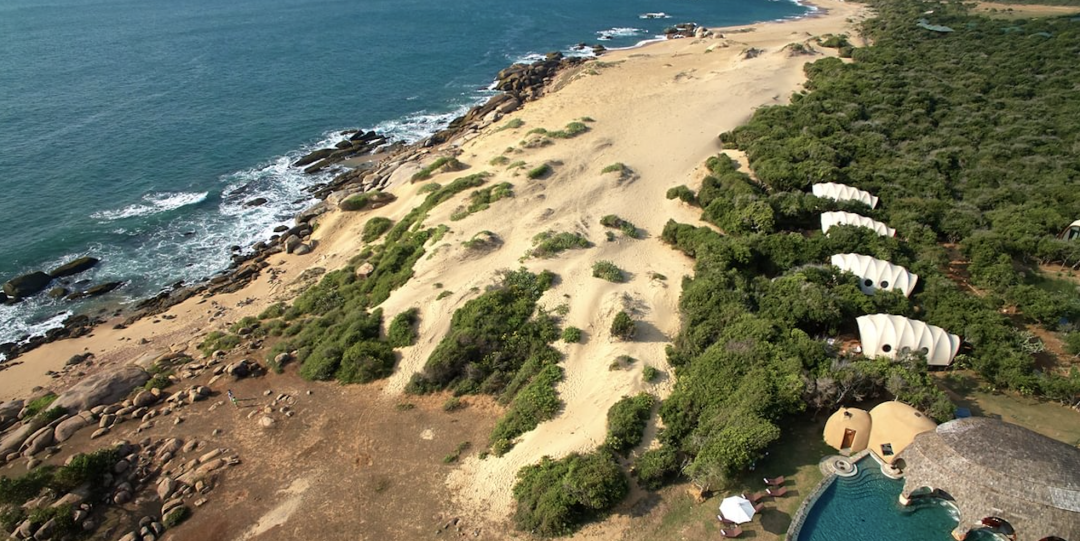
Yala National Park is the most renowned national park in Sri Lanka, covering 2% of the country’s area, featuring forests, grasslands, beaches, lakes, rivers, and marshes. Here is the best chance globally to spot leopards.
Safaris in Yala are very affordable, typically ranging from 50 to 70 USD. However, please don’t compare Sri Lankan safaris to those in Tanzania, Kenya, or Ethiopia, where the hotels relocate along with the tourists.
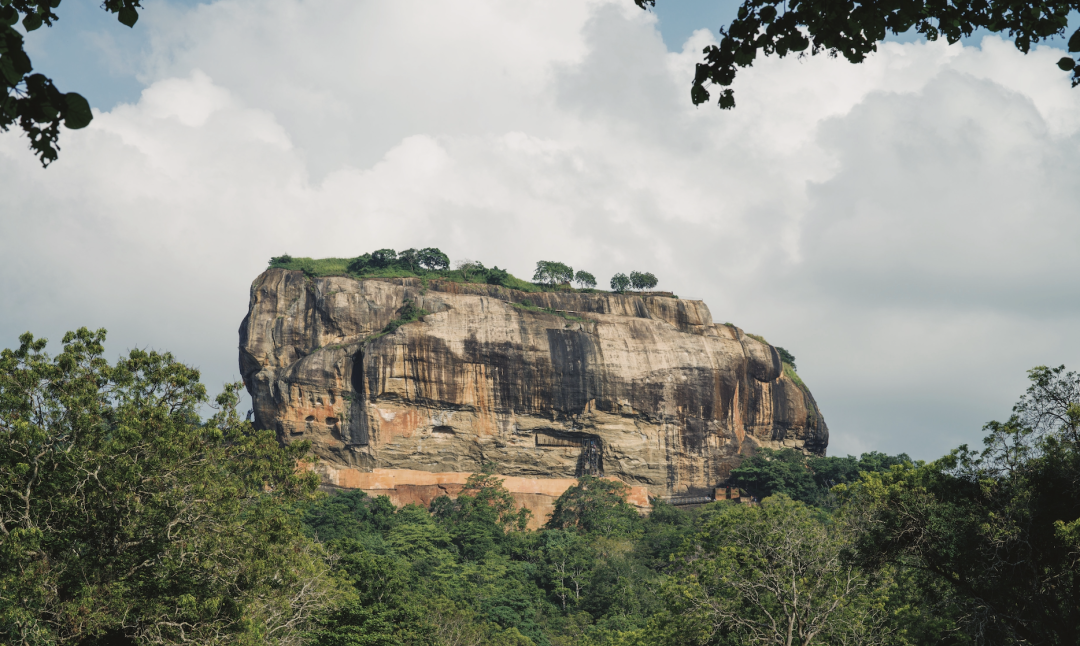
The Wild Coast Tented Lodge by Relais & Châteaux is located in Yala, a fantastic luxury beach resort in the wilderness.
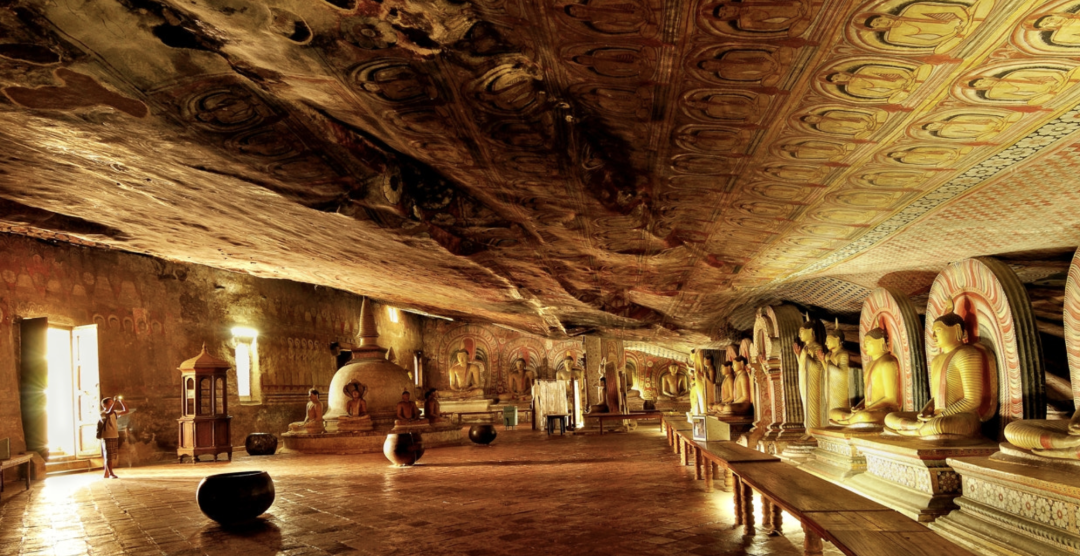
Central Cultural Area:
Sri Lanka’s central region has two UNESCO World Heritage sites—the Dambulla Cave Temple/Golden Temple and Sigiriya (Lion Rock). There are two ancient cities as well: Anuradhapura (a West Ancient City) and Polonnaruwa (an East Ancient City).
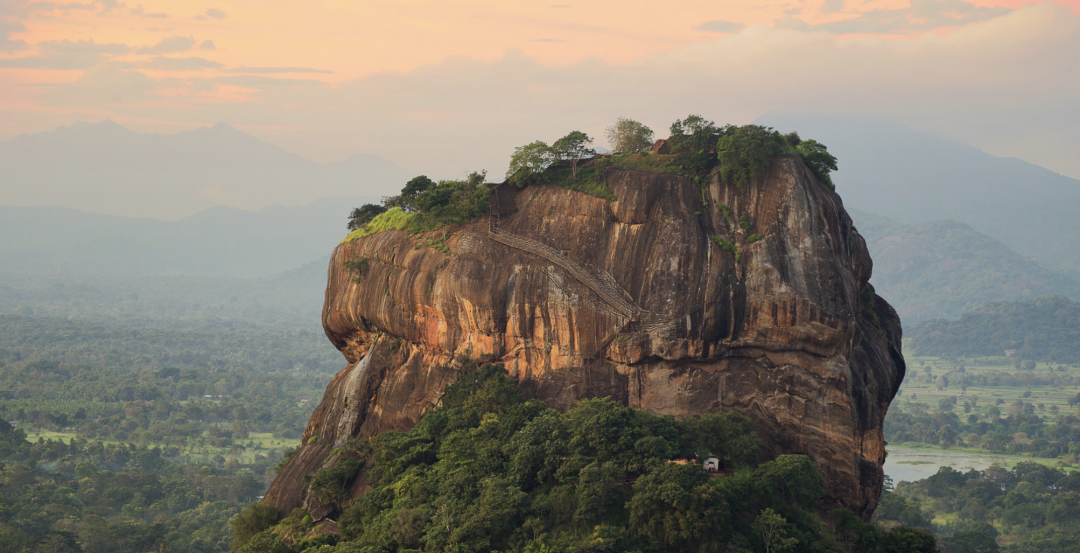
This route is quite cultural. These locations are remnants of past royal cities, rich in history and culture.
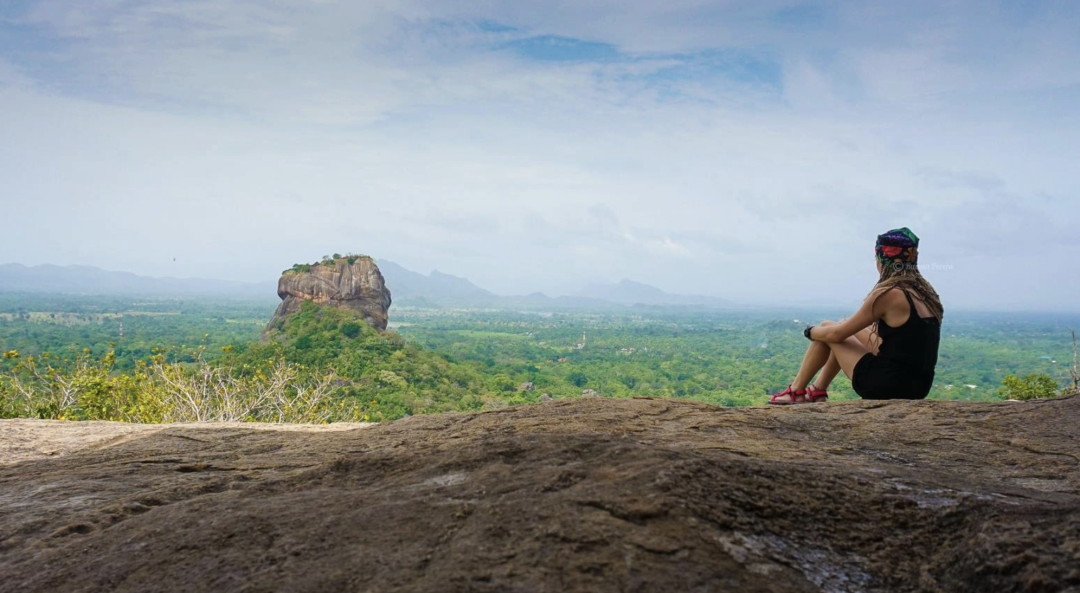
Dambulla:
The Dambulla cave temple was built in the 1st century AD, predating China’s Mogao Caves, and remains well-preserved to this day.
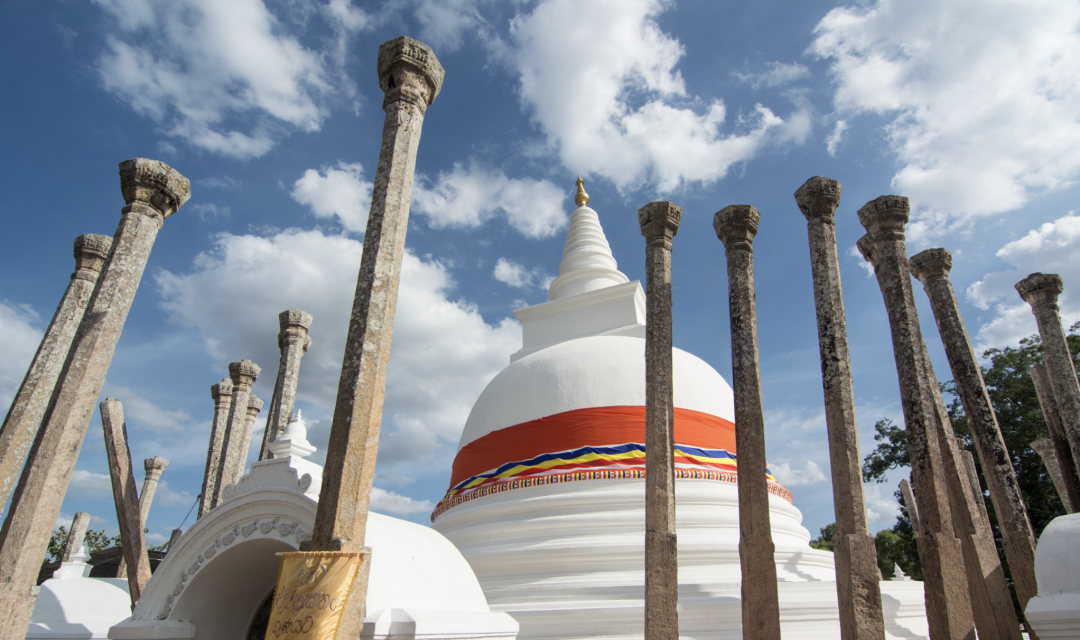
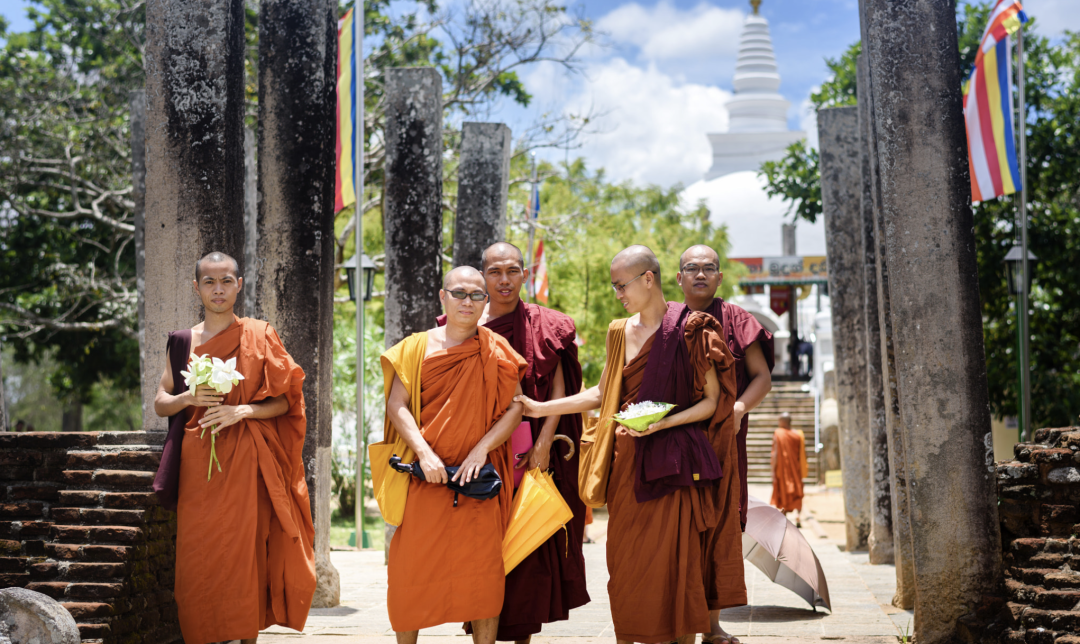
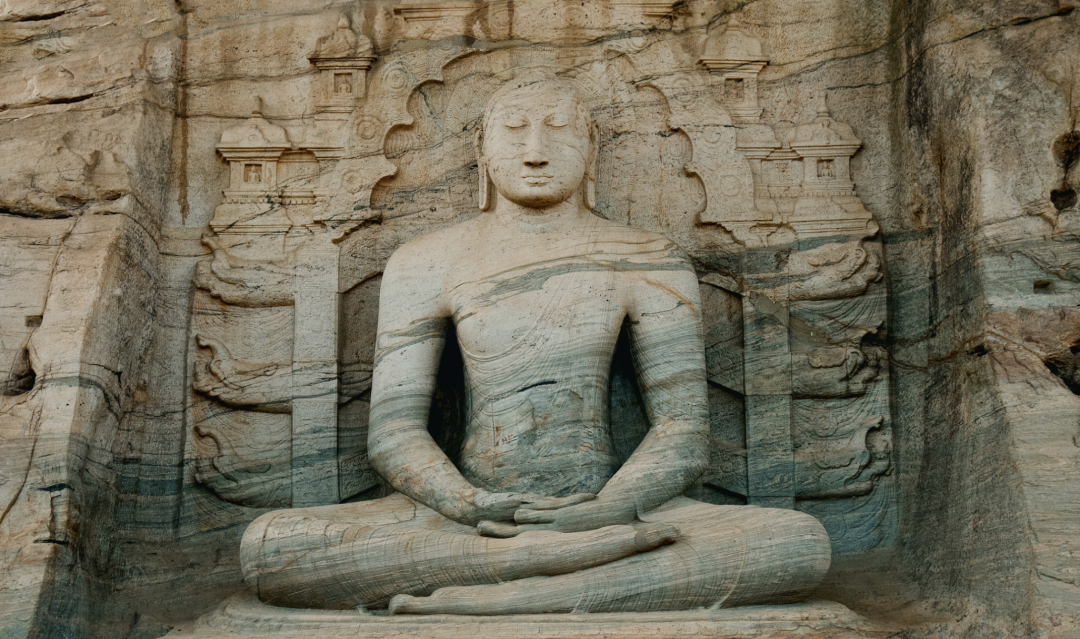
Sigiriya (Lion Rock):
The iconic Lion Rock, a symbol of Sri Lanka, is an aerial palace built atop a giant reddish-orange rock and is often referred to as the eighth wonder of the world.
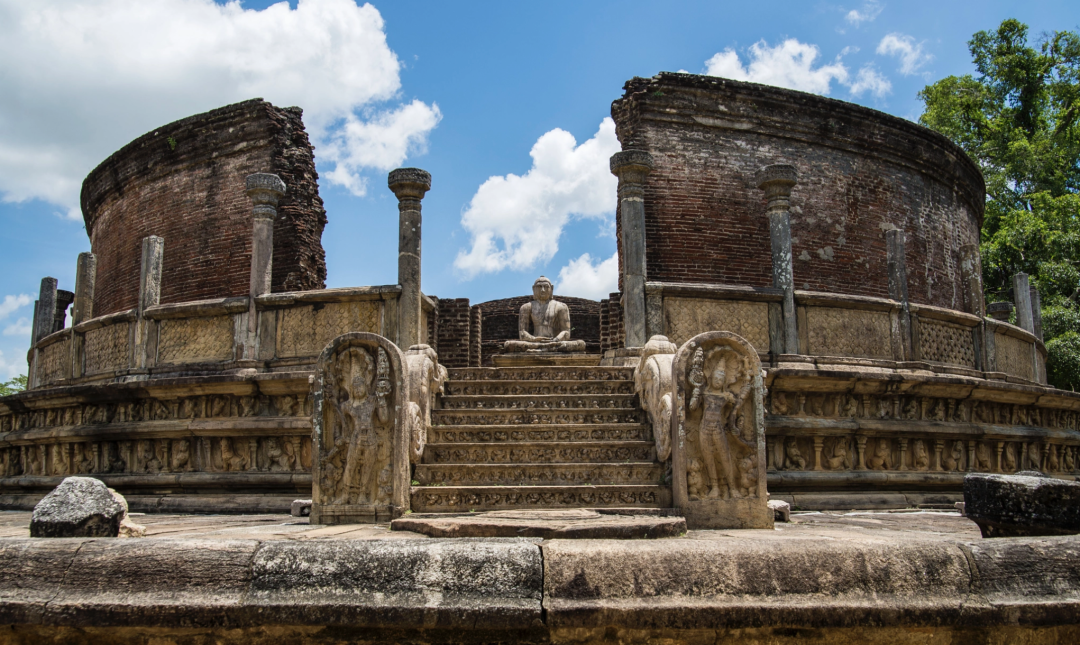
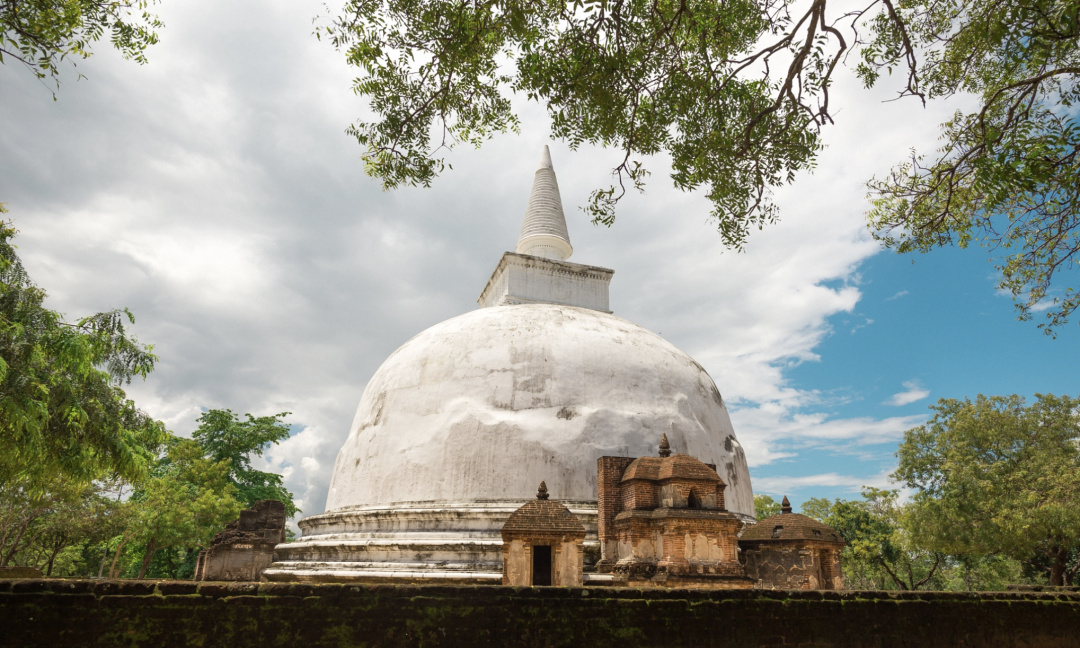
If you want to view Lion Rock, the best angle is not from the top, but from a rock nearby called Pidurangala Rock. This spot offers the best view of Lion Rock, and it’s advisable to visit during sunset.
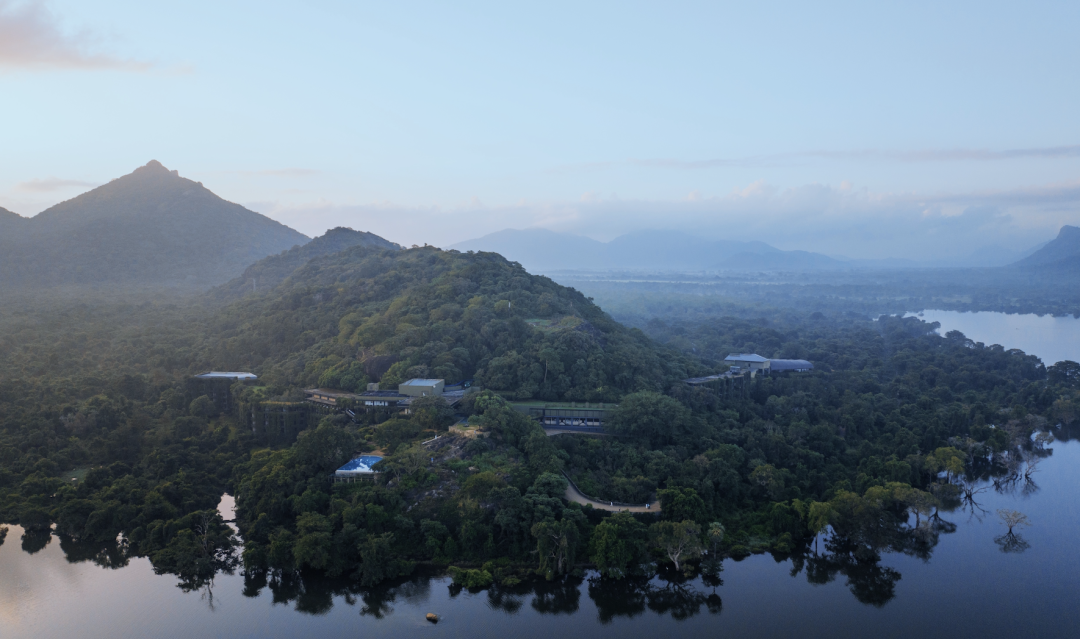
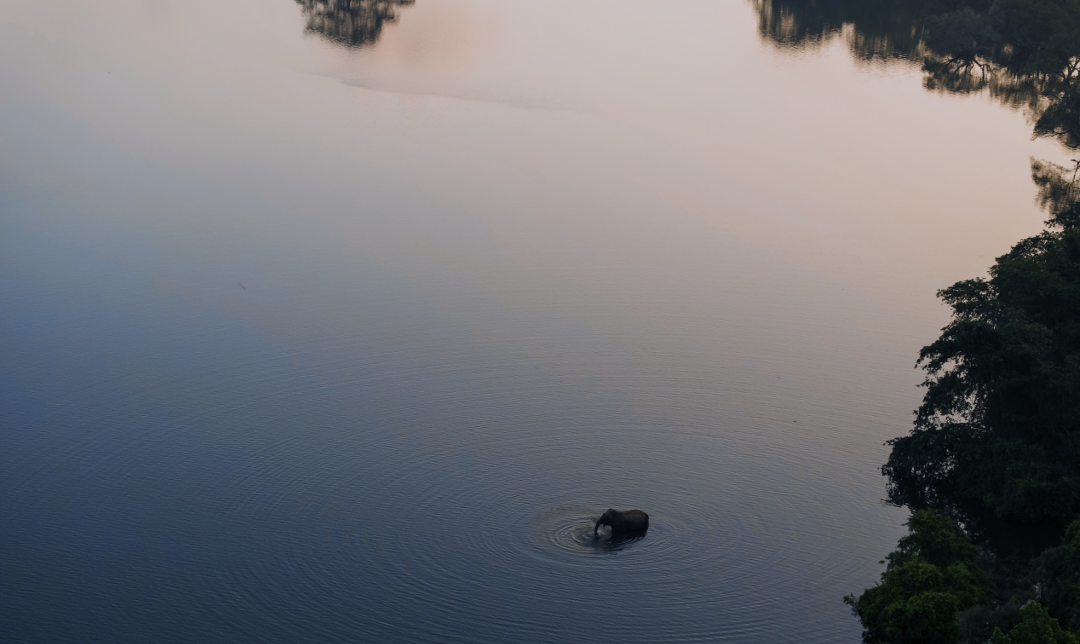
West Ancient City – Anuradhapura:
Anuradhapura is an ancient royal city, established as the capital in 377 BC by King Pandukabhaya. After Lion Rock was abandoned, Anuradhapura continued to serve as the capital. Many relics from ancient Sri Lankan dynasties can be found here.
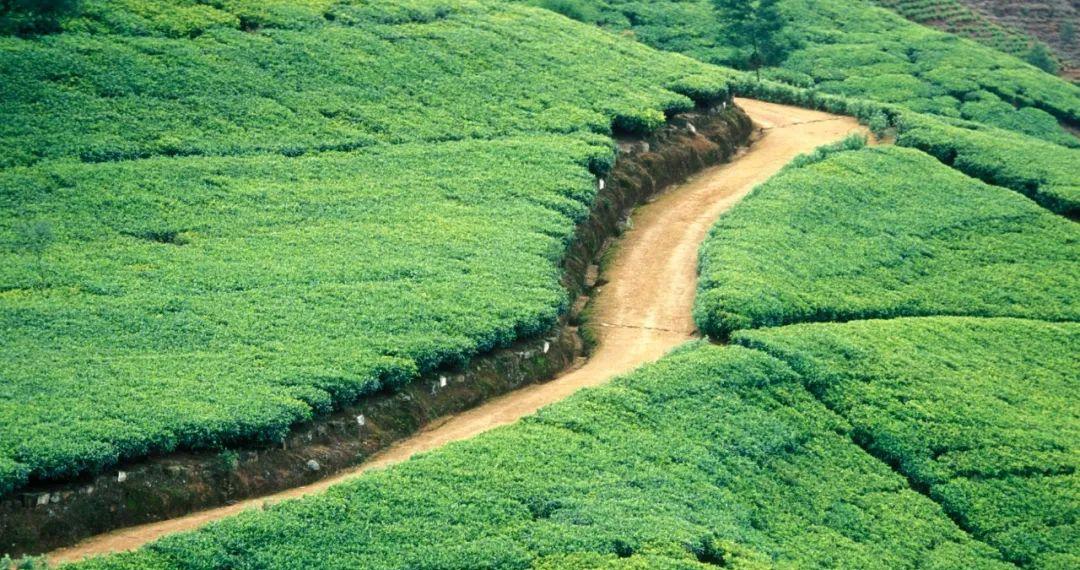
East Ancient City – Polonnaruwa:
Polonnaruwa succeeded Anuradhapura as the capital and also contains many ruins. I suggest visiting either the West or East ancient city, as they are quite similar, but make sure to visit both Lion Rock and Dambulla.
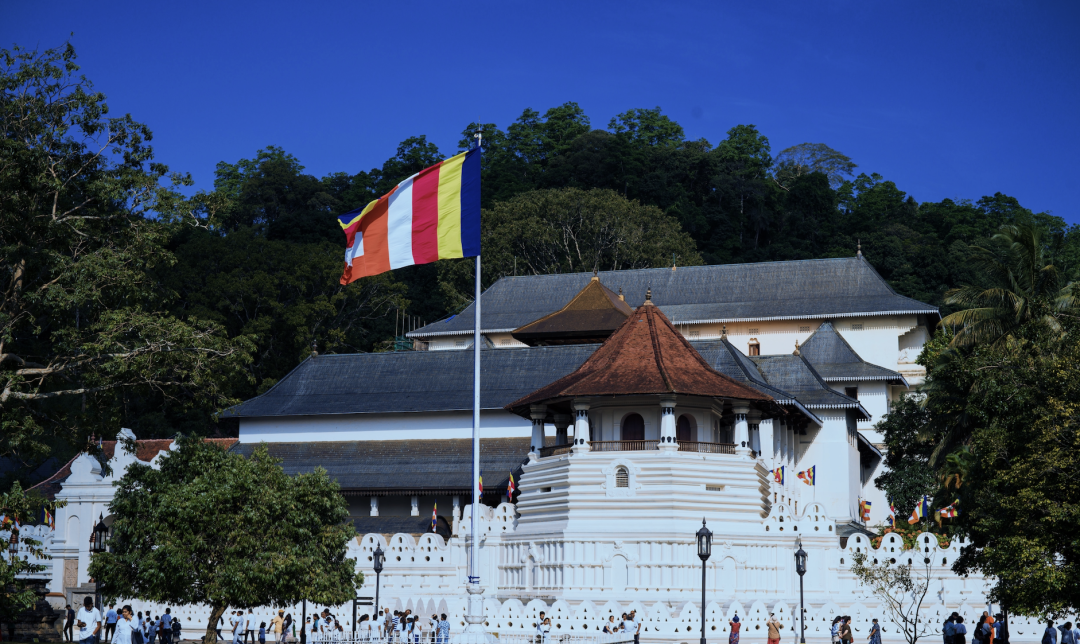
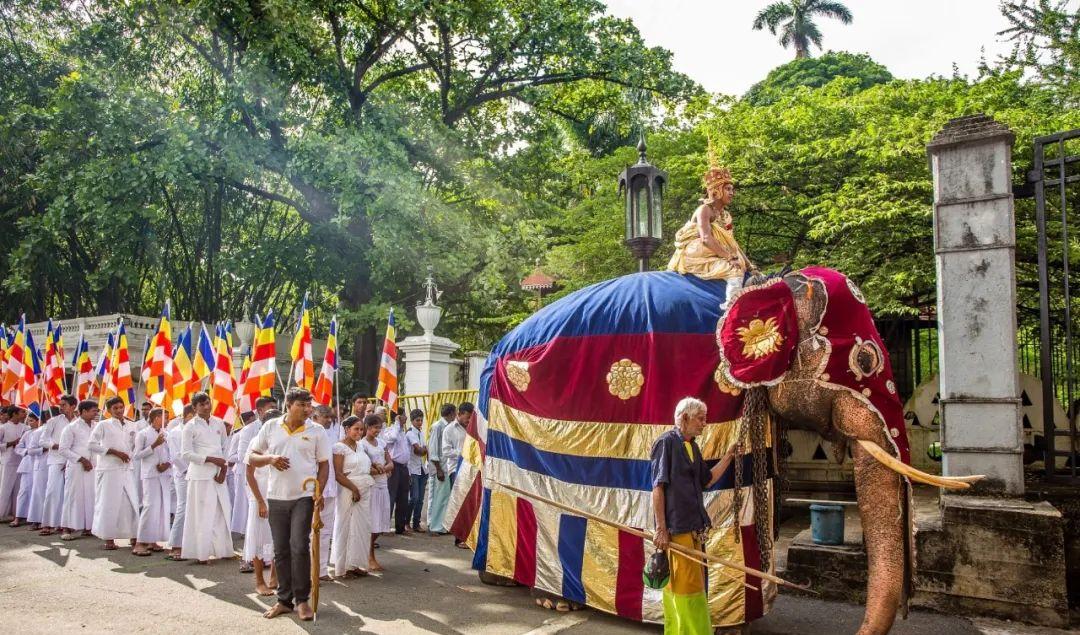
For accommodation in the central cultural area, I recommend staying near Kandalama Lake, where there are several good hotels. I chose the Kandalama Heritage Hotel, which is built on a rock, perfectly blending scenery and nature. It’s known to have been recommended by National Geographic as one of the world’s 50 best hotels and is a peak creation of Geoffrey Bawa.
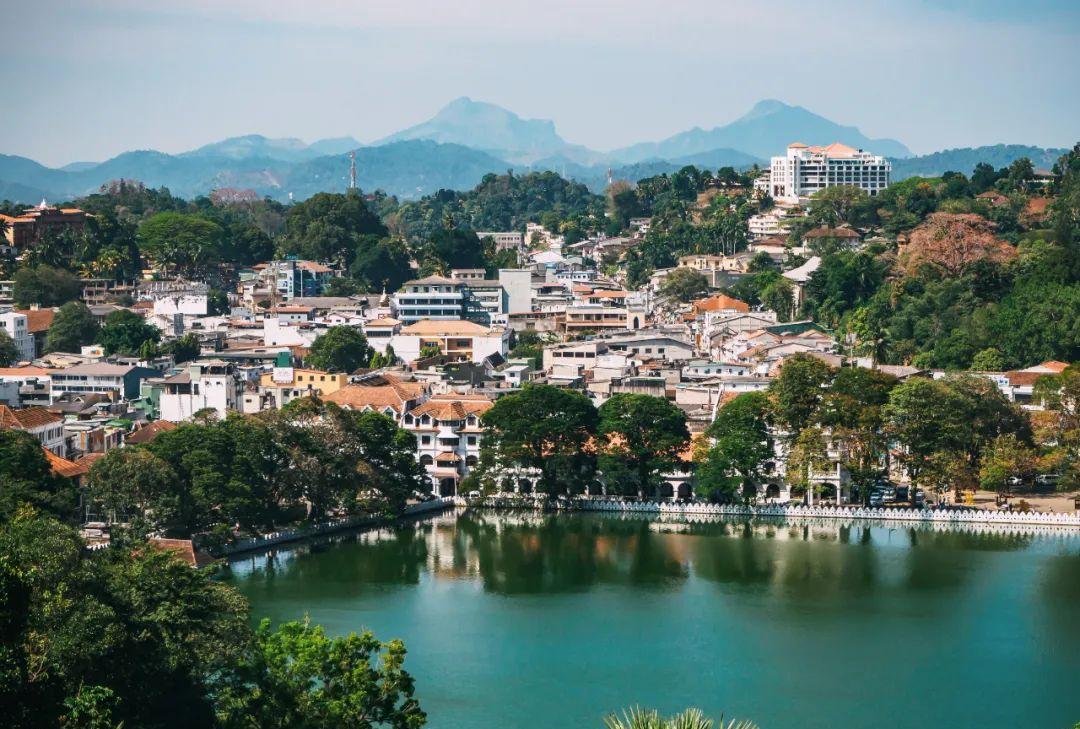
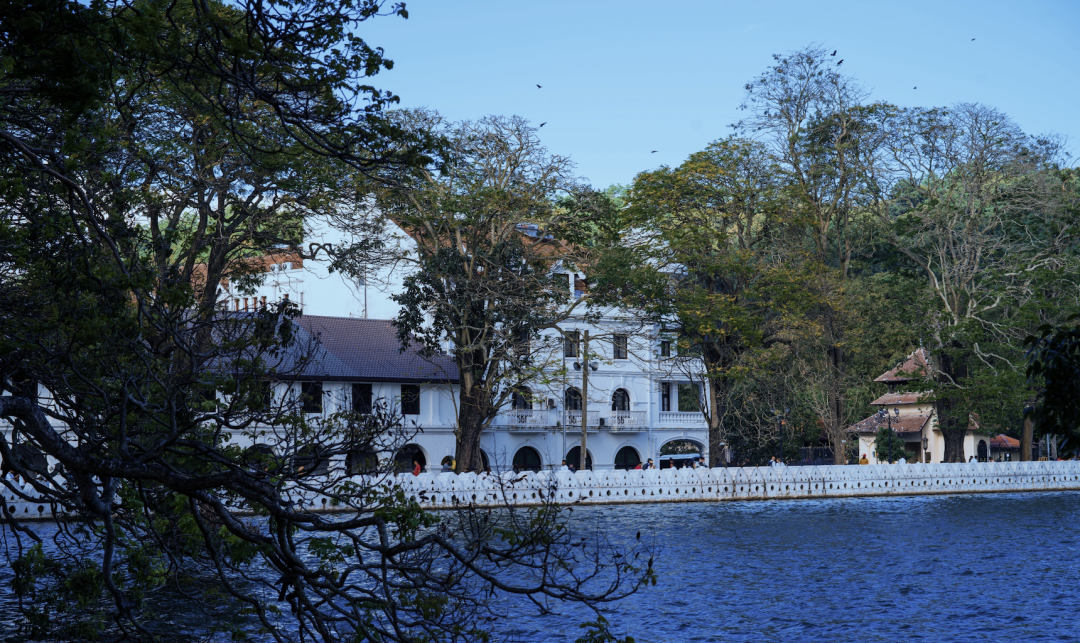
Central Highlands:
Sri Lanka’s classic travel experiences are notably three things: tea, beaches, and safaris. While beaches and safaris are best enjoyed in the southwest, tea is to be found in the central highlands. This area is dotted with tea plantations.
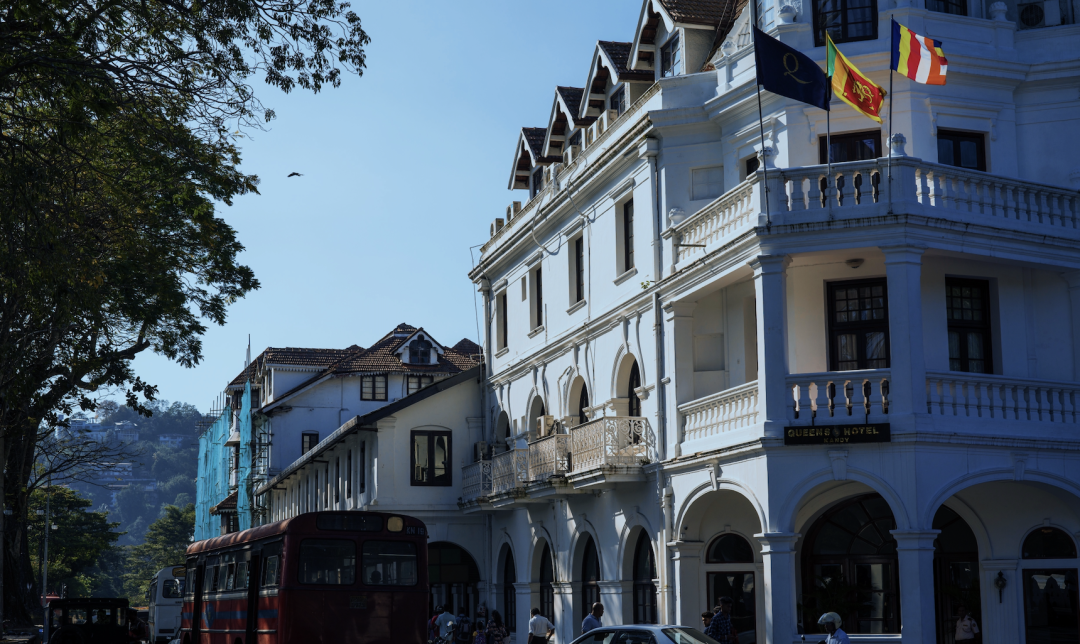
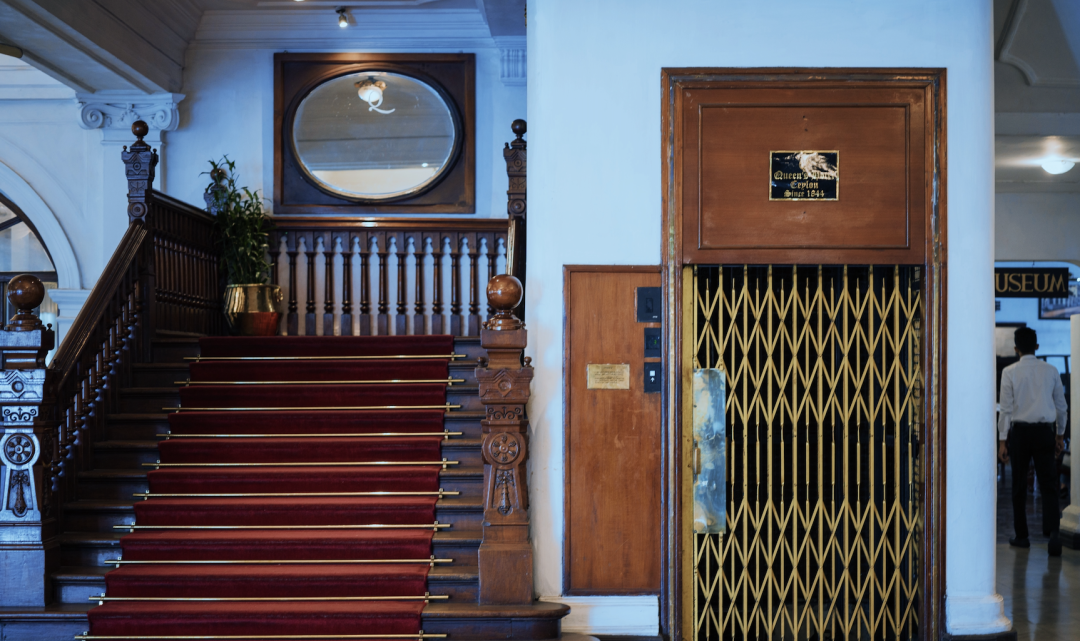
Kandy:
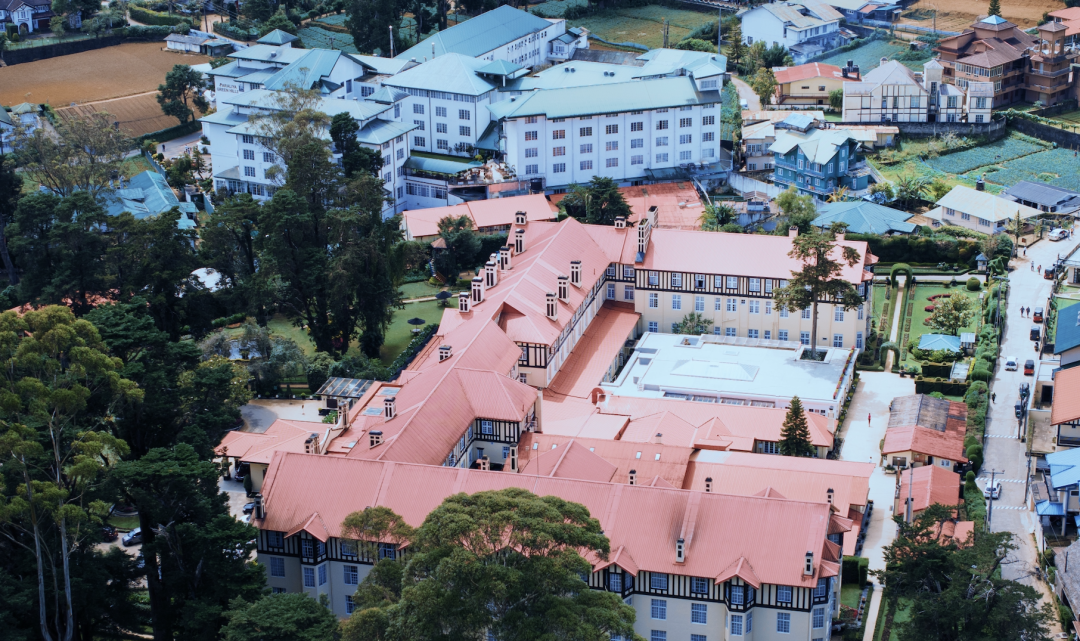
Kandy is Sri Lanka’s last royal city and a religious center. The most famous temple in Sri Lanka, the Temple of the Tooth, houses a relic of Buddha, the tooth of Gautama Buddha.
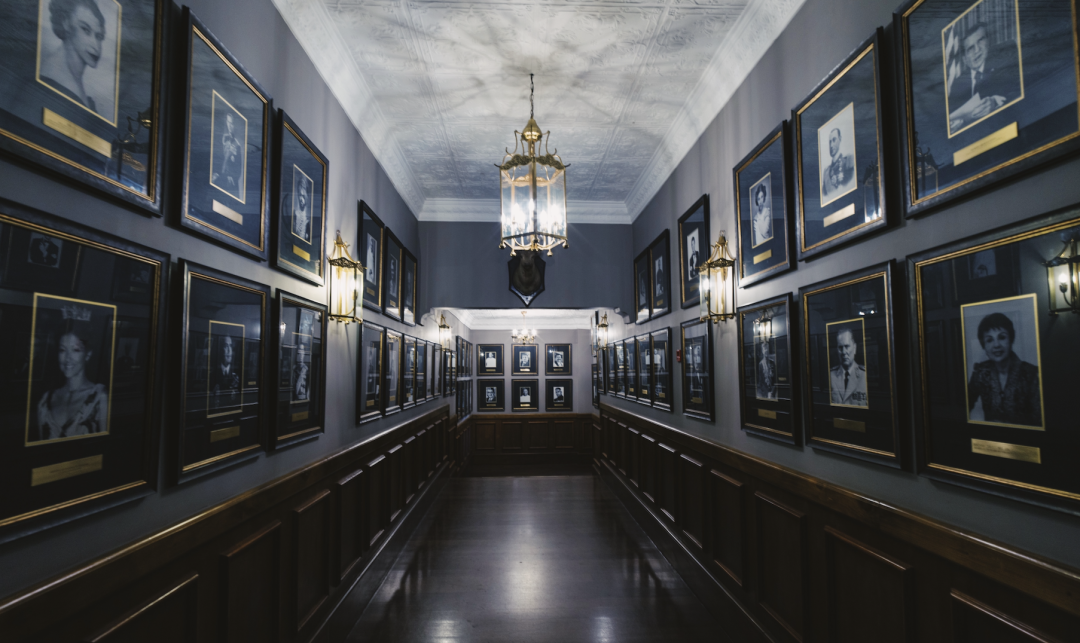
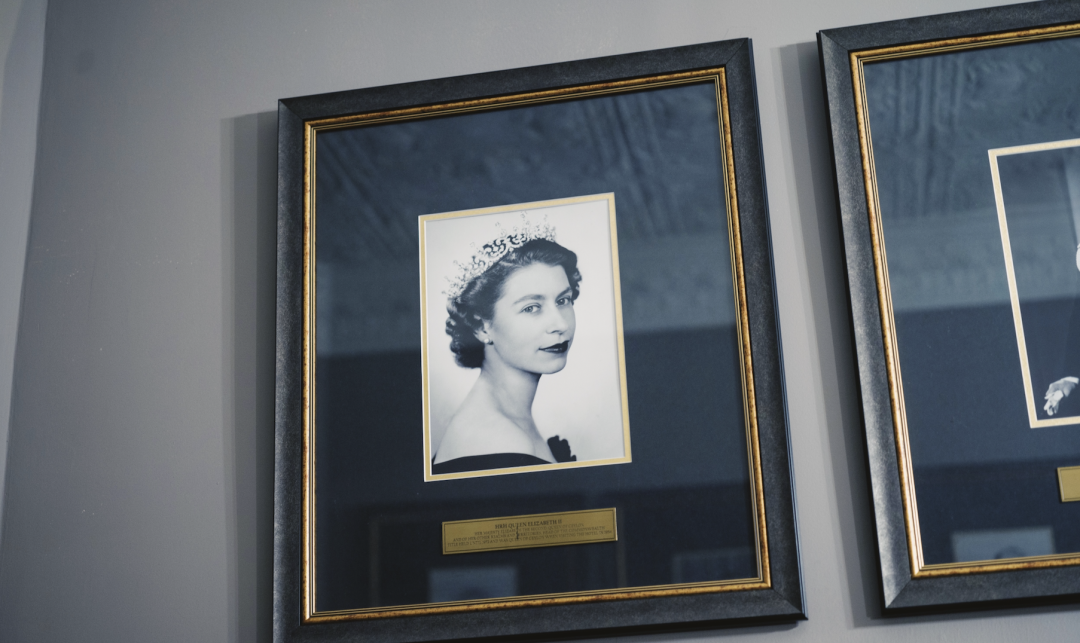
Every year, during the Esala Perahera festival (held in July or August around the full moon), Kandy becomes incredibly lively.
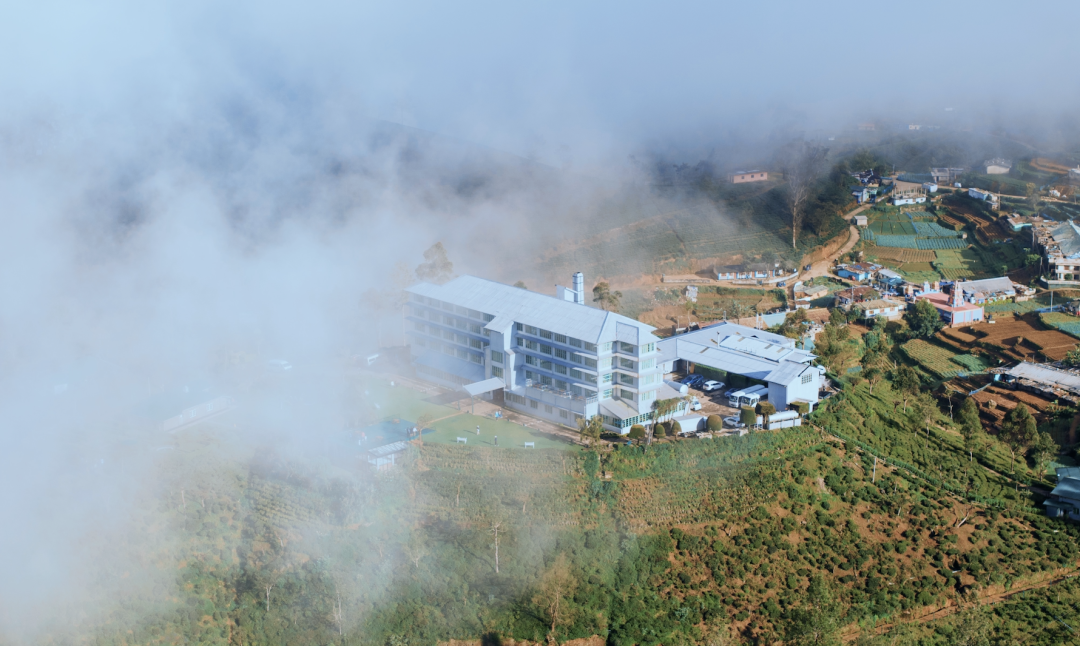
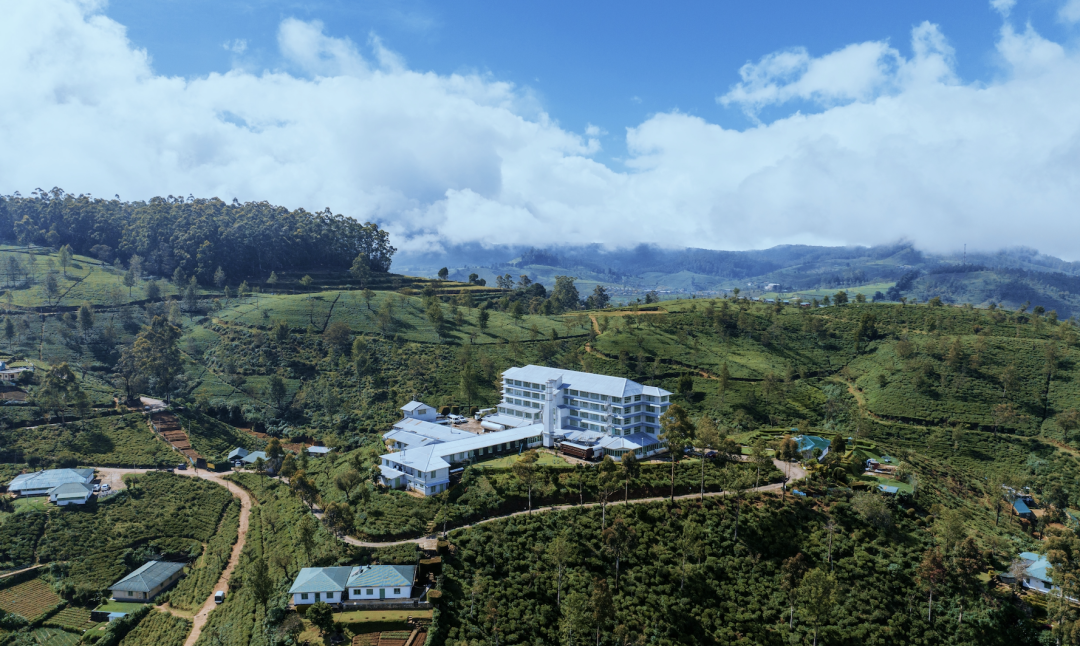
Kandy Lake, located in the city center, is a lovely spot for a stroll, as it is a large artificial lake formed from a rice field. While not massively large, walking around the lake is the best way to explore it. Additionally, most attractions in Kandy are relatively clustered around the lake.
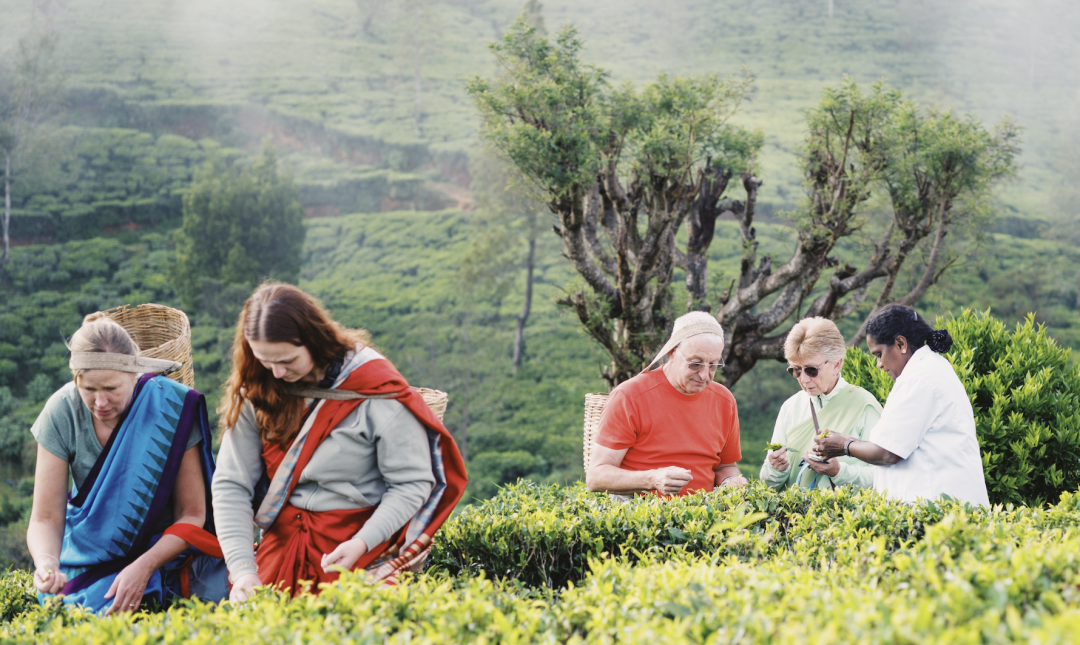
The Esala Perahera festival is the most bustling time, with the highest number of activities. However, hotel prices during this period are at their peak. A hotel room that usually costs 50 USD can soar to 300 USD, and you might even struggle to find a room.
Nuwara Eliya:
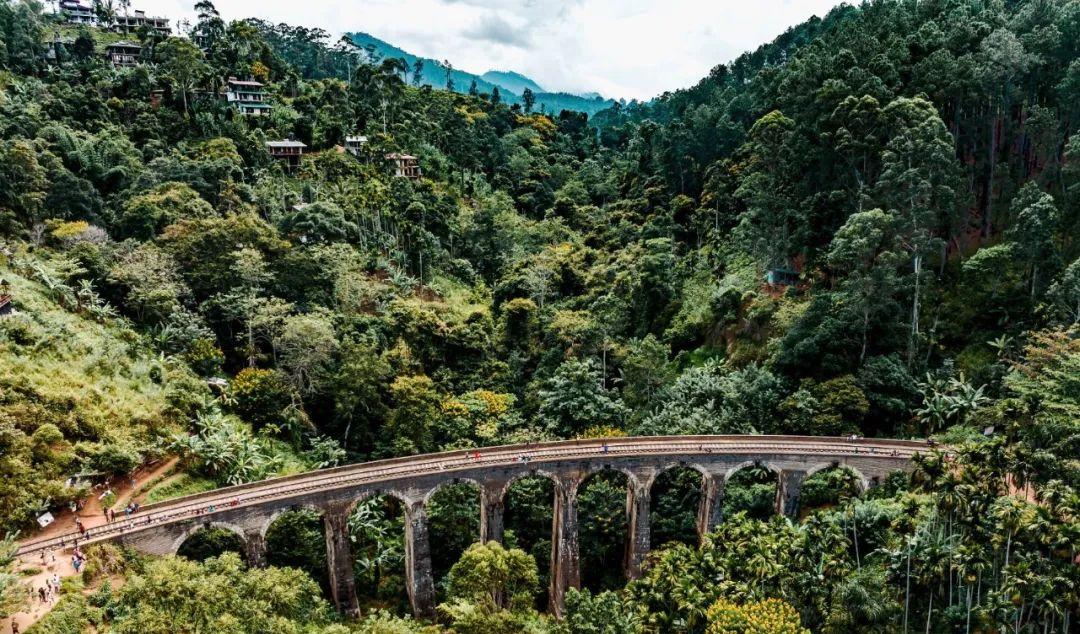
Known as the tea capital of Sri Lanka, it is full of tea plantations and factories, also showcasing a charming English-style town.
Both Queen Elizabeth II and King Charles have visited this place. How do I know? Because I stayed at the Grand Hotel, which was previously the local governor’s residence and has a wall featuring famous guests, including Elizabeth II, Charles, and India’s Gandhi.
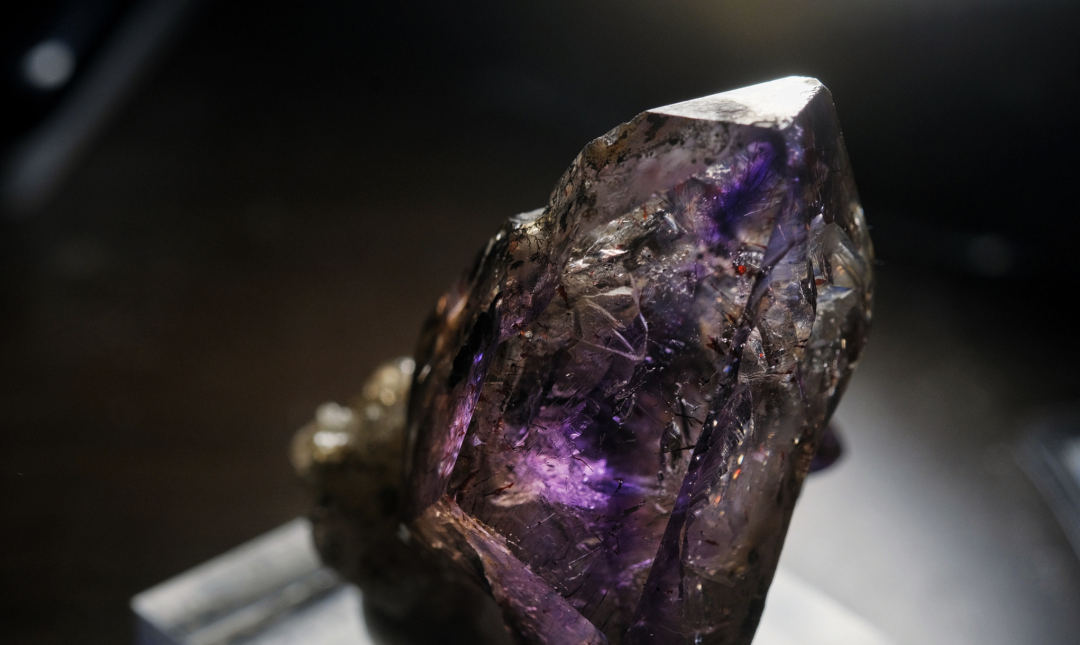
The previously suggested Heritance Tea Factory Hotel is also in Nuwara Eliya, set in a vast tea plantation, converted from an actual tea factory. I visited, and it was heavenly.
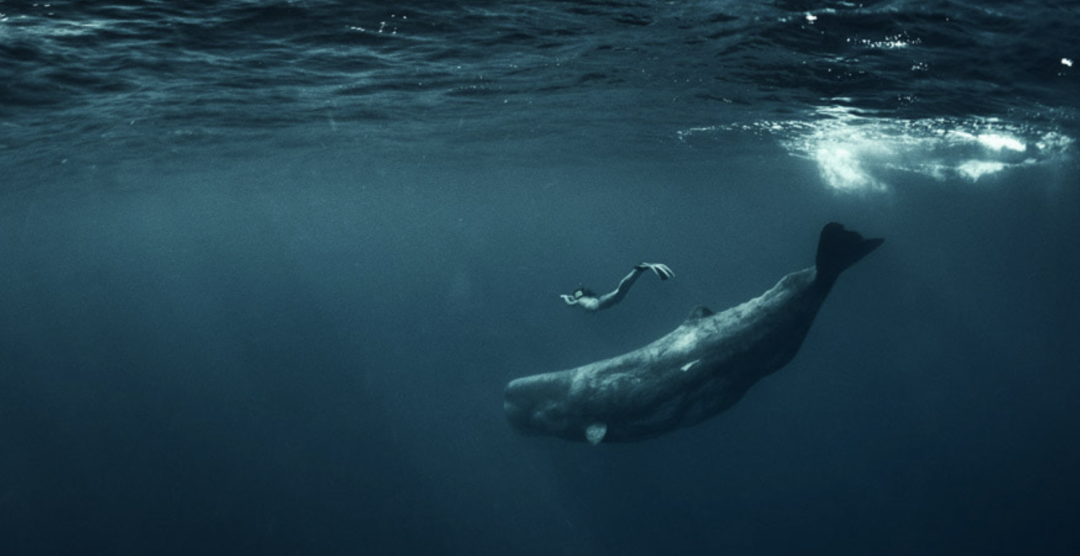
If you wish to experience Sri Lankan tea culture, you must go to Nuwara Eliya. Spending at least two nights here is advisable because the roads to the tea plantations can be difficult and time-consuming. The drive from Kandy to Nuwara Eliya takes about three hours. Staying only one night would do a disservice to the travel experience.
Ella:
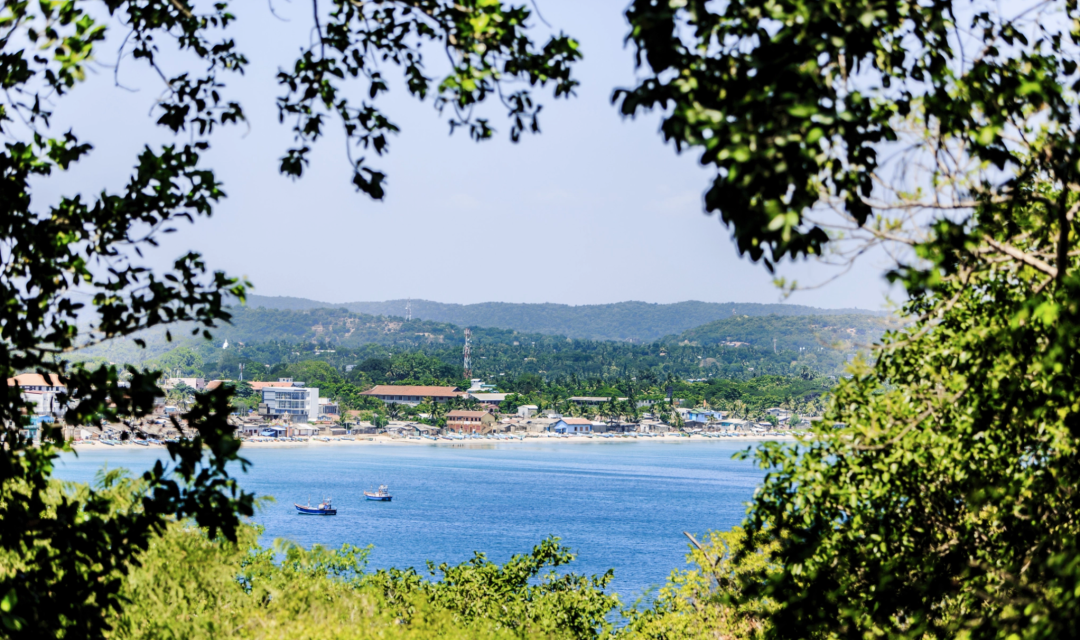
Ella is a mountain village surrounded by hills. It’s home to Little Adam’s Peak, a renowned trekking destination in Sri Lanka. Nearby, the Nine Arches Bridge offers stunning backdrops for photography sessions in the tea plantation landscapes.
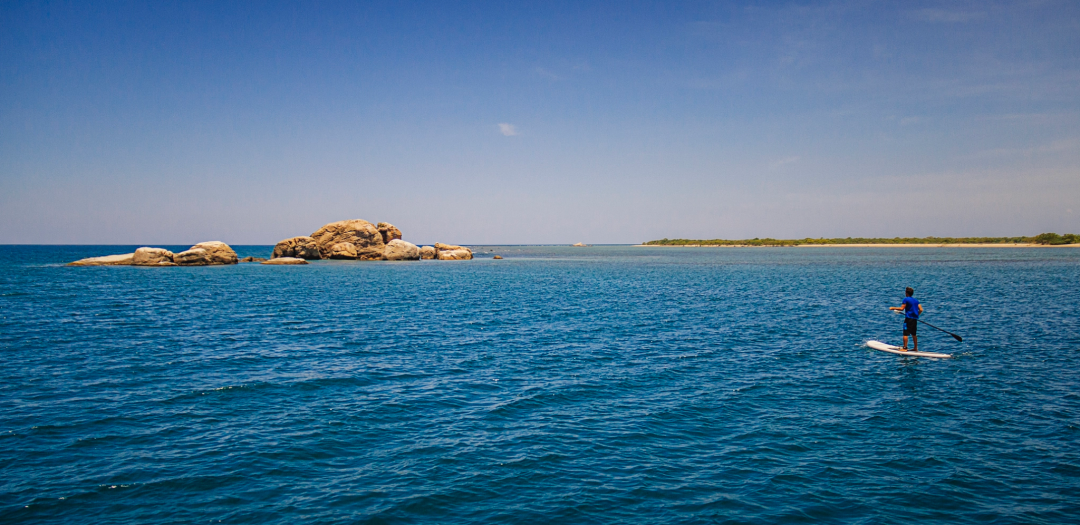
Ratnapura:
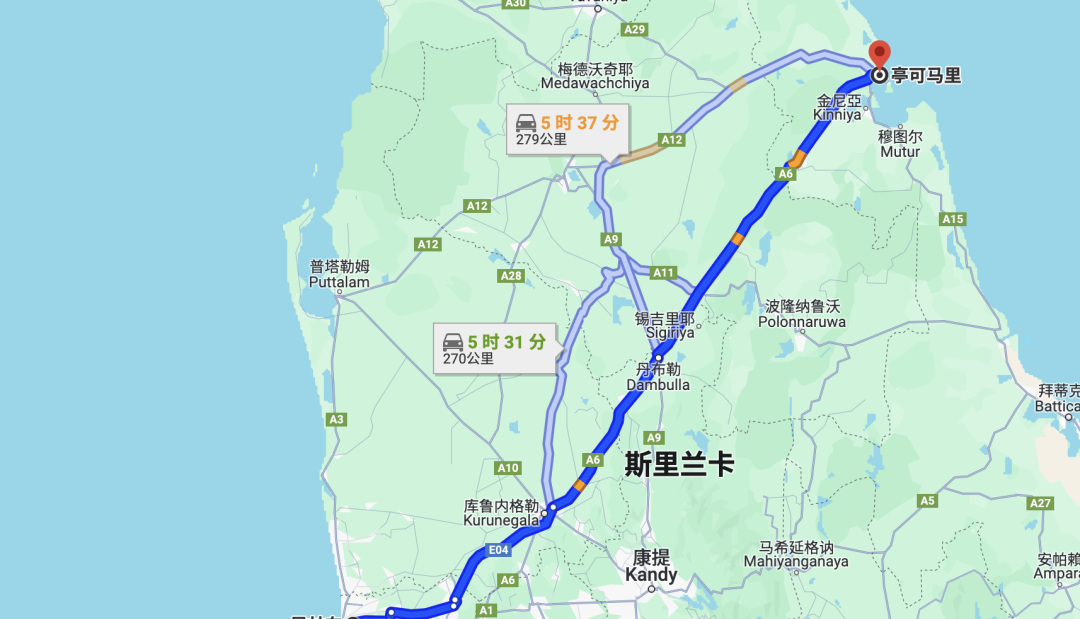
Sri Lanka is among the countries with the most diverse gemstones in the world, and Ratnapura is Sri Lanka’s gemstone hub. The world’s largest sapphire, the “Star of India,” and the third largest, the “Star of Sri Lanka,” originated here. If you aren’t interested in gems, you can skip this destination.
Eastern Region:
Trincomalee:
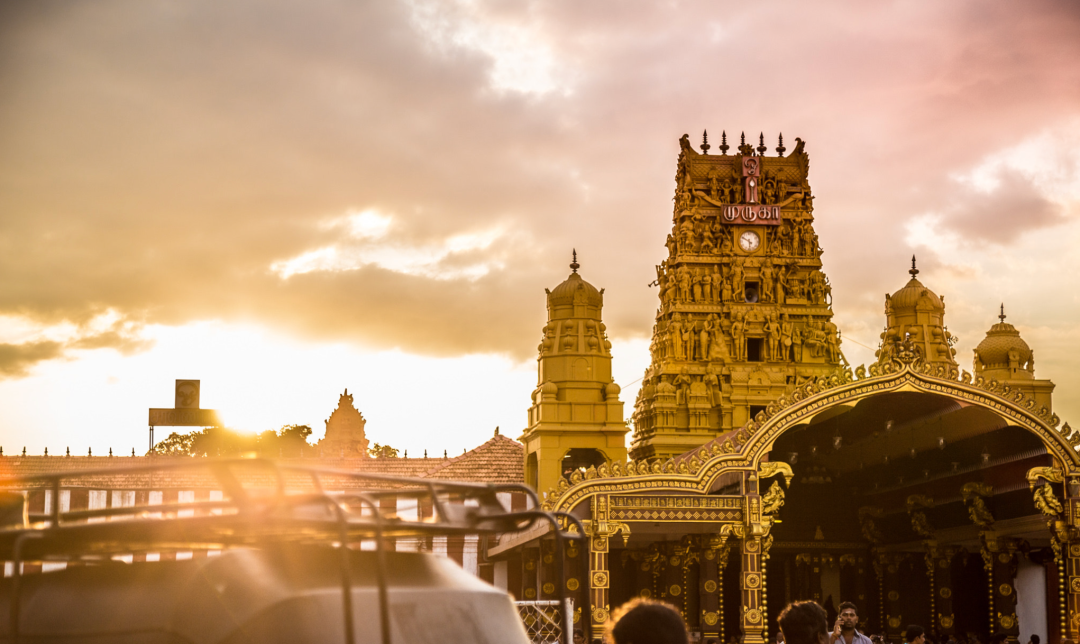
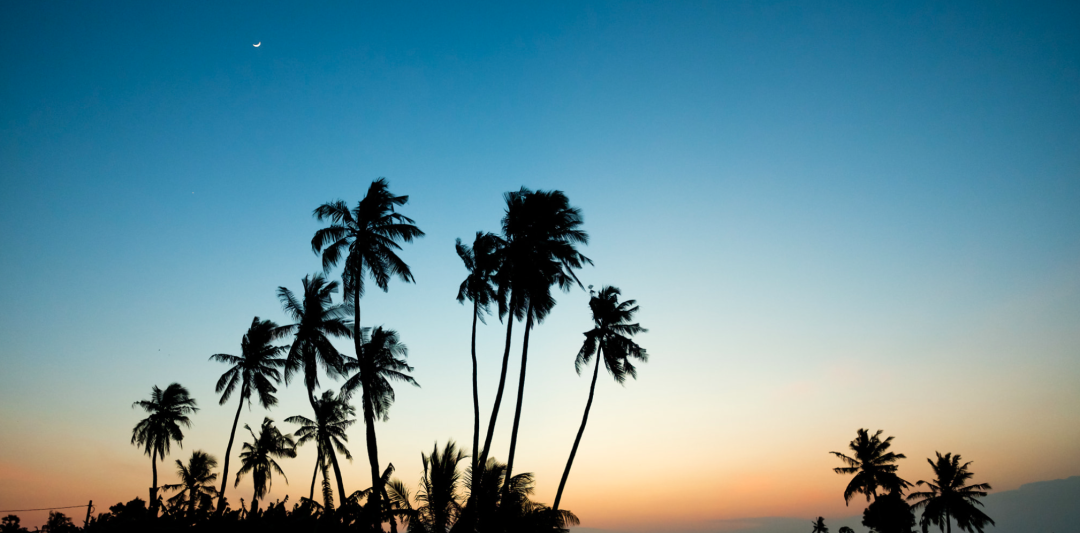
Trincomalee is Sri Lanka’s most famous diving destination, featuring the country’s only two national marine parks and offering high-value whale watching opportunities.
If you visit during the right times, the waters off Trincomalee are said to be the best in Sri Lanka. Many who have been there equate its diving experiences to those in the Maldives. The ideal period is from June to August; at other times, the water can be relatively murky. Travel seasons for the east of Sri Lanka are opposite to those of the southwest, as June to August is dry with little rain, and whales are found along the east coast (from November to March, they migrate back to the west coast).
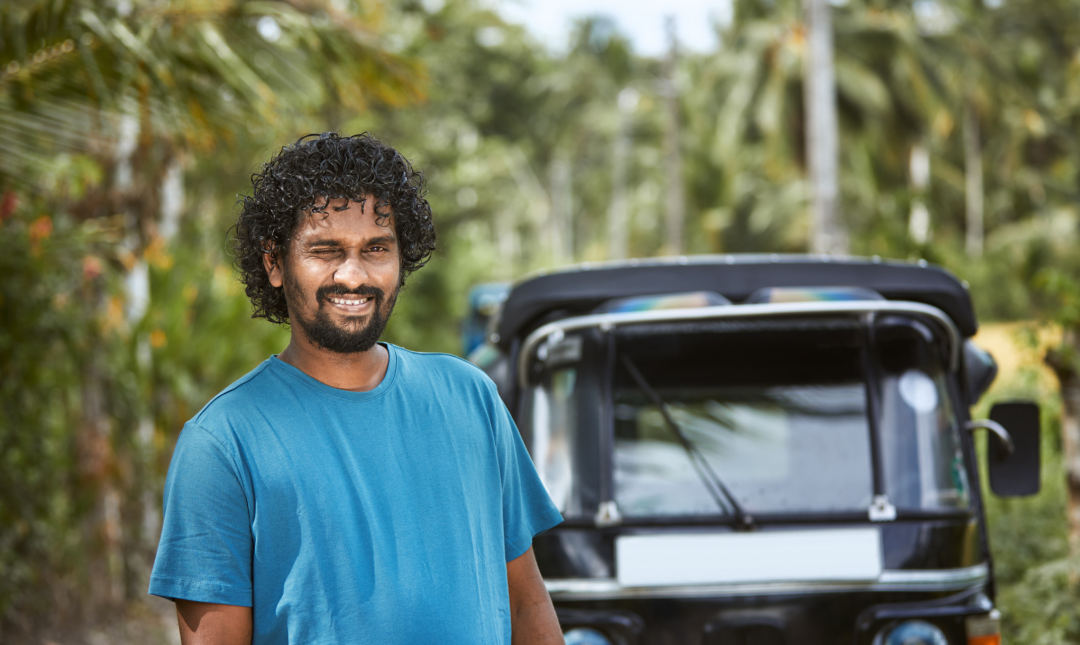
Batticaloa:
Batticaloa represents an undeveloped virgin land along Sri Lanka’s east coast, mainly known for its lagoons. If you’re heading to Trincomalee, it’s worth stopping by Batticaloa as well.

When traveling to the eastern part of Sri Lanka, you can pass through the central ancient cultural area, allowing for a connecting route.
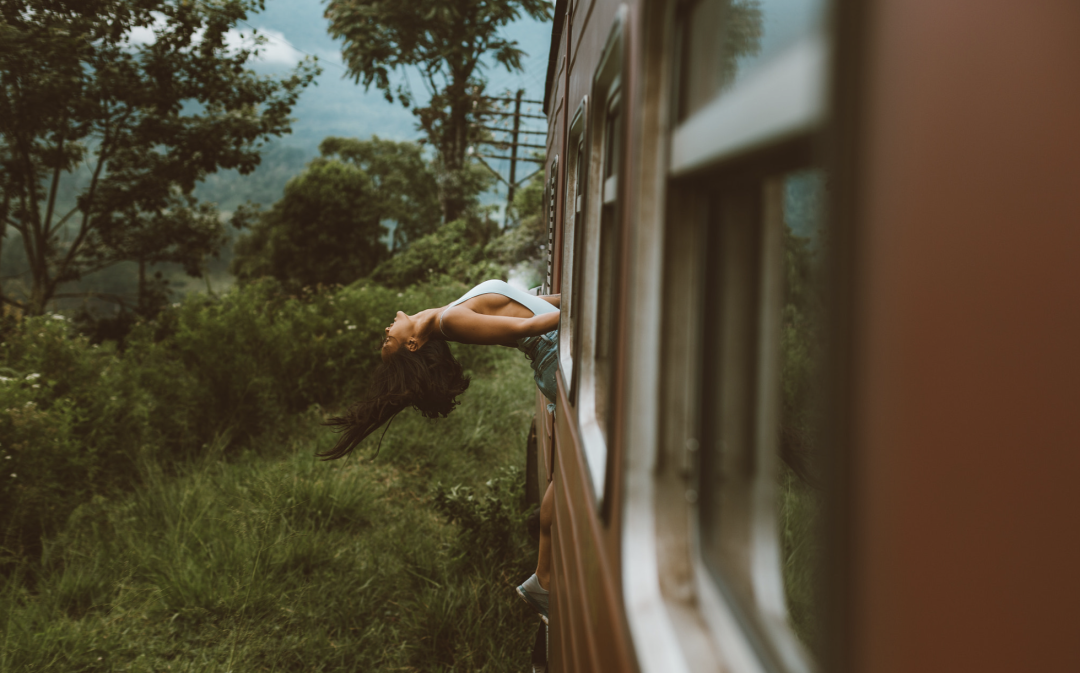
Northern Region:
Jaffna:
Jaffna is Sri Lanka’s northernmost city boasting many colonial buildings. Jaffna is indeed appealing, but its major drawback is traffic; traveling from Negombo to Jaffna takes over seven hours, with hardly any points of interest along the way. If you decide to go, I recommend taking the train for a more comfortable journey.
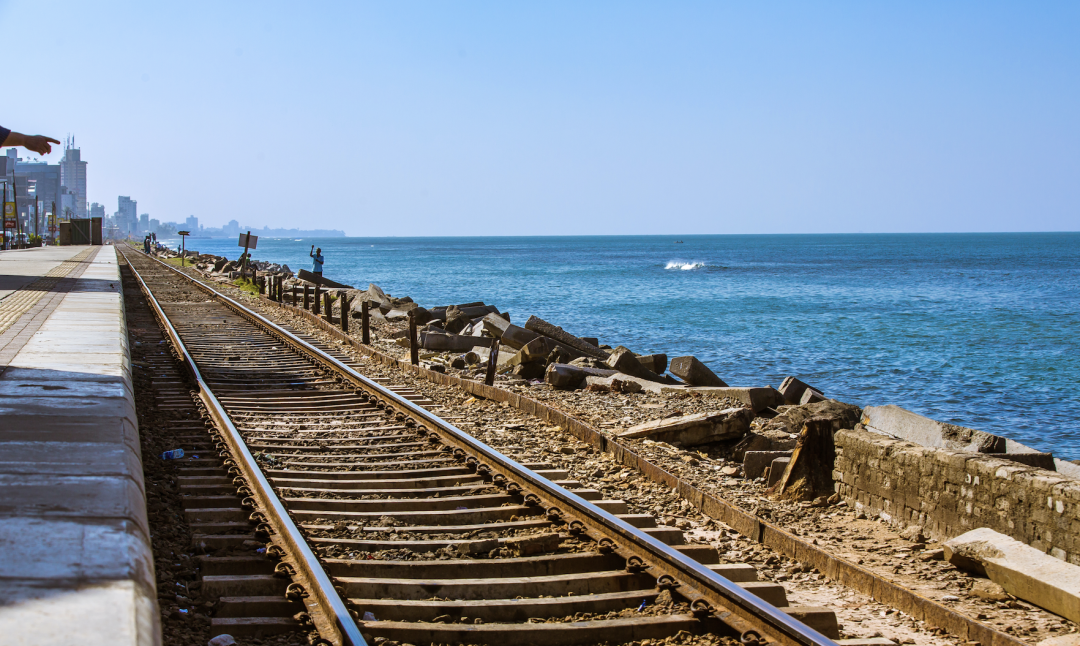
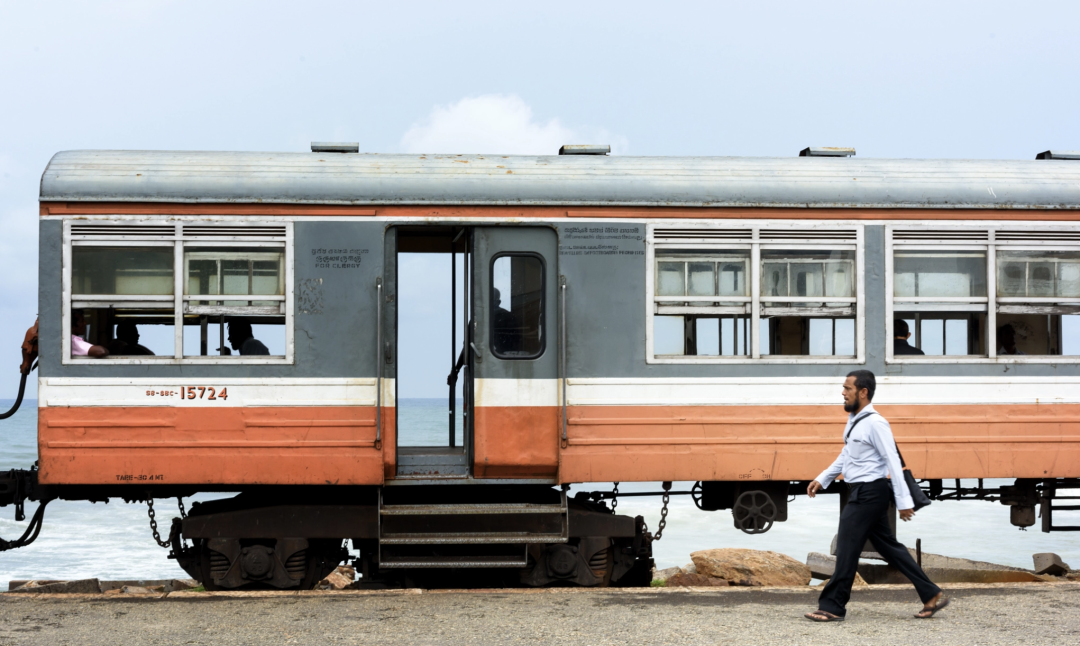
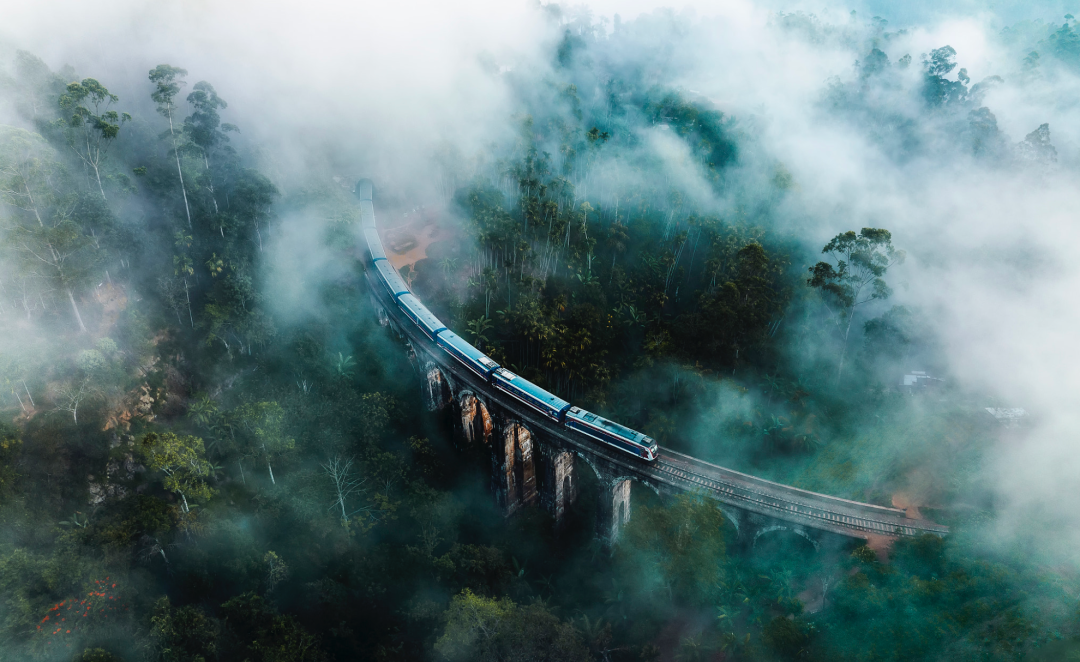
Concerning Transportation in Sri Lanka:
Sri Lanka’s public transportation is not very developed, so hiring a car is the best option. Trains, buses, and tuk-tuks in Sri Lanka are quite unreliable. For example, most hotels in Sri Lanka are generally located in prime spots rather than convenient areas for transportation. The Aman Wella where I stayed in Tangalle has stunning beaches and bays, but the road to enter the hotel is a dirt road—making it troublesome if you haven’t hired a vehicle.
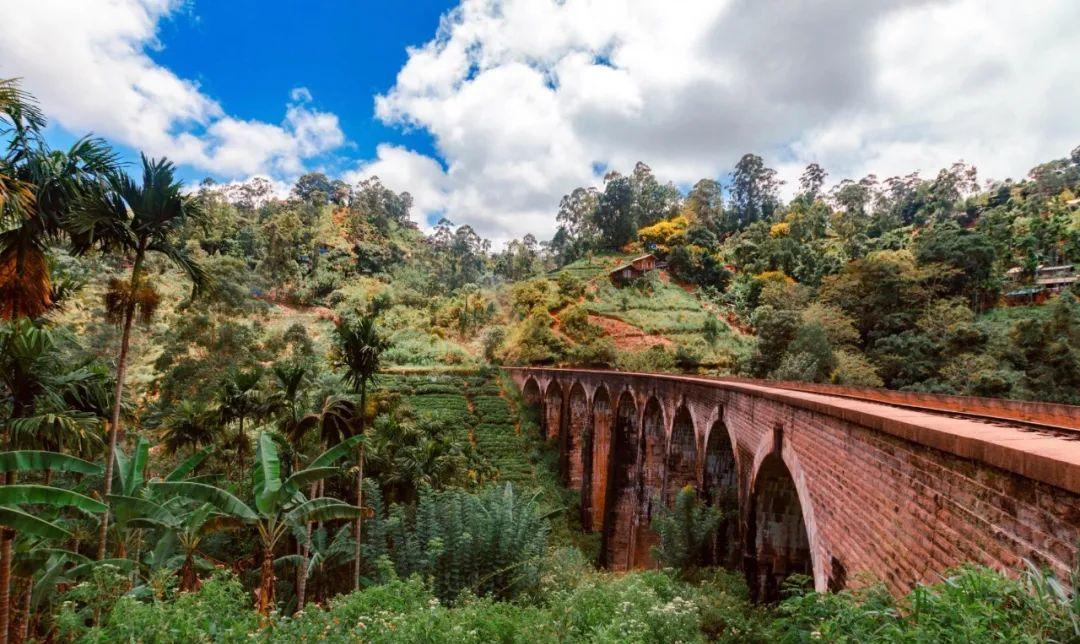
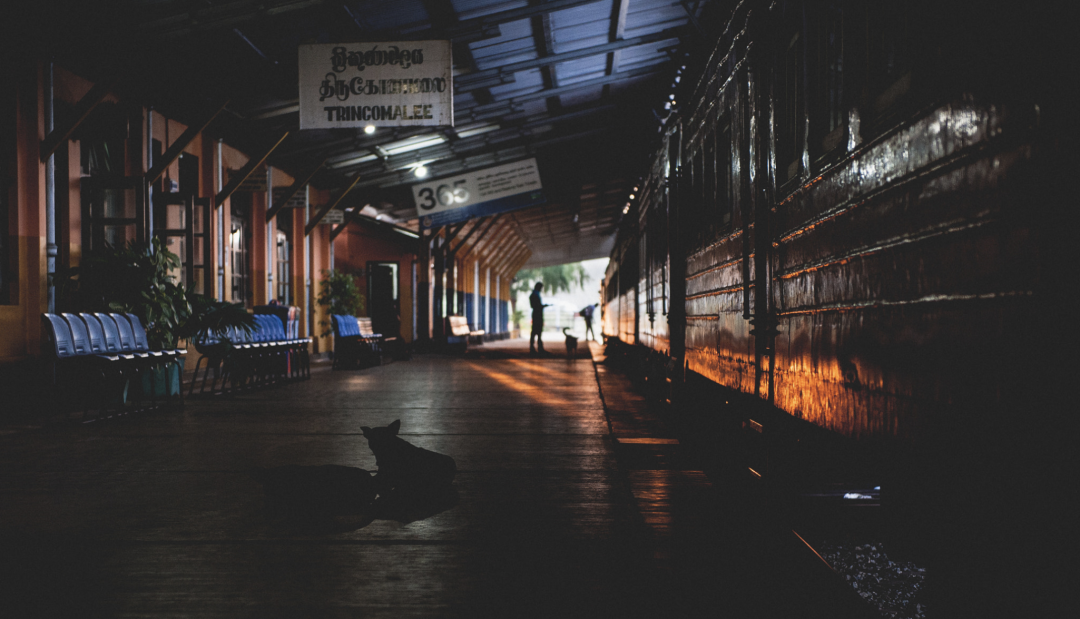
Car rental prices are quite affordable in Sri Lanka. However, be cautious of extremely low-priced car rentals that may take you to shopping stores, ultimately wasting your travel time. There aren’t many drivers who speak Chinese, so those who do may charge slightly more.
Train safety standards are quite low in Sri Lanka, with train doors often left open, and many tourists like to dangle out of trains for photos, which can be very dangerous. Accidents frequently occur with tourists falling from trains while taking pictures.
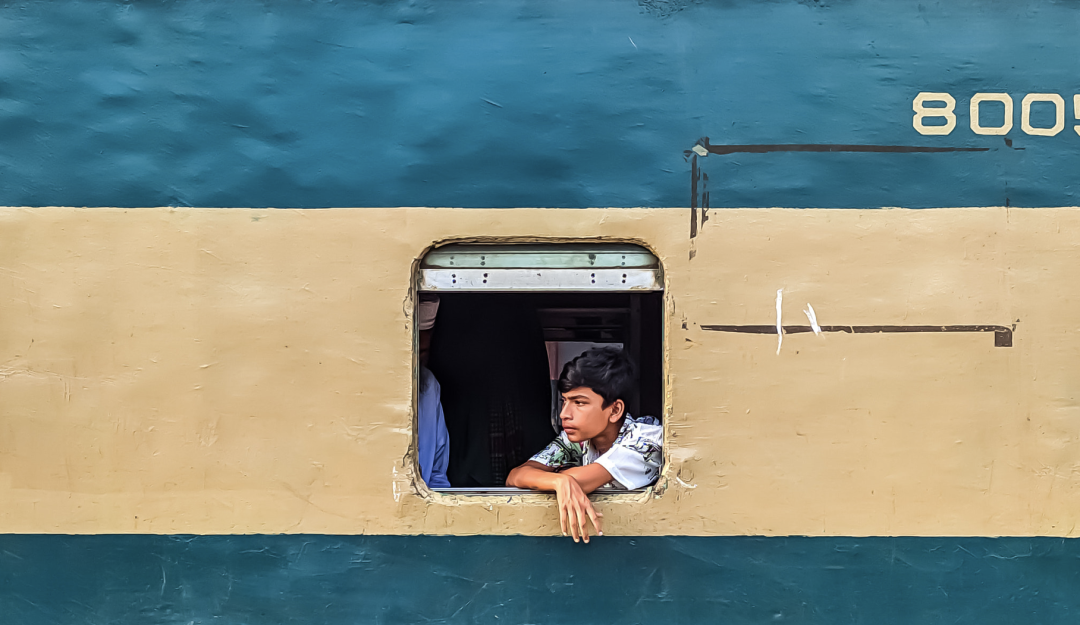
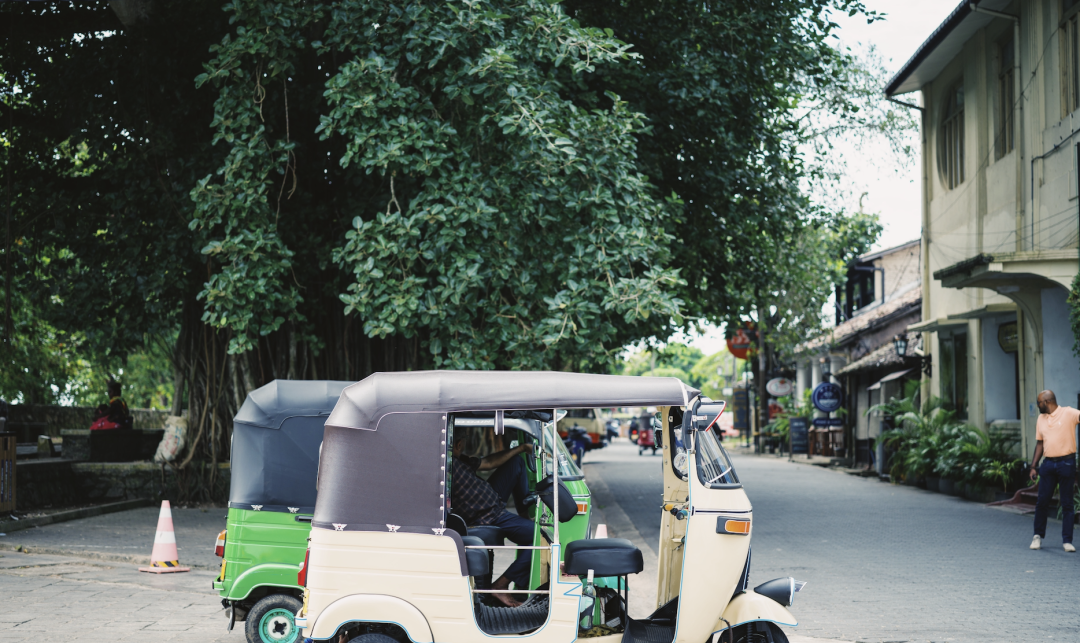
However, there are three scenic train routes in Sri Lanka worth considering:
1. Coastal Train from Colombo to Galle.
2. Hill Country Tea Train from Kandy to Nuwara Eliya, and Nuwara Eliya to Ella.
I’ll find some pictures to share with you. The Coastal Train serves as the prototype for the ocean train featured in Studio Ghibli’s animated film “Spirited Away.”
The hill country train travels through tropical rainforests and English-style tea plantations, showcasing picturesque views from the windows. It’s indeed stunning.
The official website for Sri Lankan railways is:
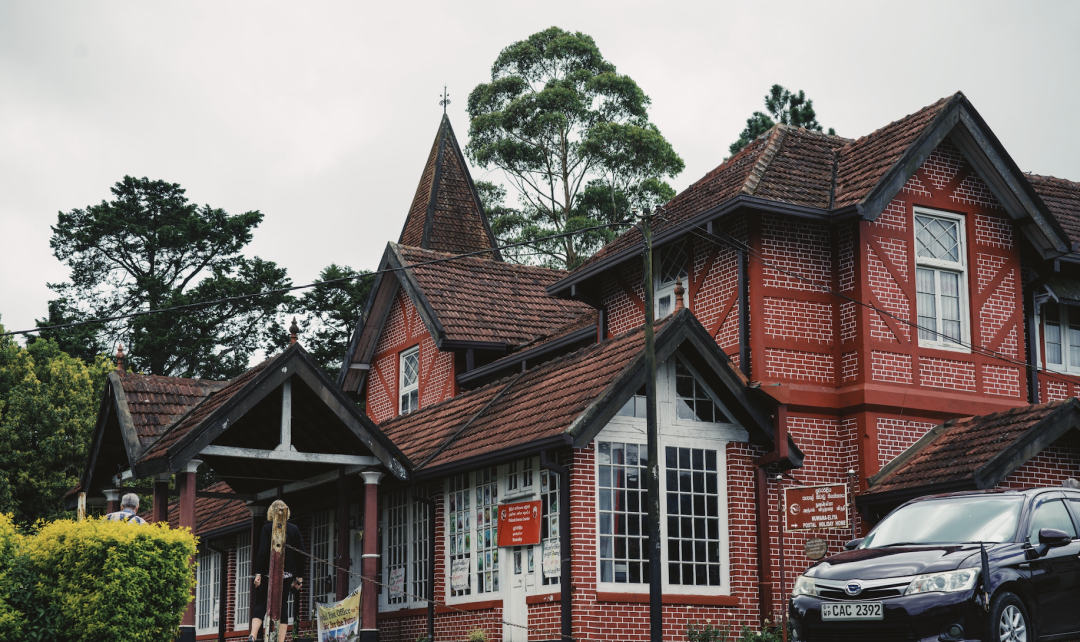
https://eservices.railway.gov.lk/schedule/homeAction.action?lang=en
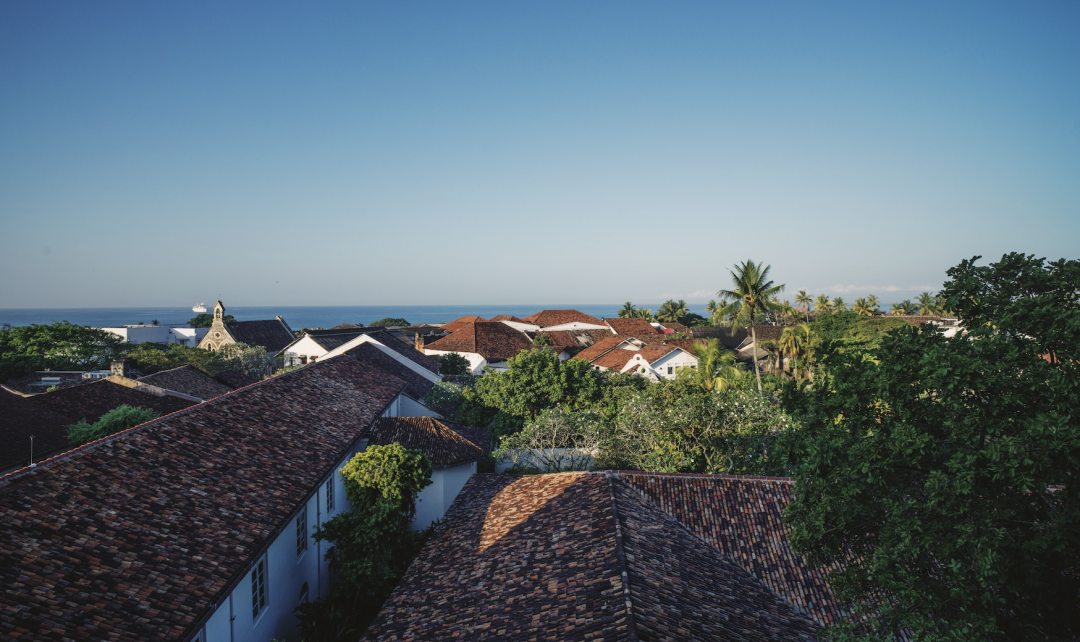
Additionally, some train stations in Sri Lanka are particularly retro and picturesque, such as those in Trincomalee, Kandy, and Nuwara Eliya—ideal for photo opportunities.
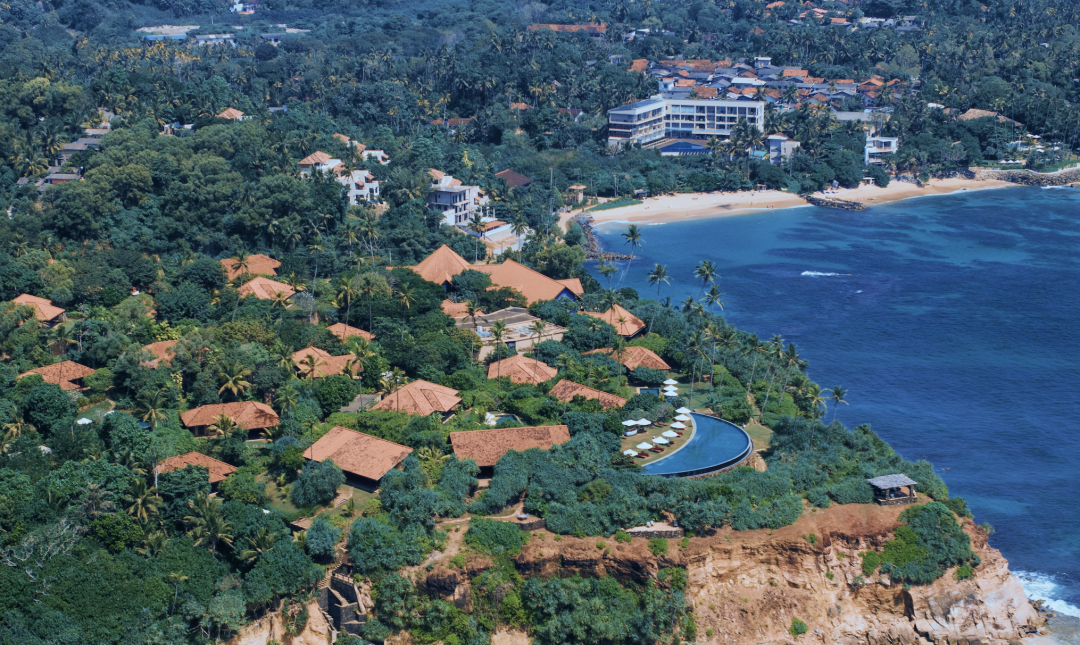
Returning to the point about trains, I recommend merely experiencing one or two short train journeys, as relying entirely on trains would not be very convenient and could consume a lot of time. I suggest hiring a vehicle throughout your journey, with the option of light travel for one or two train sections, allowing your driver to keep your luggage waiting at the next station.
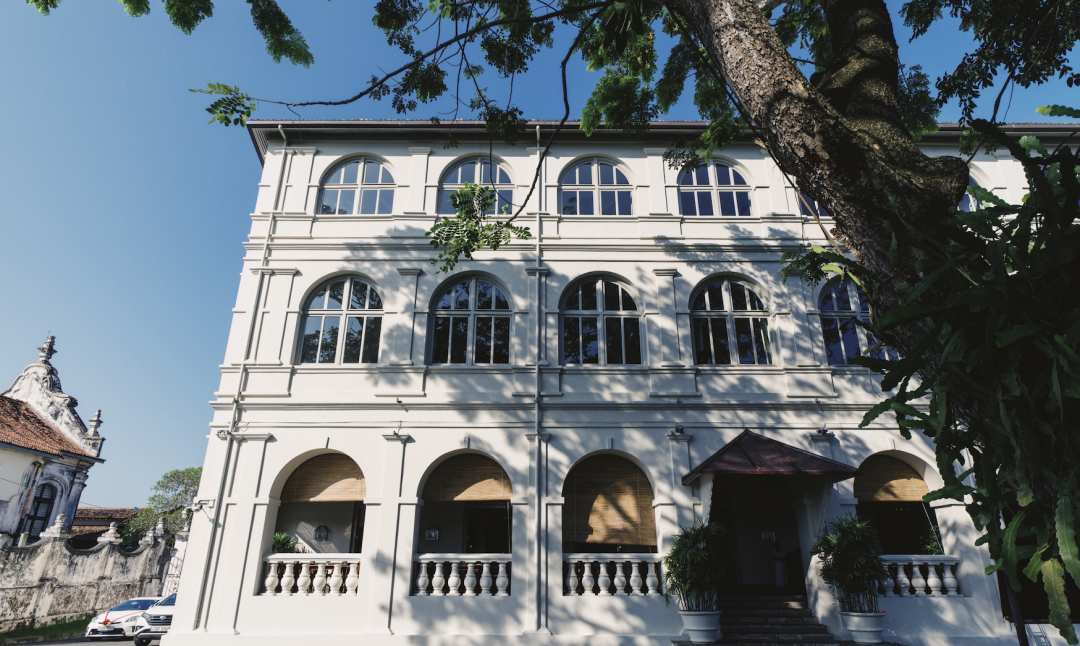
In larger cities in Sri Lanka (Colombo, Negombo) or in ancient towns (Galle, Kandy), you can use tuk-tuks, starting from around 100 LKR, which costs approximately one yuan per kilometer (about 50 LKR).
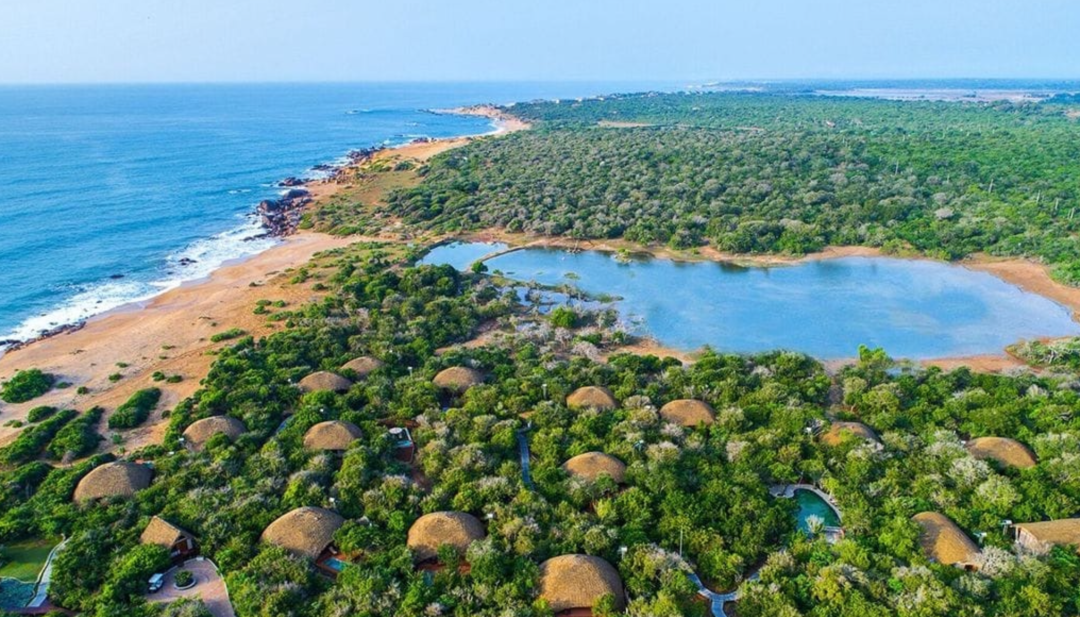
Current Flights from China to Sri Lanka:
China Eastern and Singapore Airlines operate flights from Shanghai; Singapore Airlines from Guangzhou; Singapore Airlines also has flights from Colombo to Malé, so if you’re considering combining Sri Lanka with Maldives, traveling with Singapore Airlines would be more cost-effective.
Cathay Pacific offers flights from Hong Kong, while China National Aviation has flights from Chengdu, which can be paired with domestic connections, though keep in mind that flights to Sri Lanka from Tianfu might connect at Shuangliu.
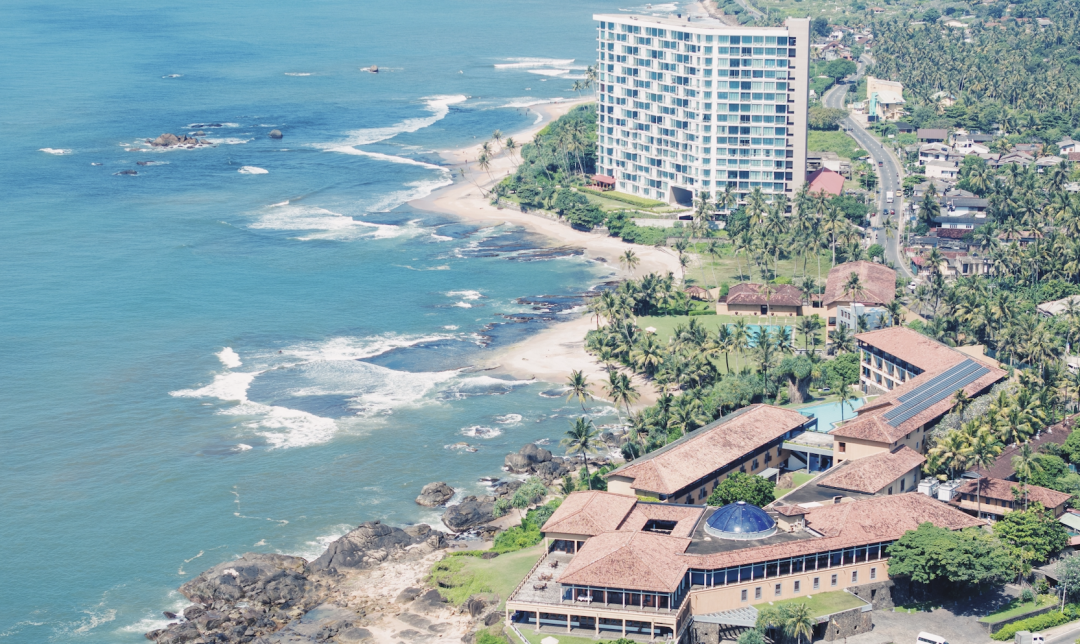
In terms of hotels in Sri Lanka, there are many affordable and quality options due to its history as a British colony, resulting in numerous colonial-style hotels.
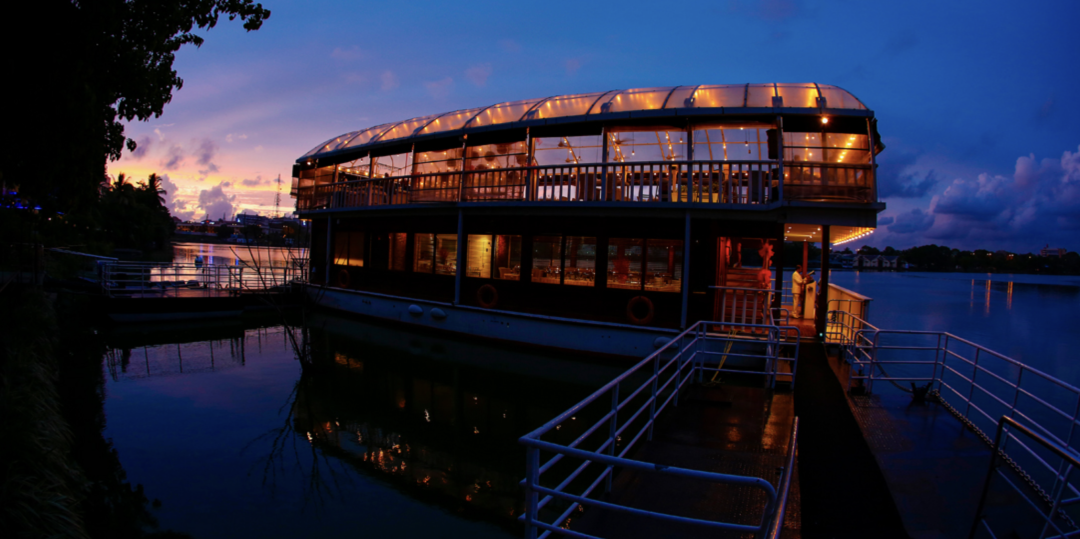
The top three hotel chains in Sri Lanka are:
1. Relais & Châteaux
2. Aman
3. Uga Escapes.
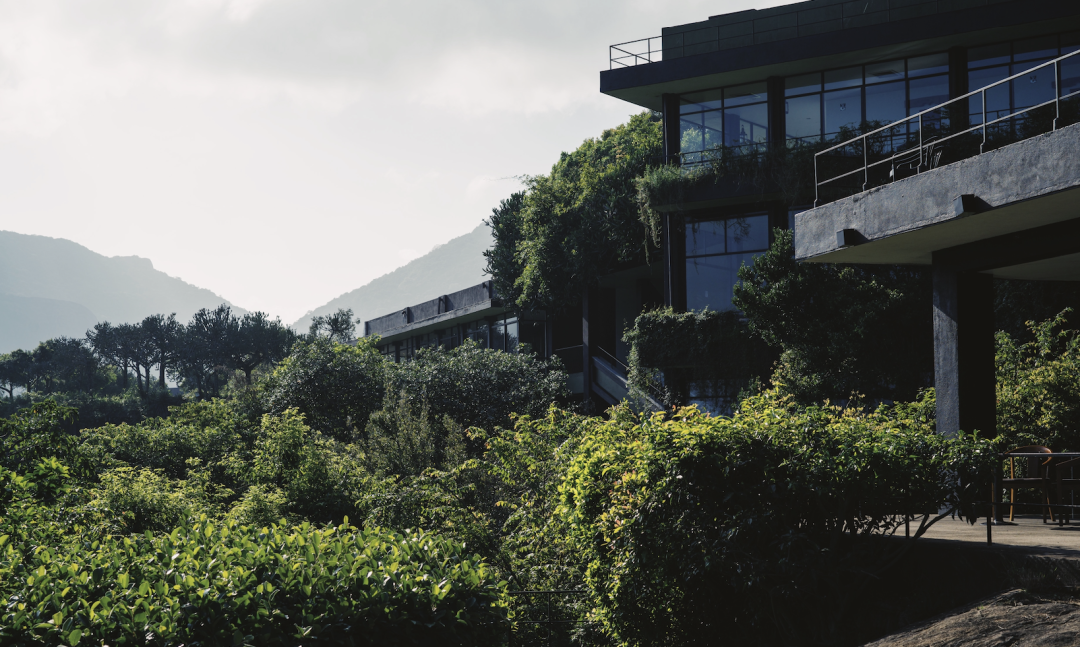
Relais & Châteaux, notably, has three properties in Sri Lanka that represent the island’s core travel experiences: tea, beaches, and safaris.
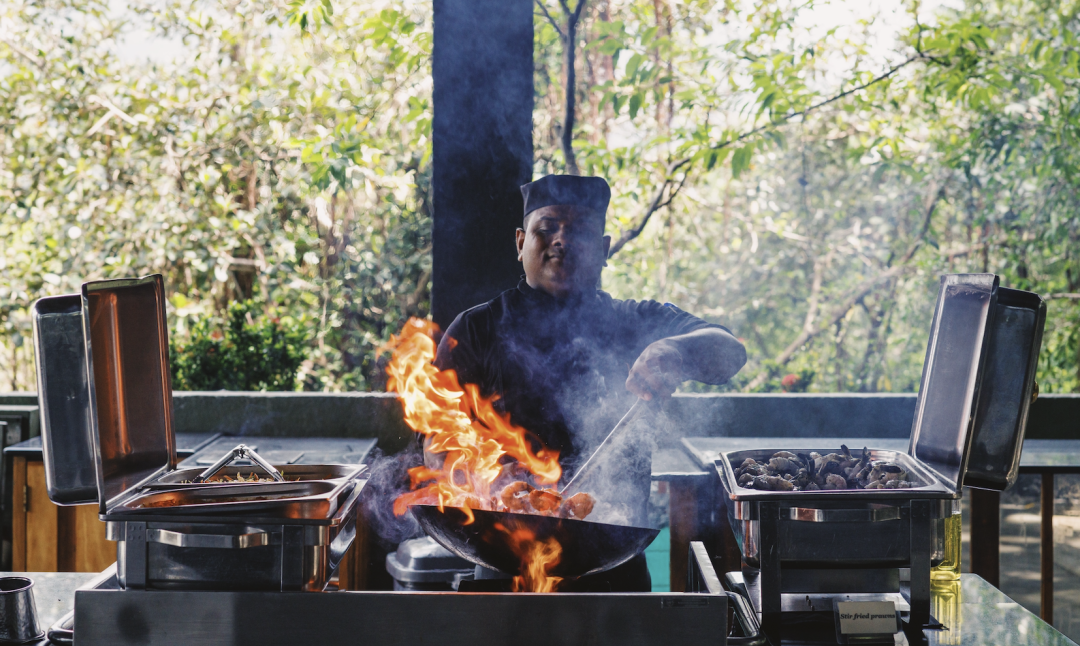
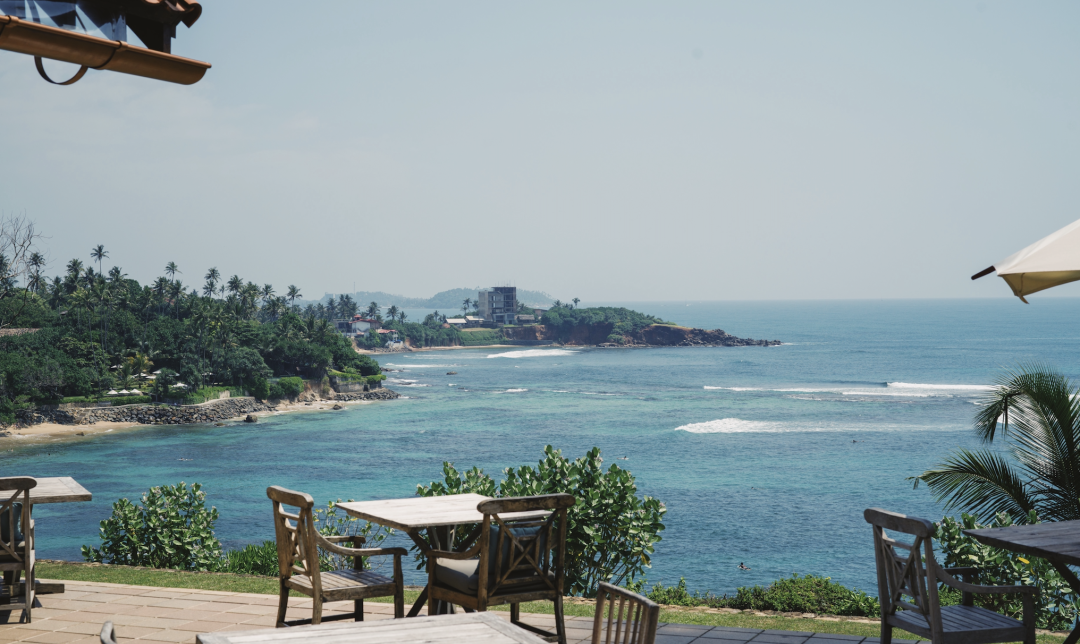
Aman operates two hotels in Sri Lanka, located in Galle and Tangalle, offering unique experiences combining historical towns and beachside relaxation.
Uga Escapes is a local hotel brand aiming to “discover the best hotels in Sri Lanka.” Their property, Uga Chena Huts Yala Sri Lanka in Yala, is even pricier than the Wild Coast Tented Lodge by Relais & Châteaux.
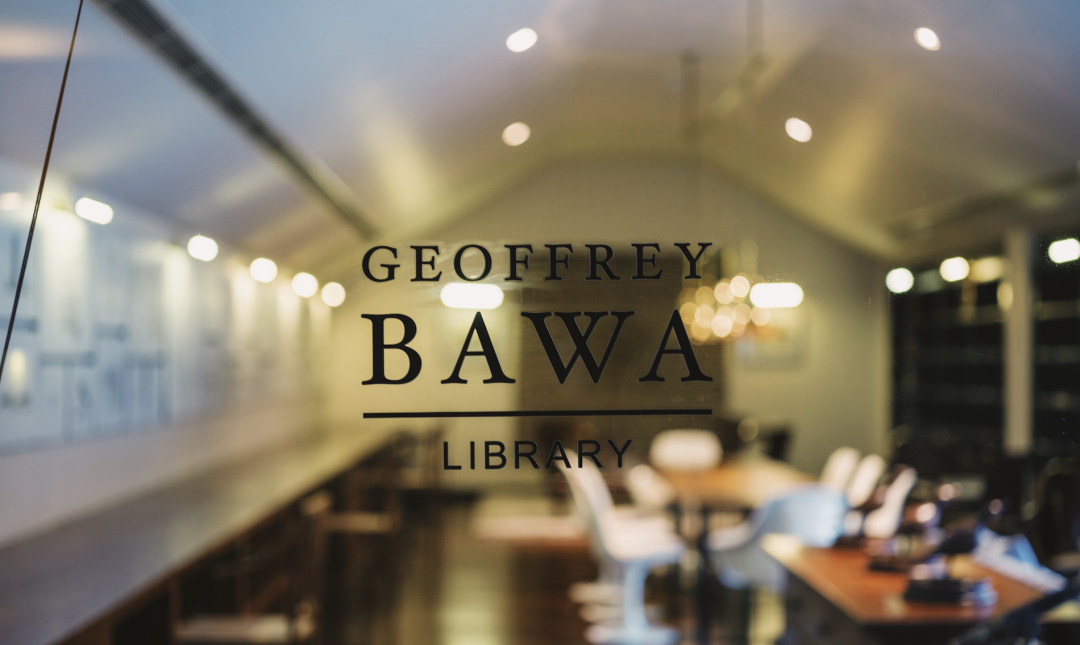
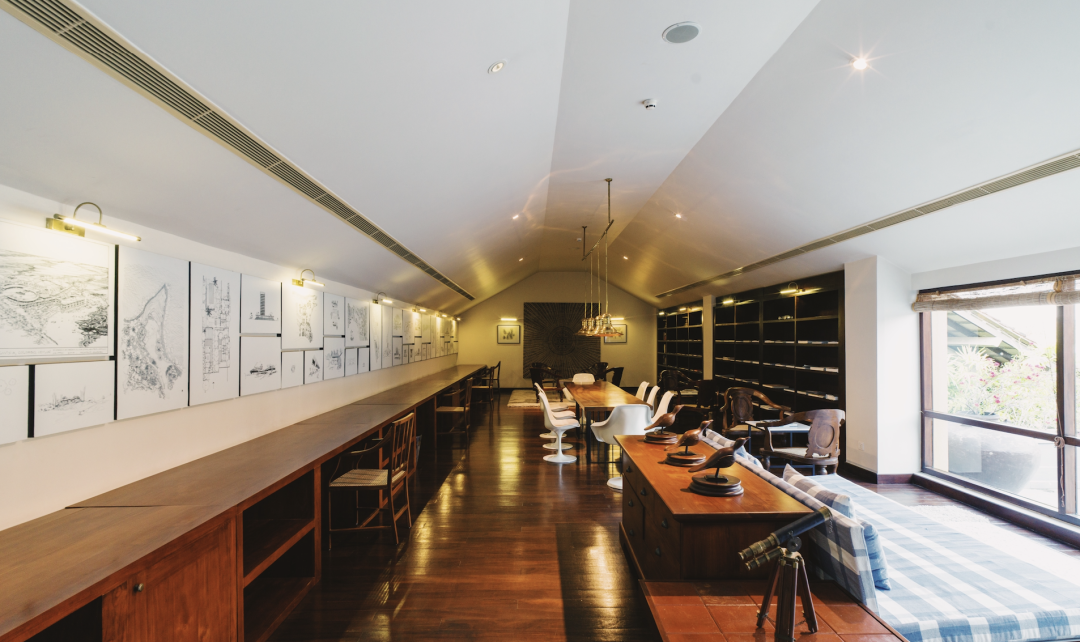
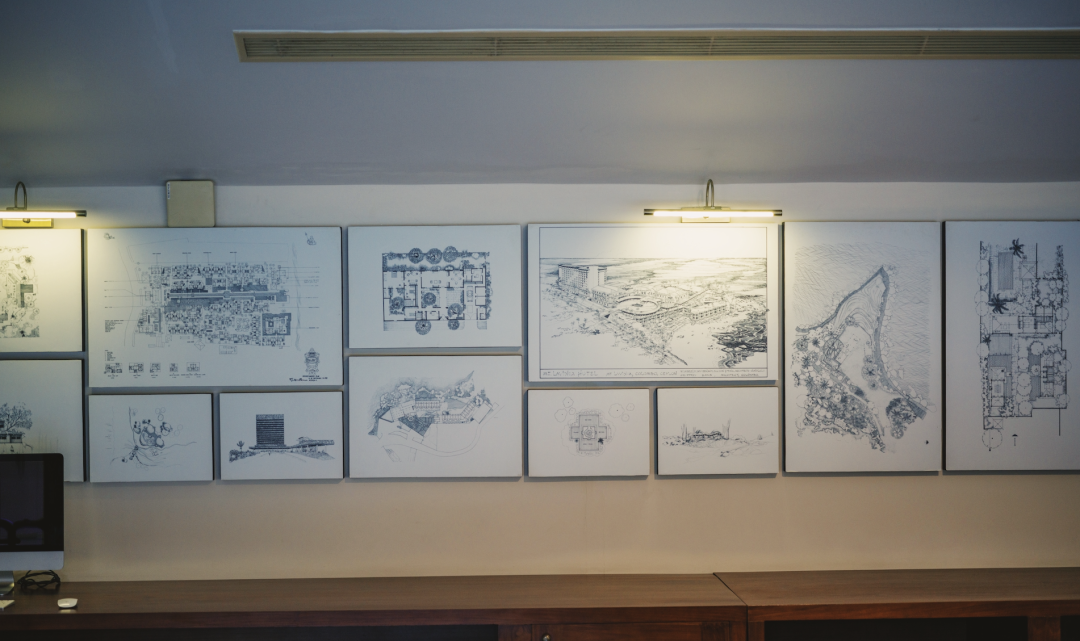
Among the local hotel brands in central Sri Lanka, Heritage, Jetwing, and Cinnamon are top choices, offering comfortable accommodations at reasonable prices. Jetwing has over twenty hotels in Sri Lanka, many designed by Geoffrey Bawa, referred to as the “light of Sri Lankan architecture.”
Their website is: www.jetwinghotels.com
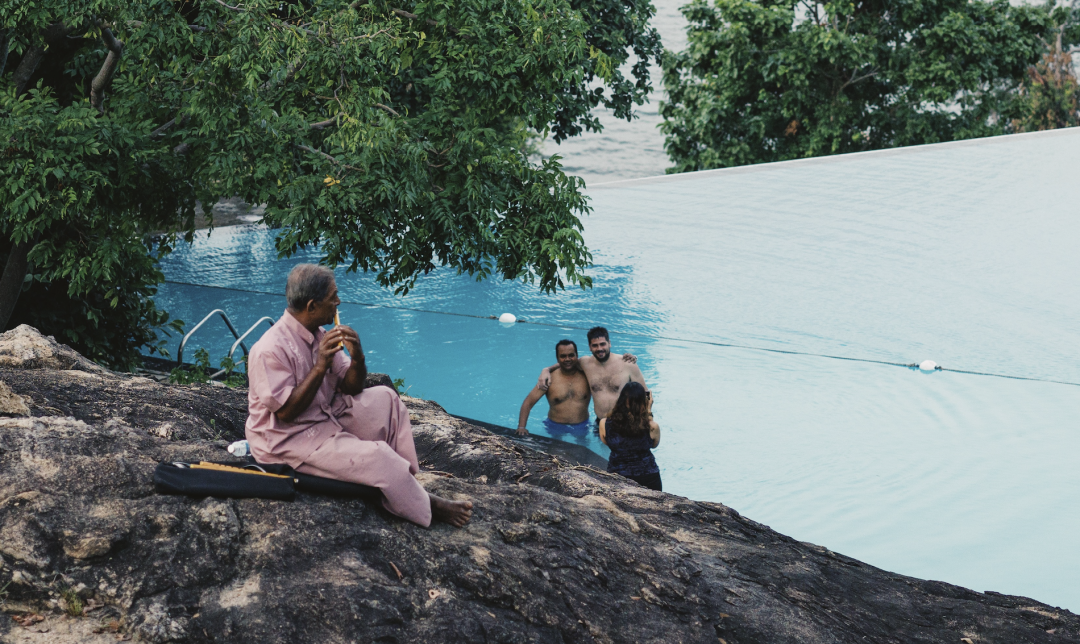
Cinnamon also represents an established local brand, inspired by Sri Lanka’s most valuable spice, cinnamon.
Visit their site at: www.cinnamonhotels.com/gallery.
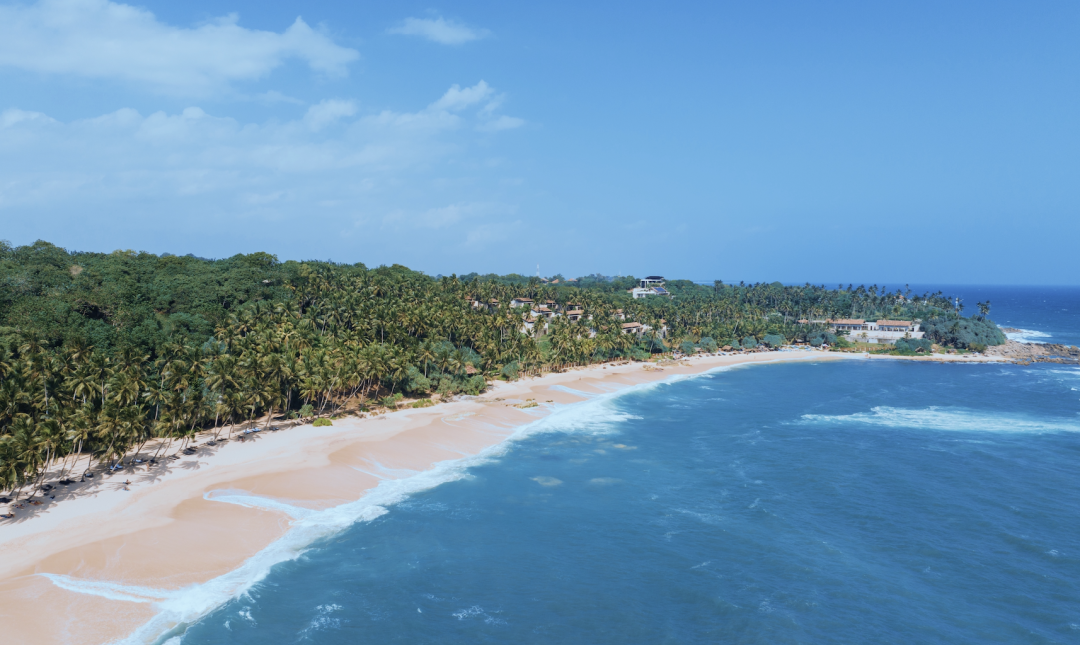
Heritance hotels are primarily renowned for being designed by gem architect Geoffrey Bawa. The Kandalama Heritage Hotel has even been recognized previously by National Geographic as one of the world’s 50 best hotels. Additionally, it was the first hotel in the world certified by LEED and the first in Asia to receive the Green Globe certification, being voted the most eco-friendly hotel by CNN International news.
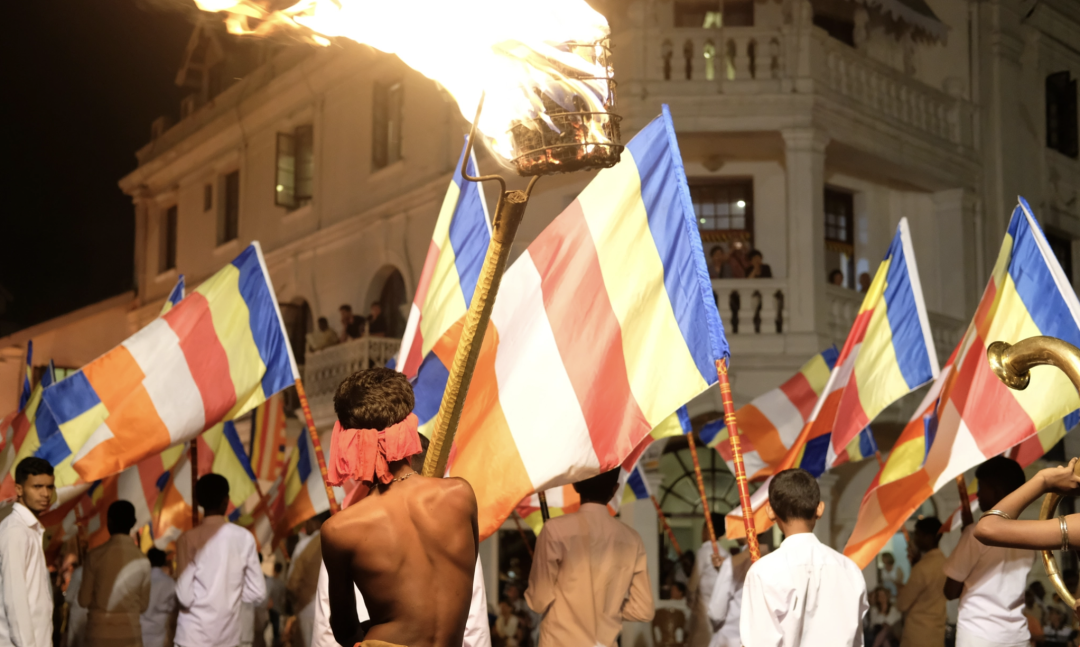
Their website is: www.heritancehotels.com/hotels.html.
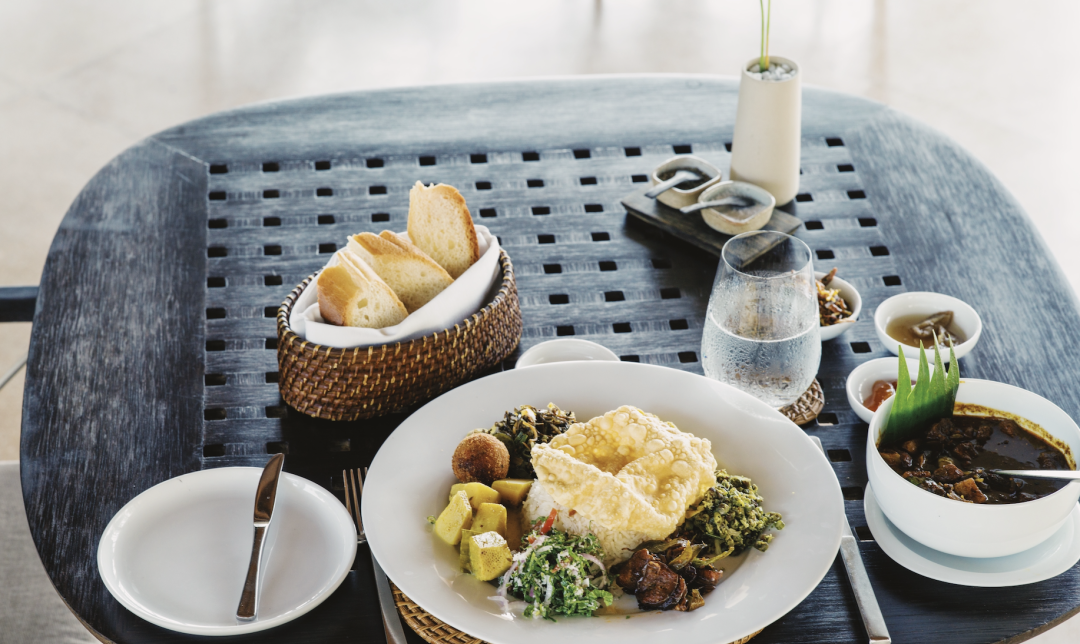
Aside from hotels in Negombo, Colombo, and Galle, I recommend booking accommodations with breakfast and dinner included for the other regions in Sri Lanka, as many hotels tend to be remote, with little that is convenient to eat nearby. Moreover, packages with meals included are often quite cost-effective; we previously booked five nights in Heritage hotels, four of which included breakfast and dinner for a total of about 3999 RMB.
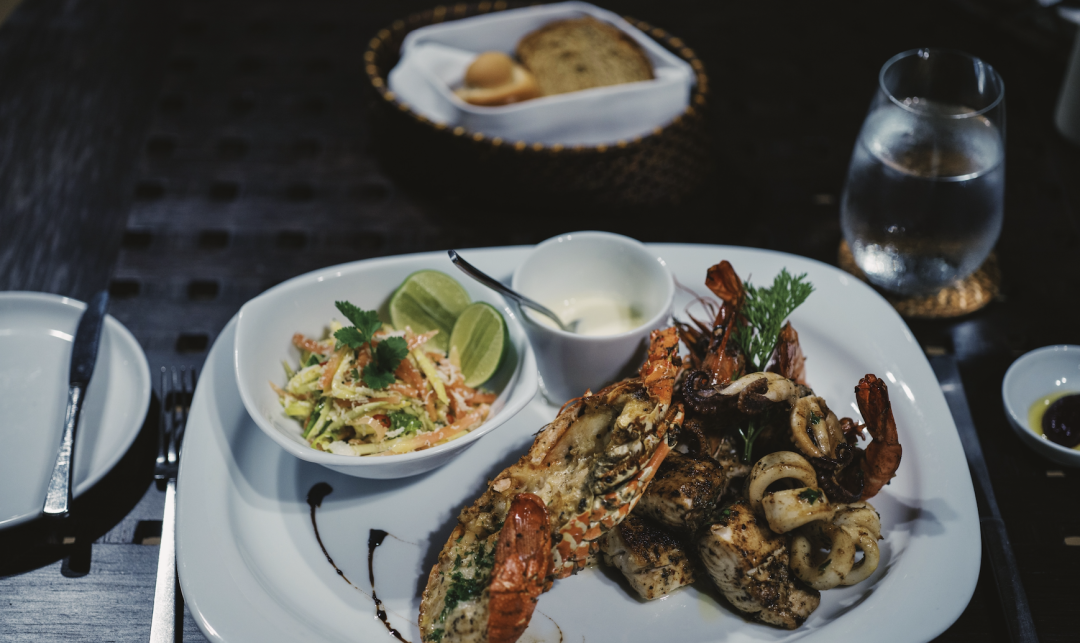
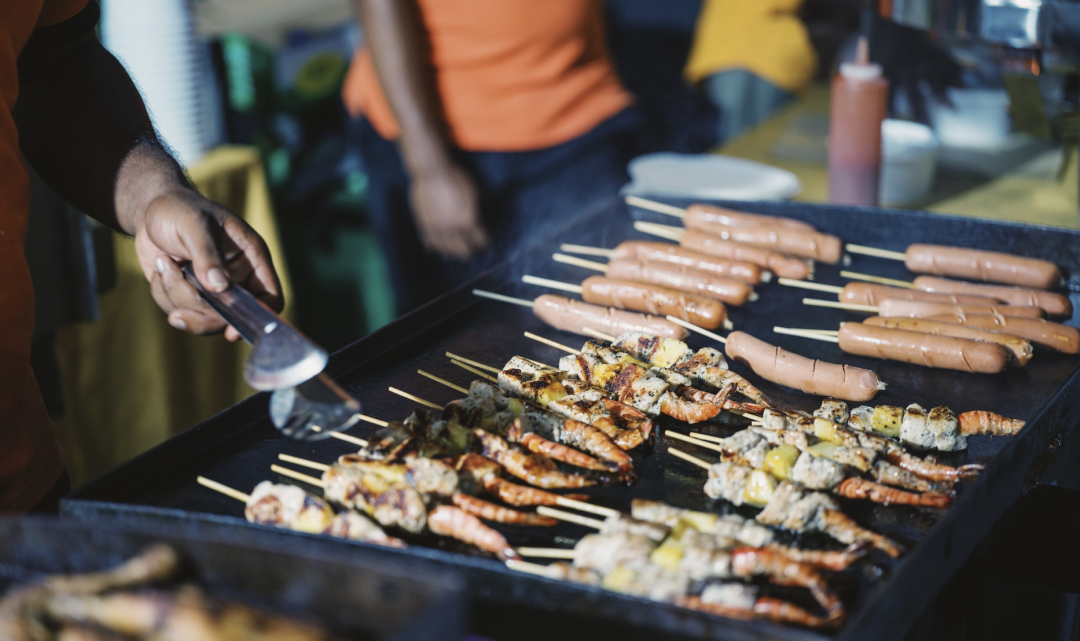
Also, it’s important to note that hotels in Sri Lanka often engage in overbooking practices, so I suggest confirming your reservations with the hotels (or through your agent) before you travel.
Geoffrey Bawa stands as Sri Lanka’s most distinguished designer, with many hotels reflecting his unique vision. If you’re a fan of Bawa’s work, consider planning a hotel tour featuring his designs. During my visit, I stayed at Anantara Kalutara, which houses Bawa’s studio showcasing many of his design sketches. The tour of the hotel also revolves around his design for this particular property.
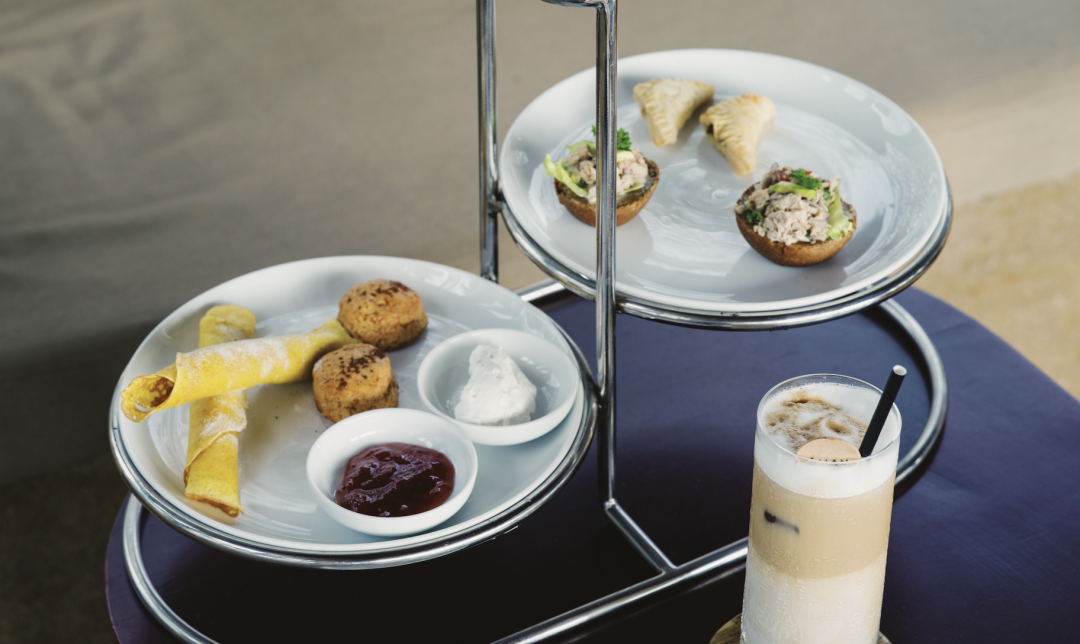
When to Visit Sri Lanka:
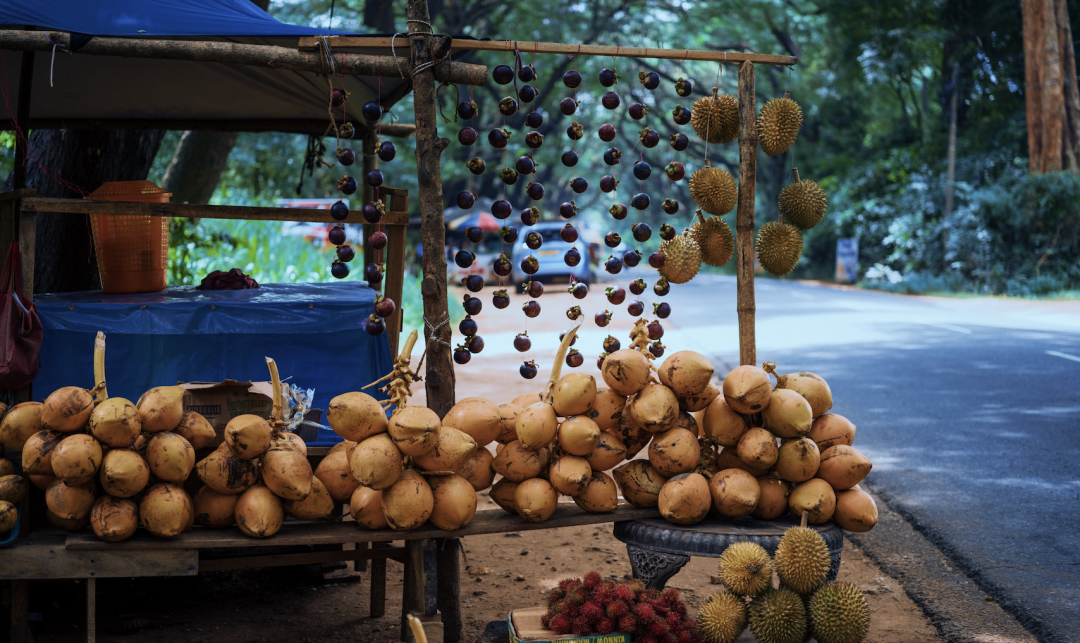
Sri Lanka has a tropical monsoon climate, characterized by rainy and dry seasons rather than four distinct seasons. The best time to travel to Sri Lanka is from December to March.
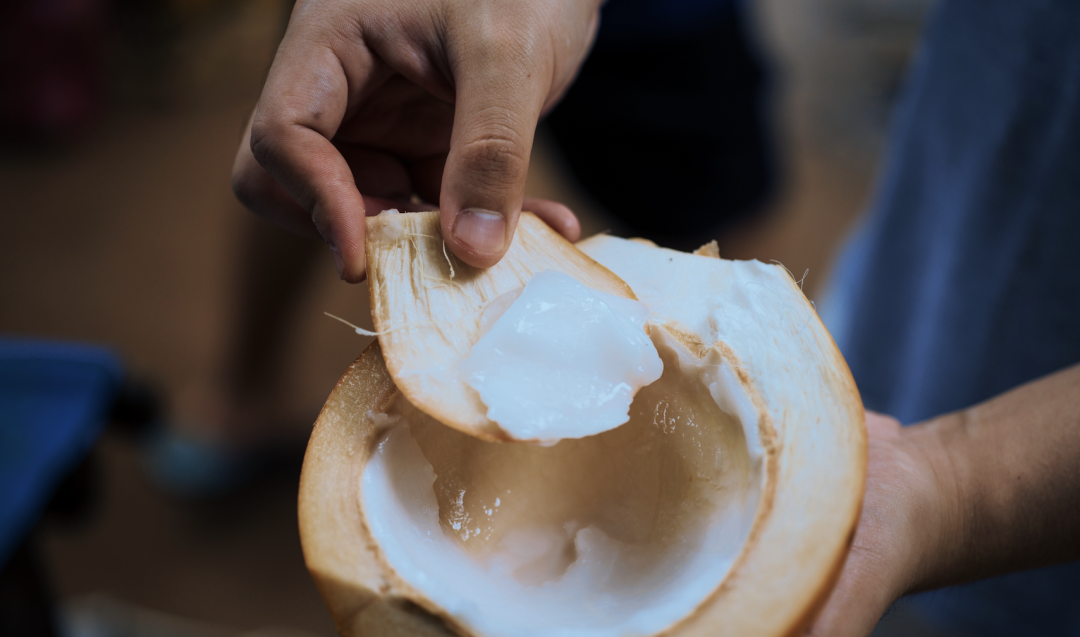
However, for Trincomalee in the east, it’s recommended to visit between June and August, as the sea conditions resemble those of the Maldives. Whether snorkeling or diving, the experiences are extraordinary. For whale watching in Mirissa, the optimum time is from November to April.
Kandy is especially vibrant during the Esala Perahera festival in July or August, marked by frequent parades and events. However, hotel prices spike during this festival, with places that usually cost 50 USD a night potentially reaching 300 USD, making them hard to book.

